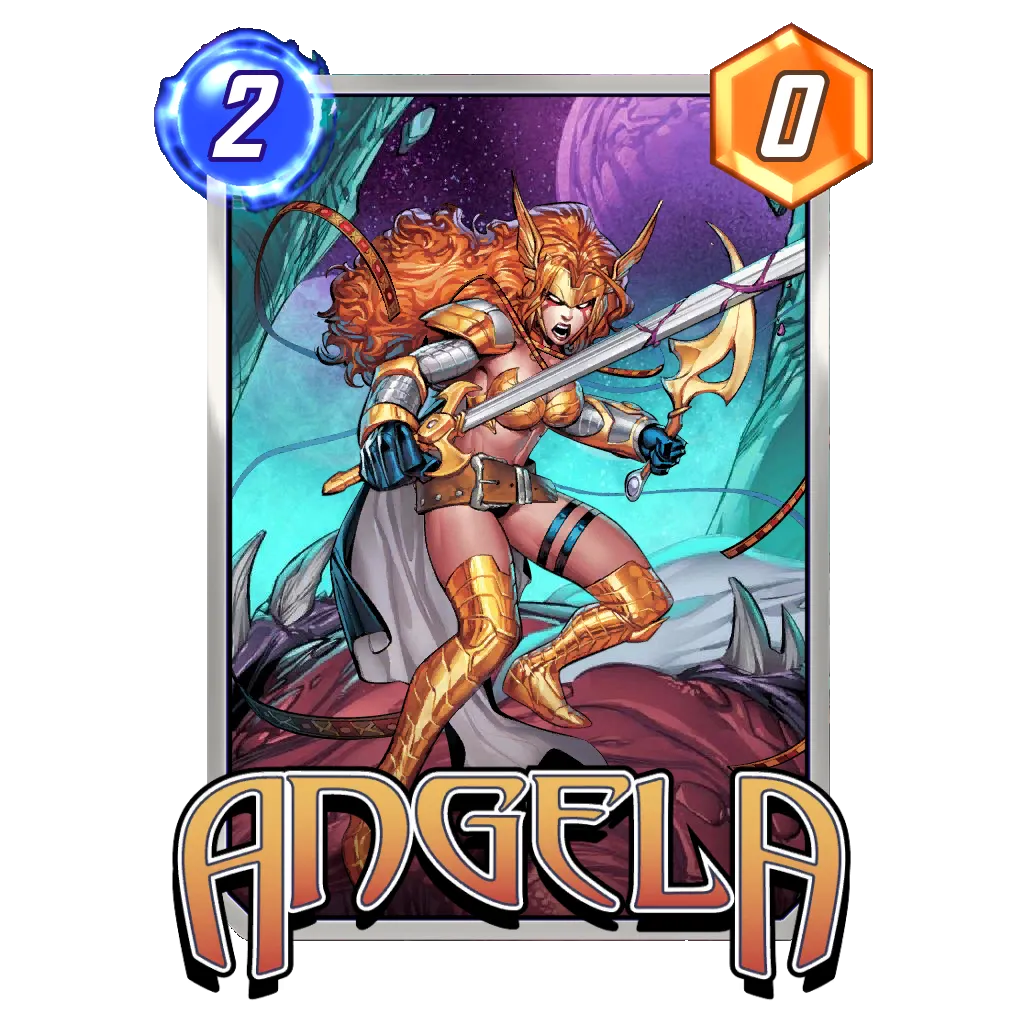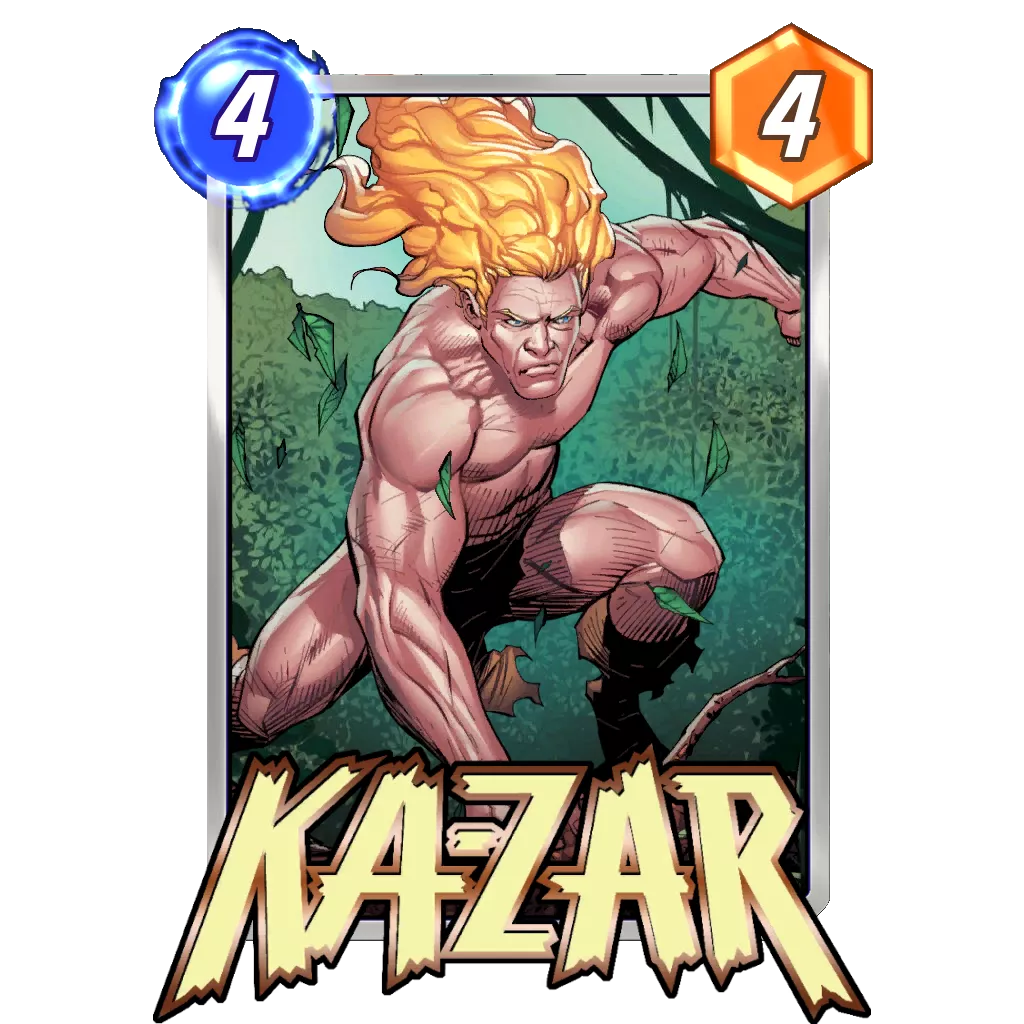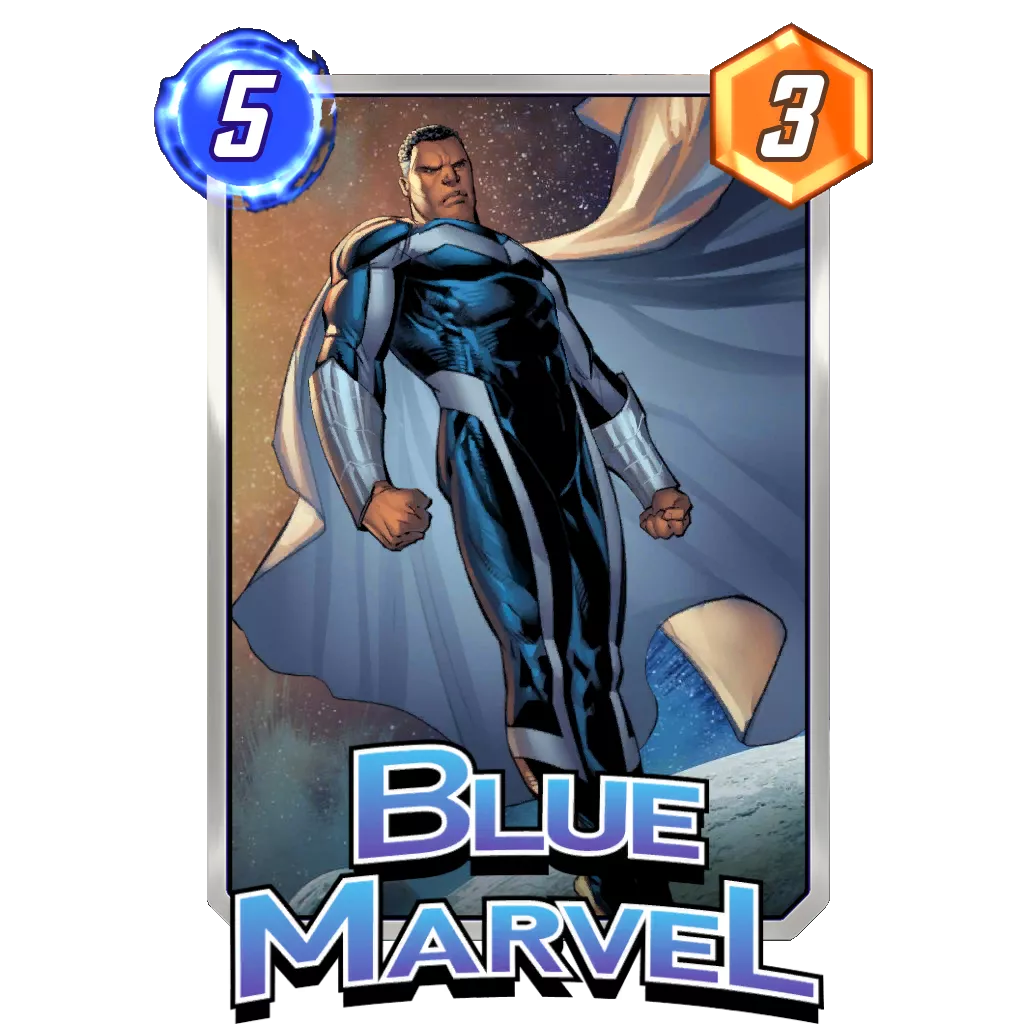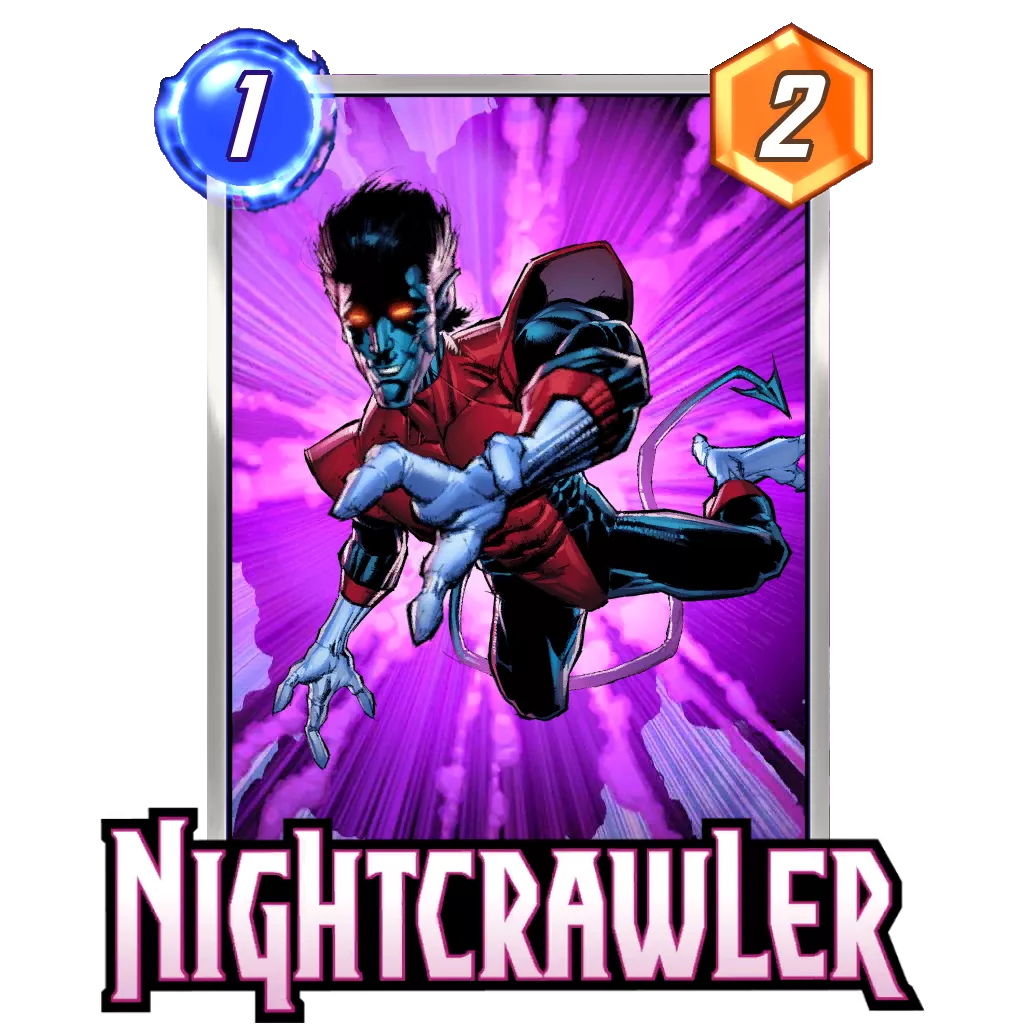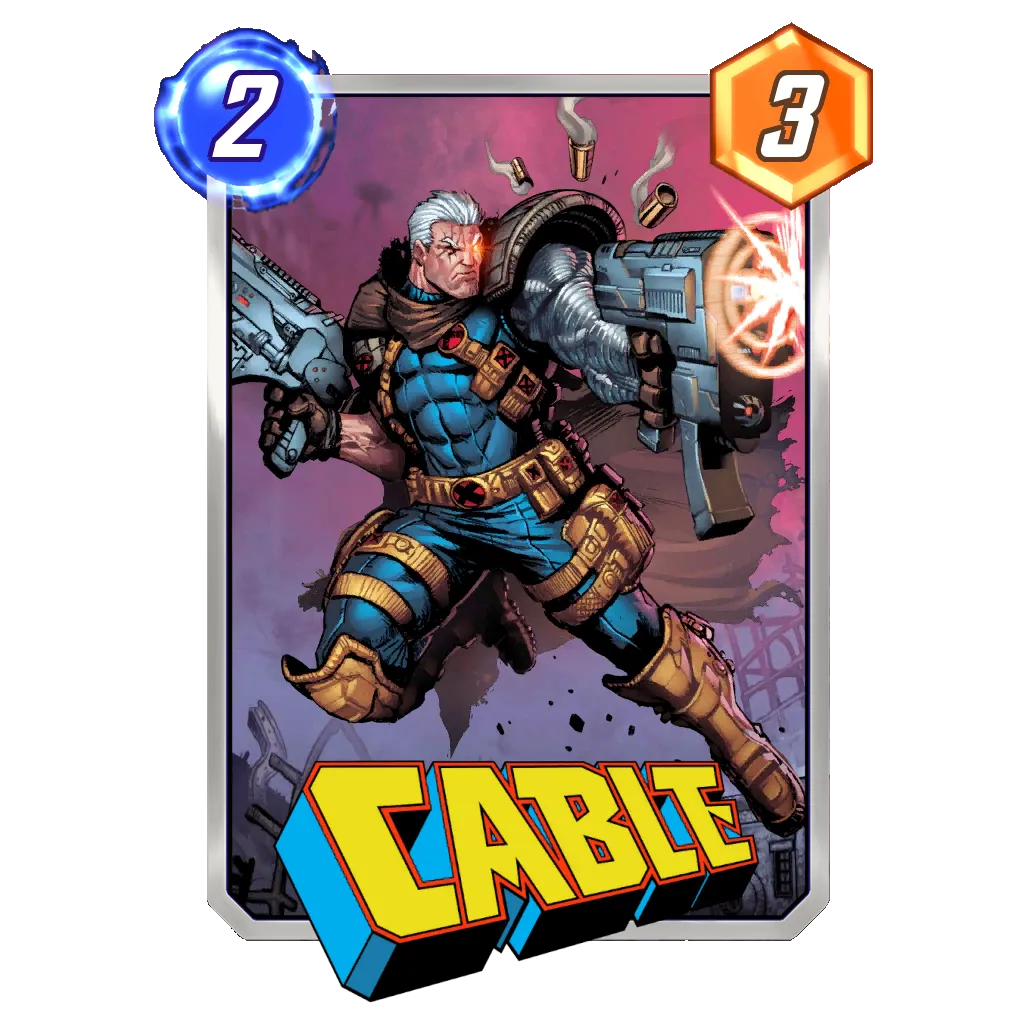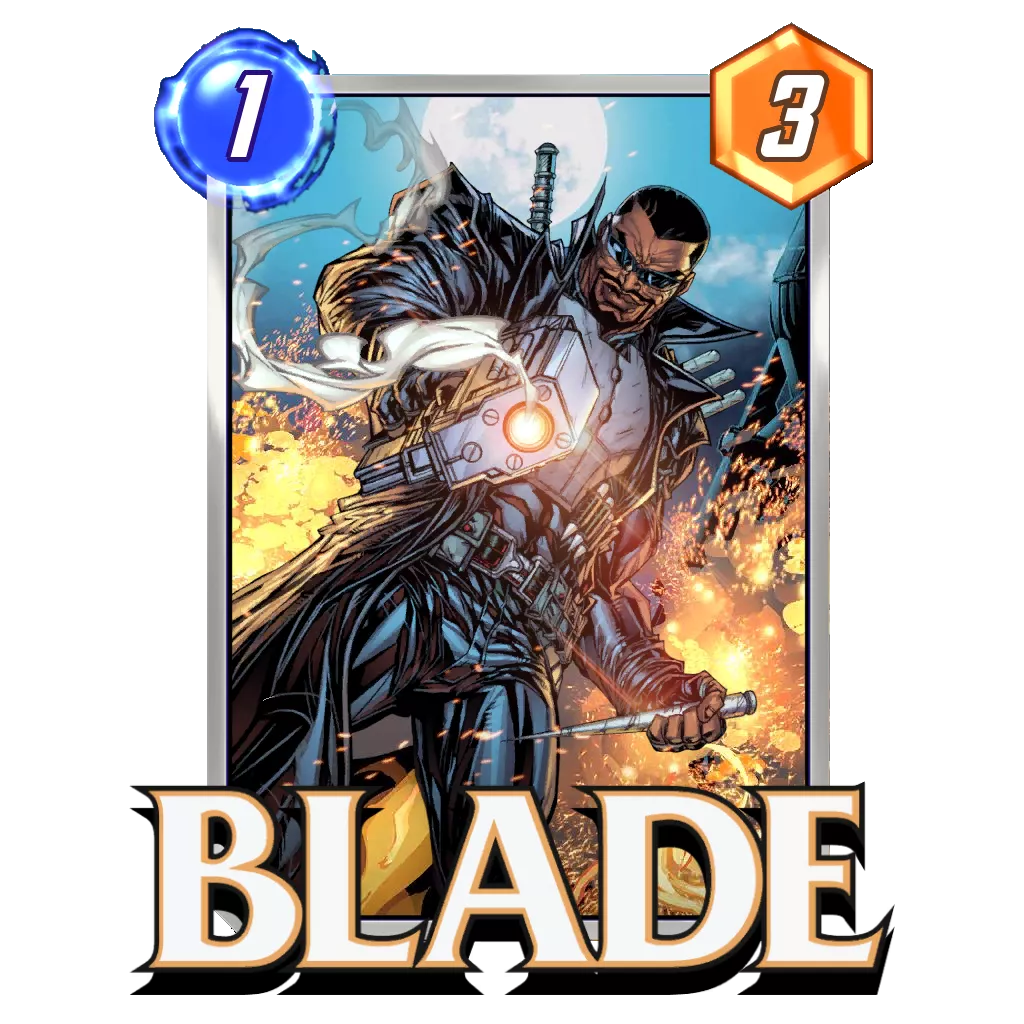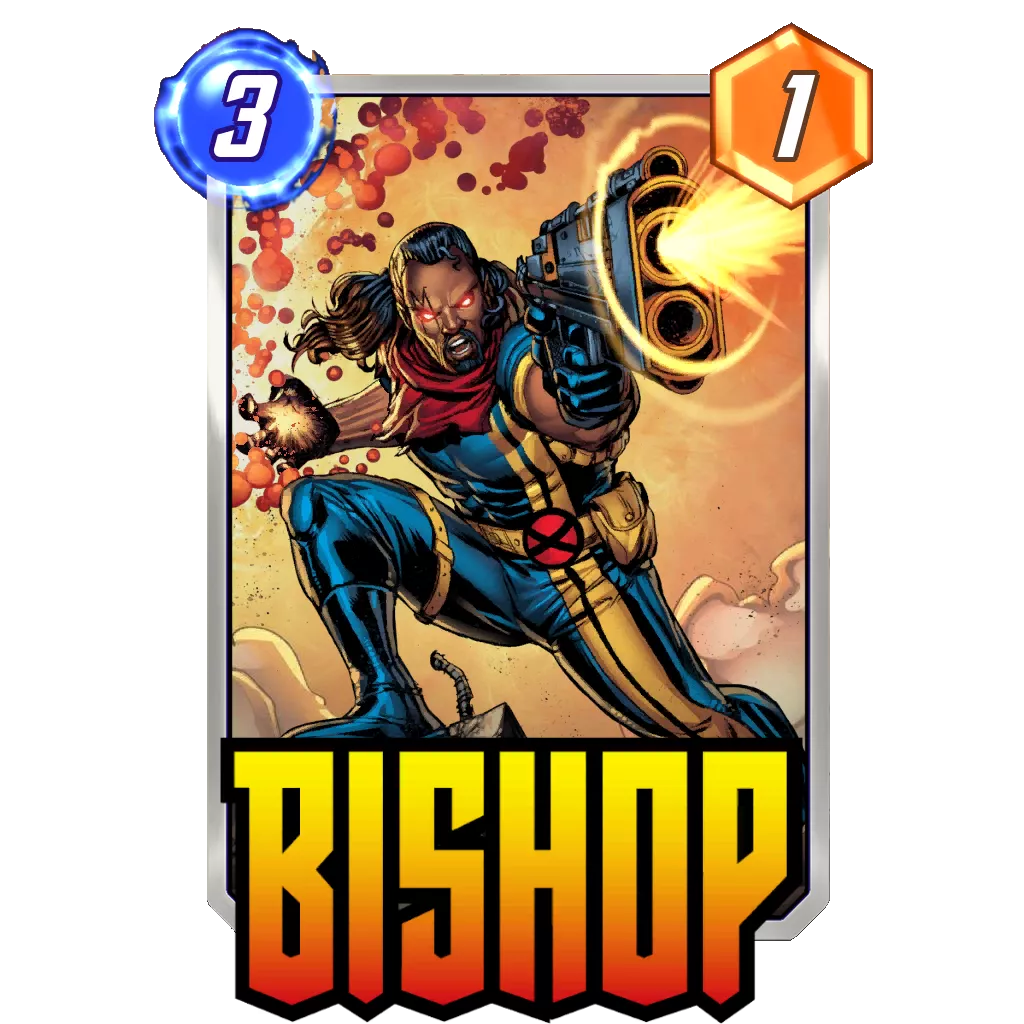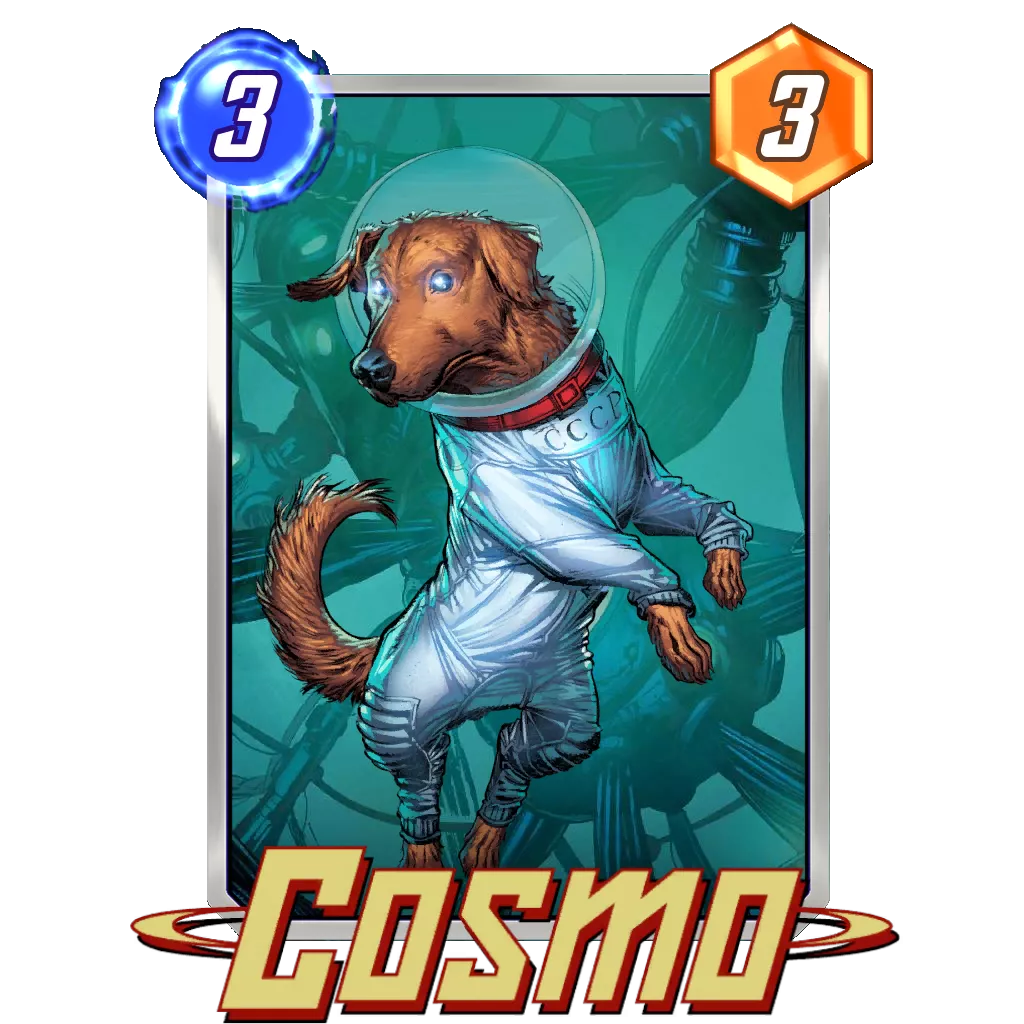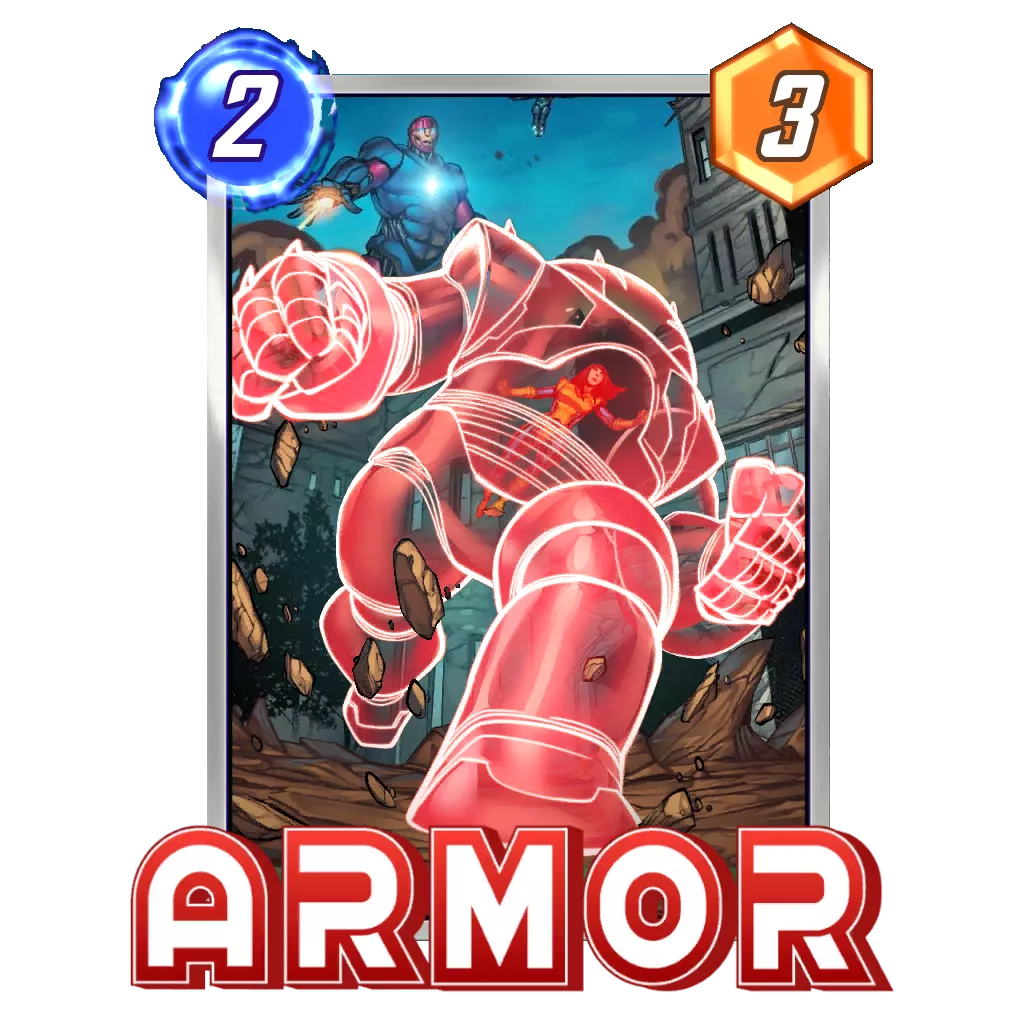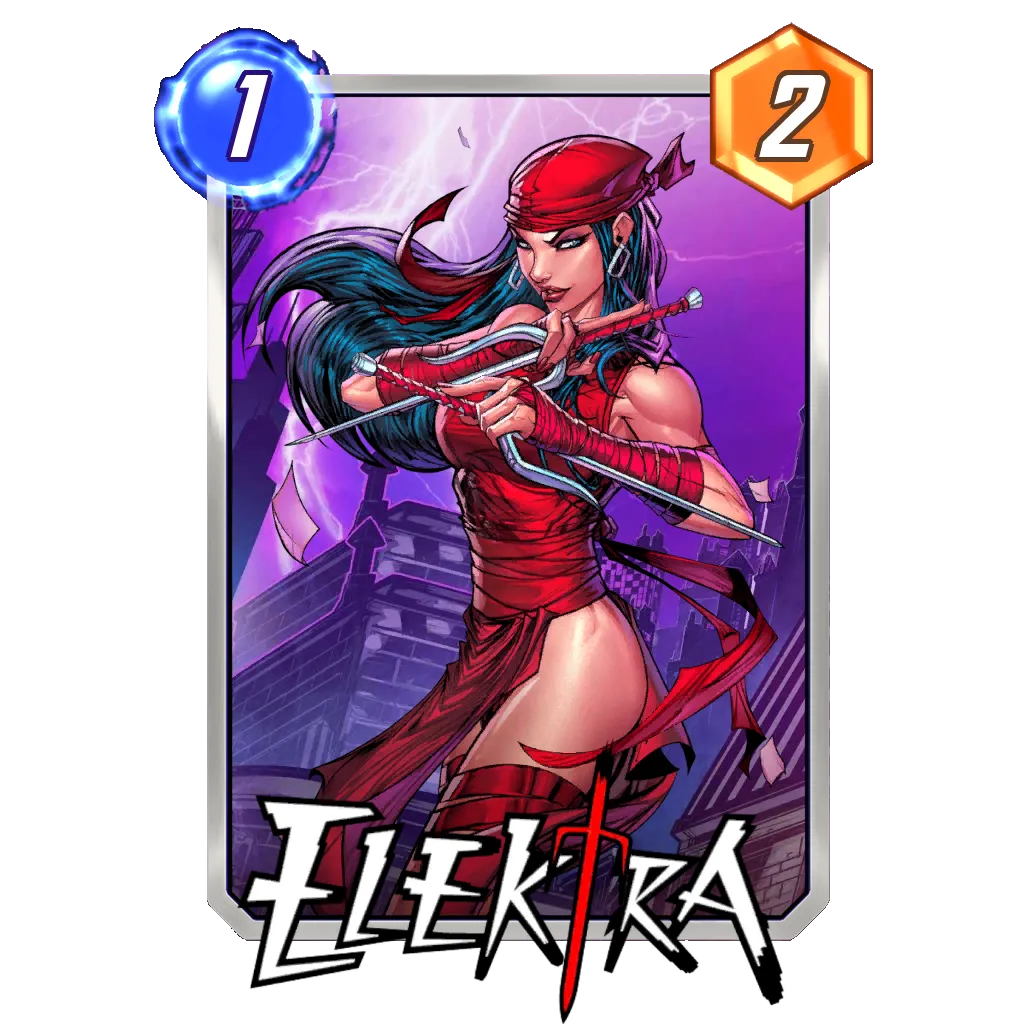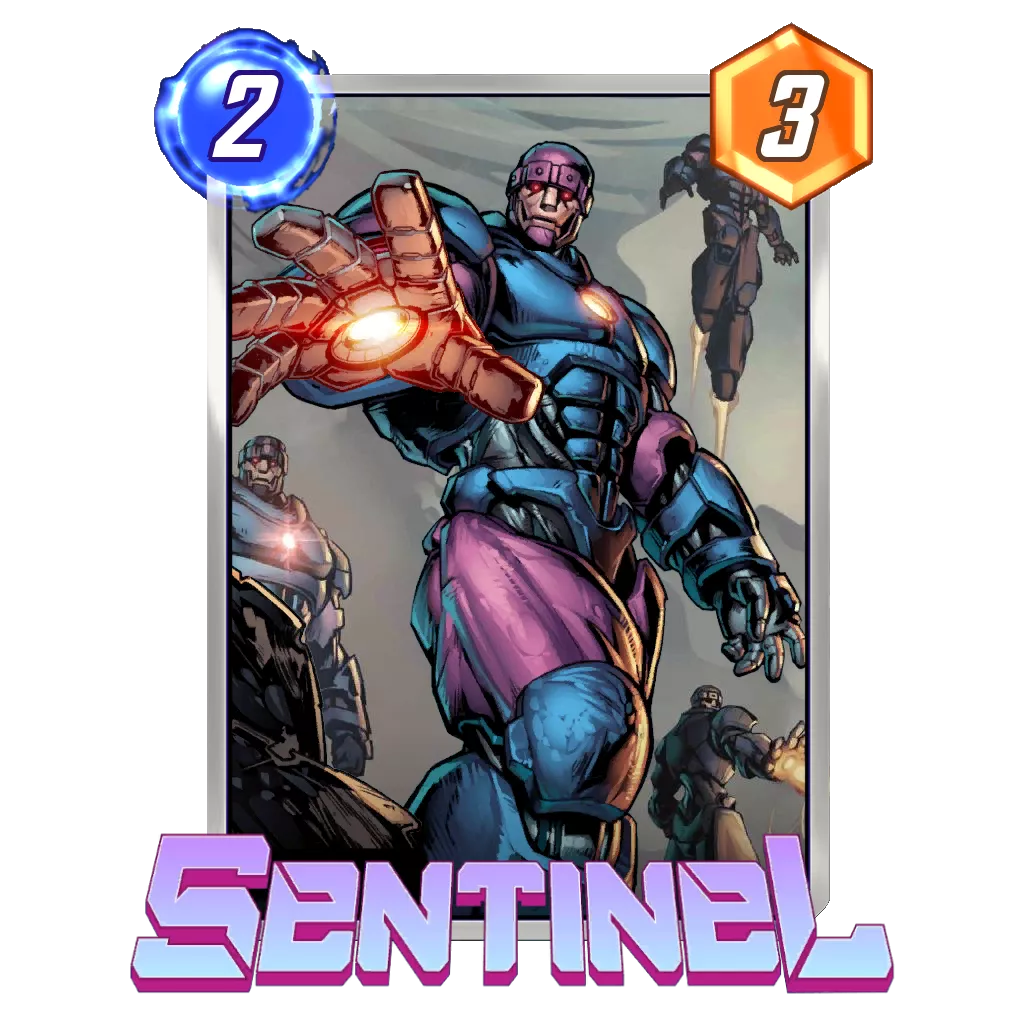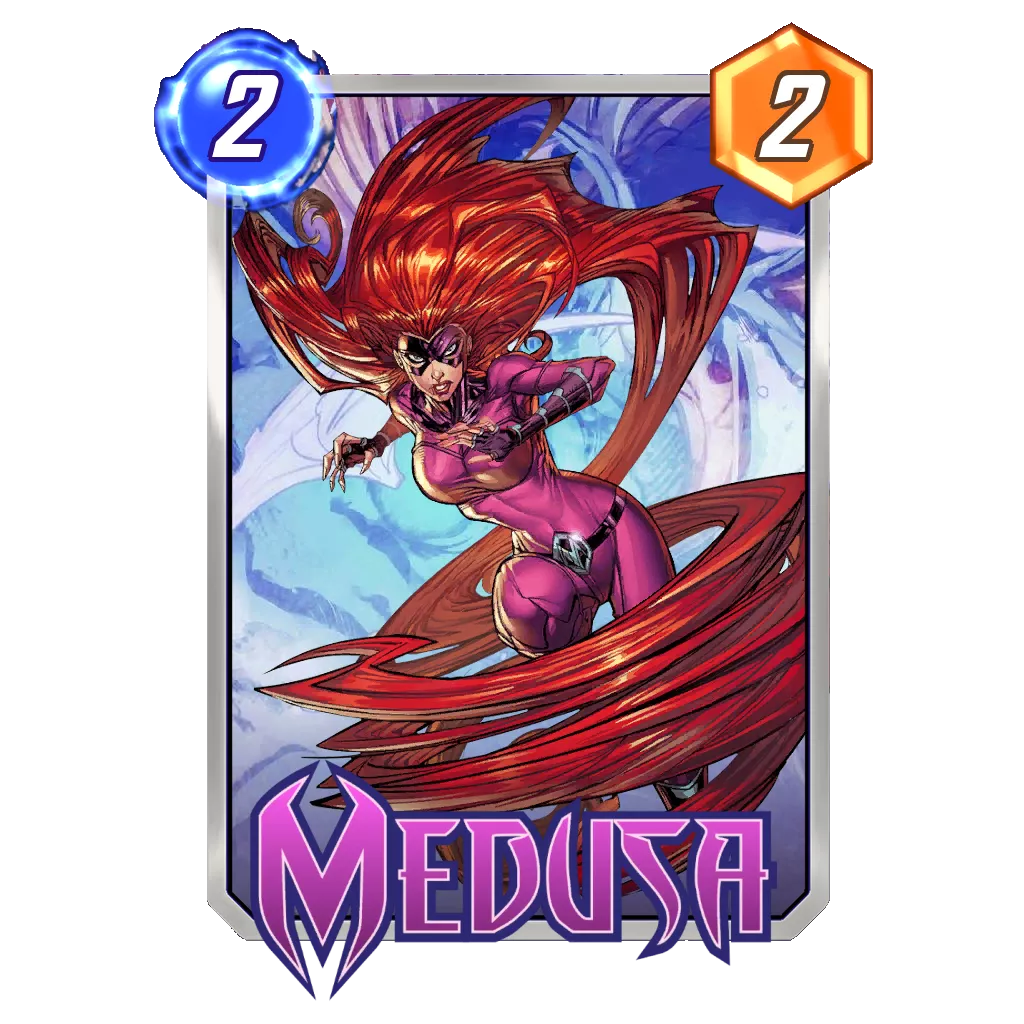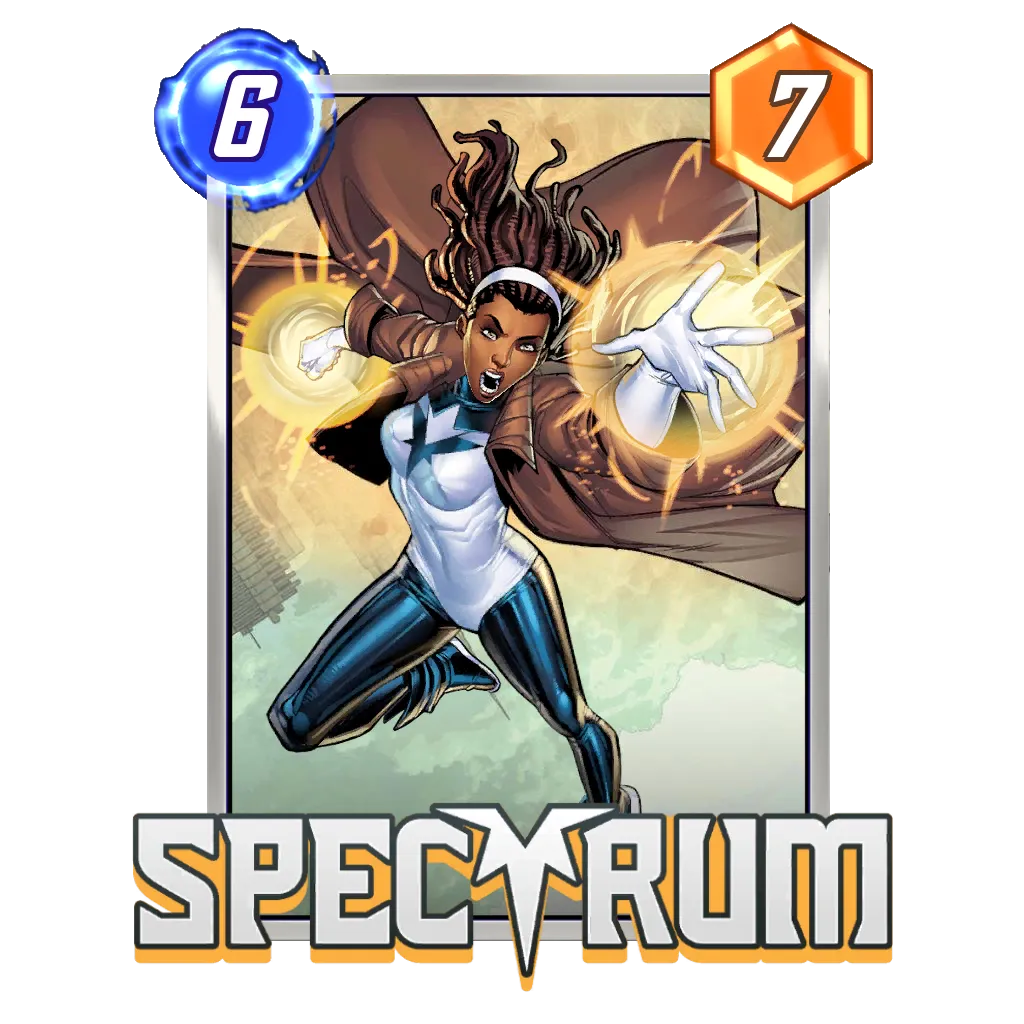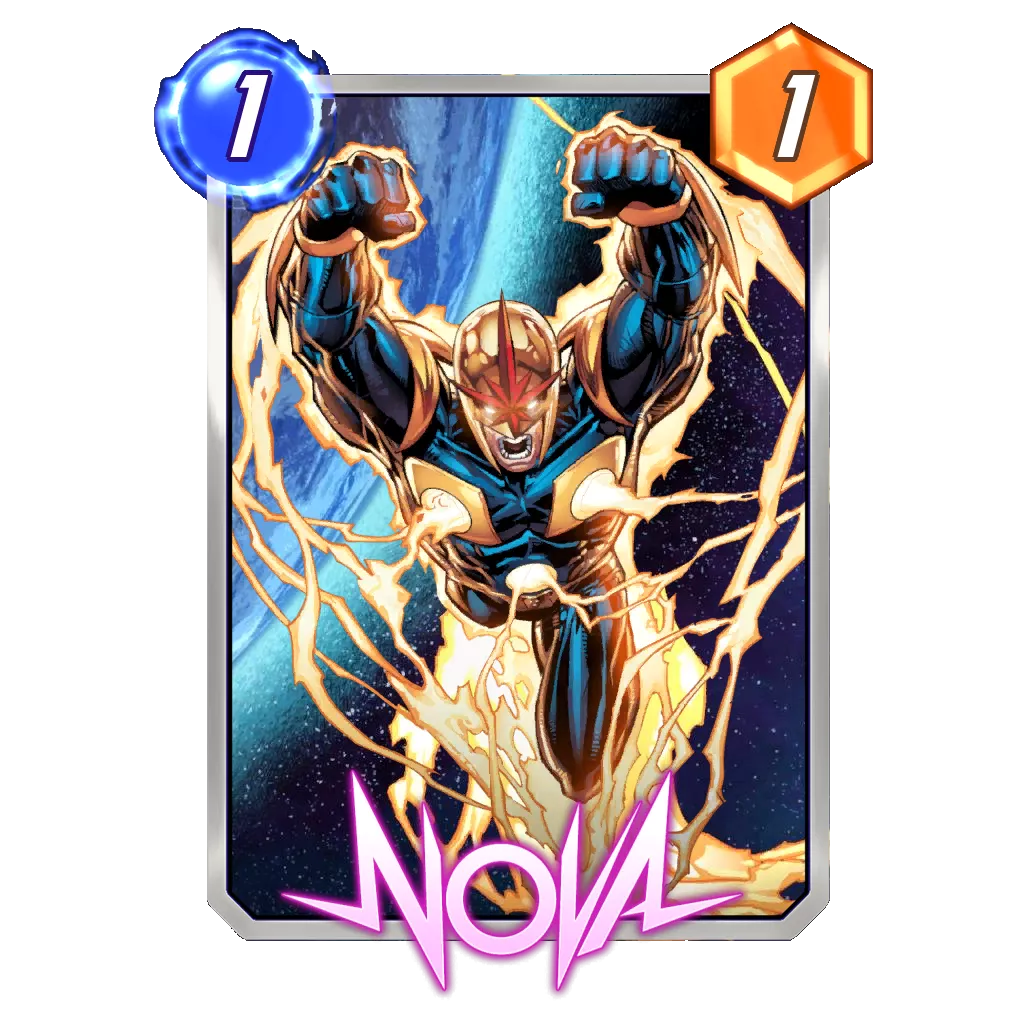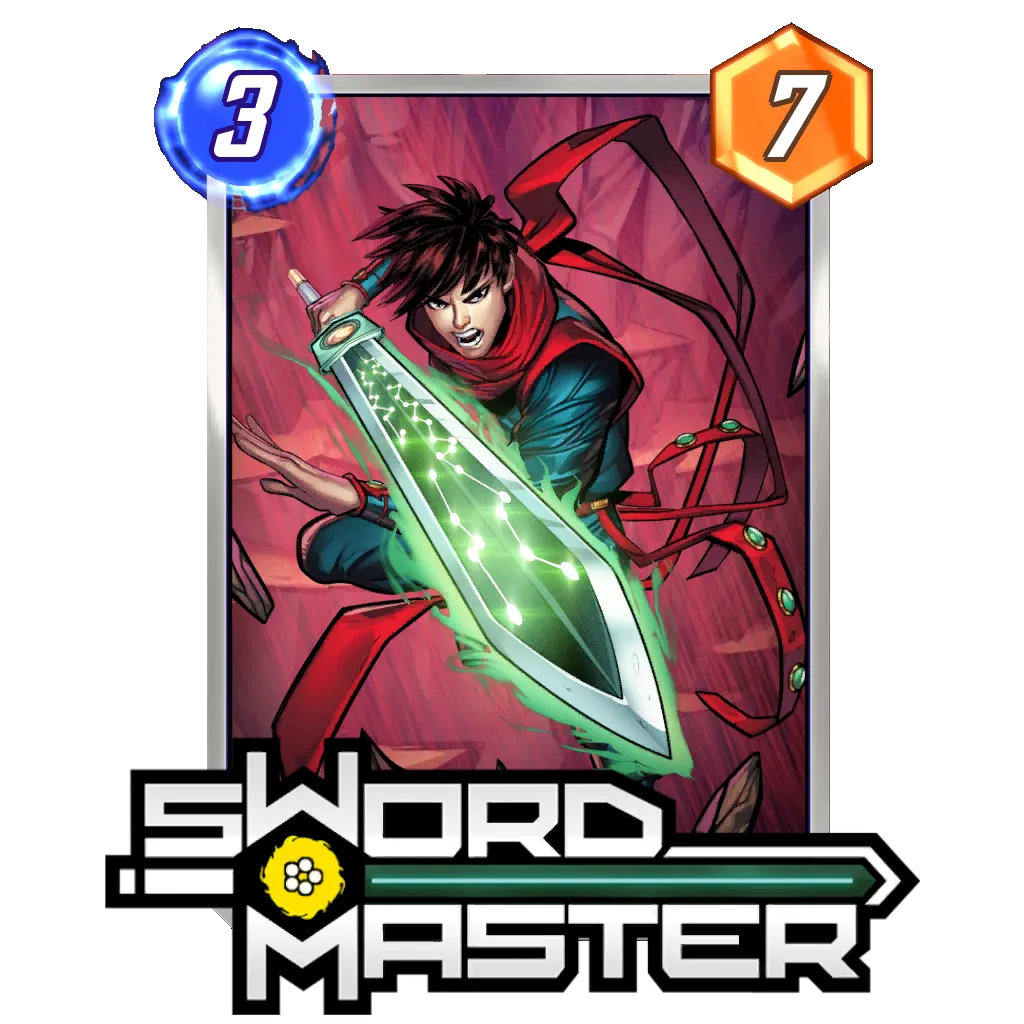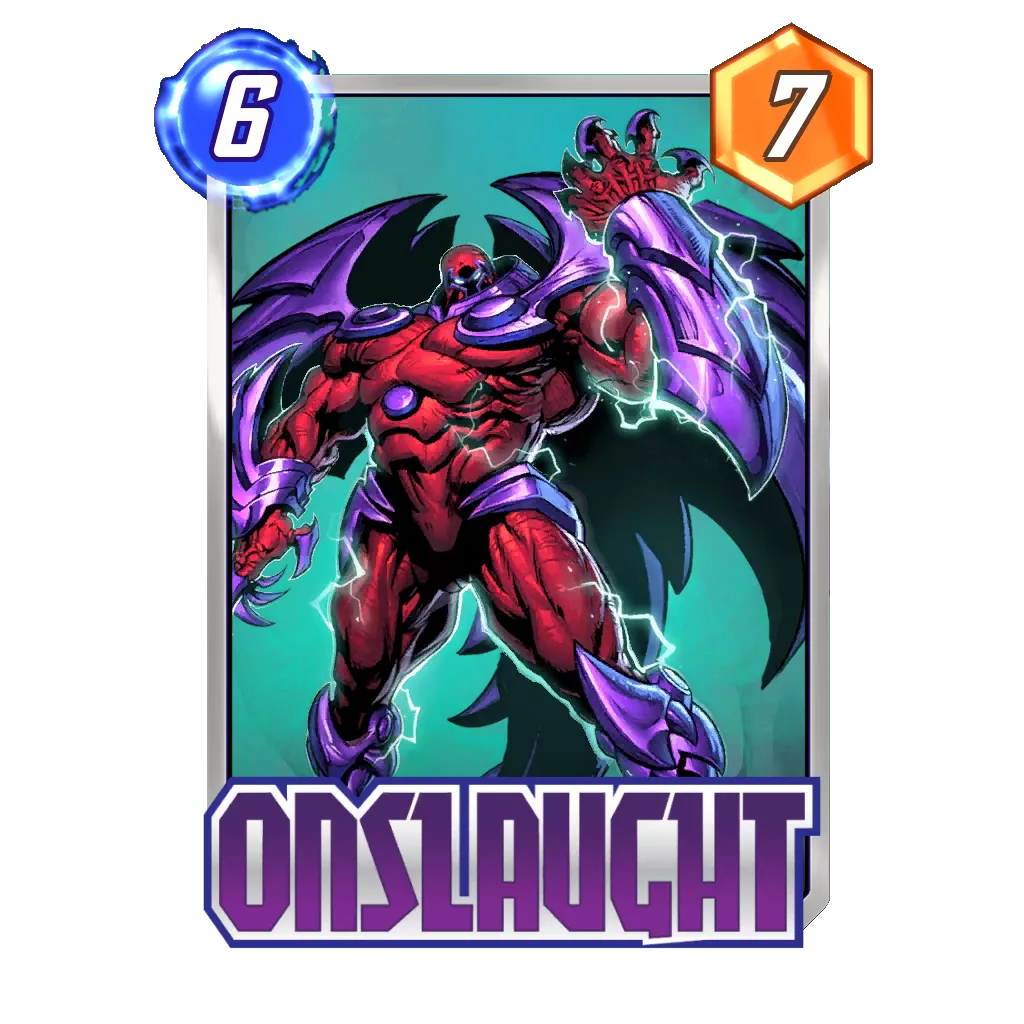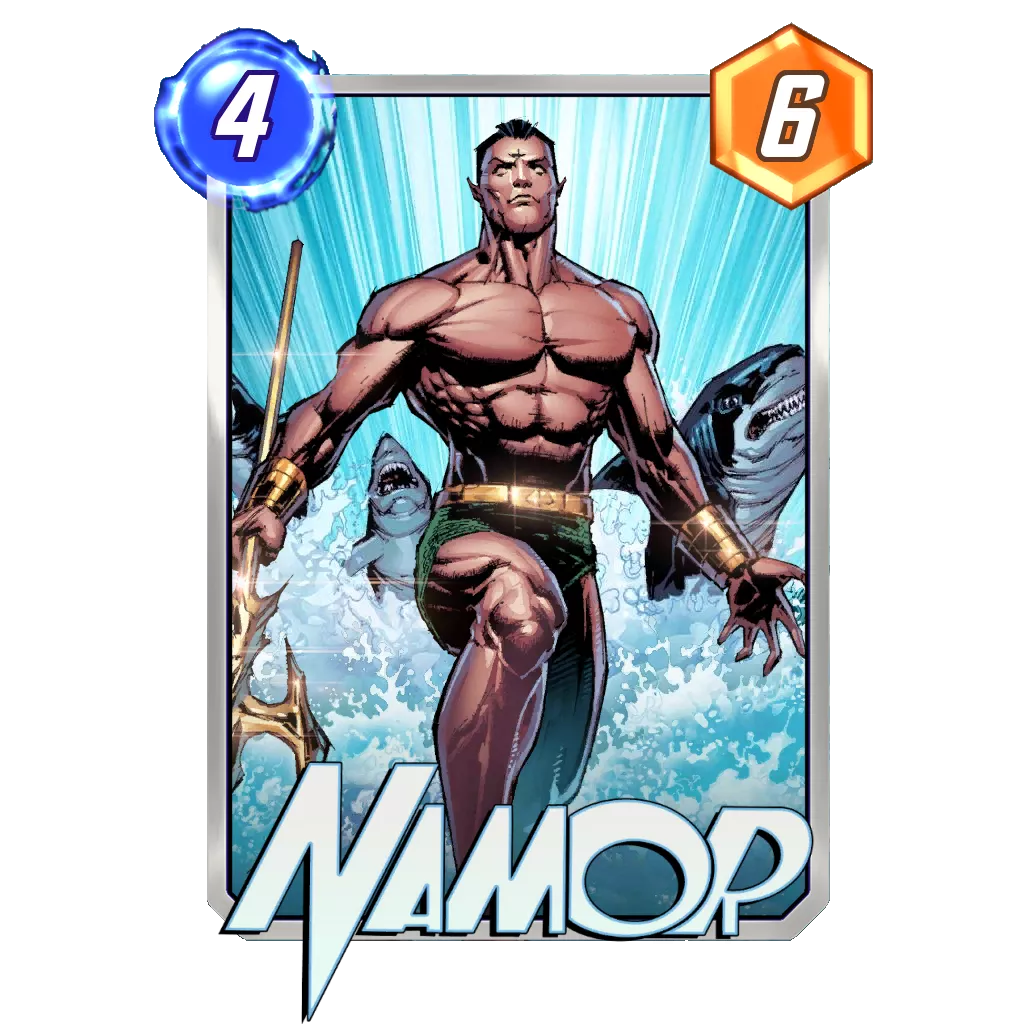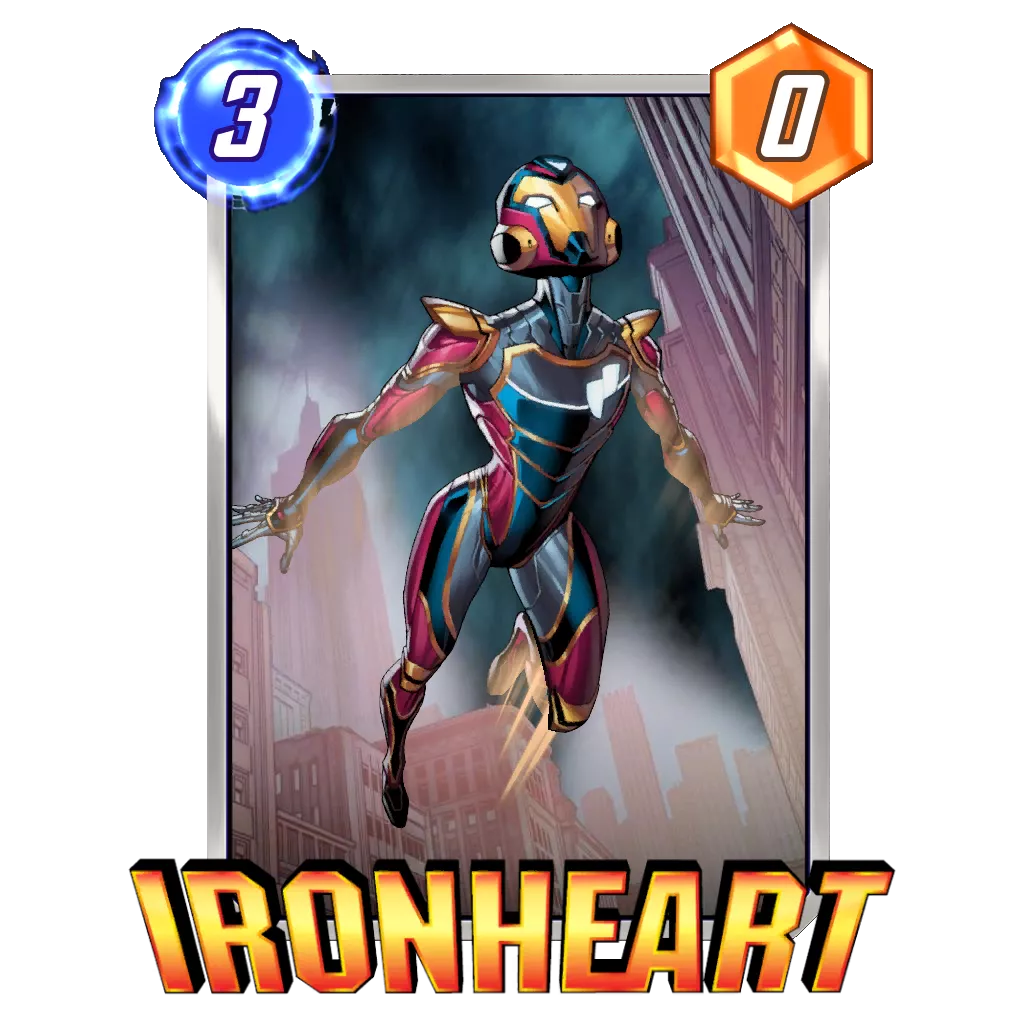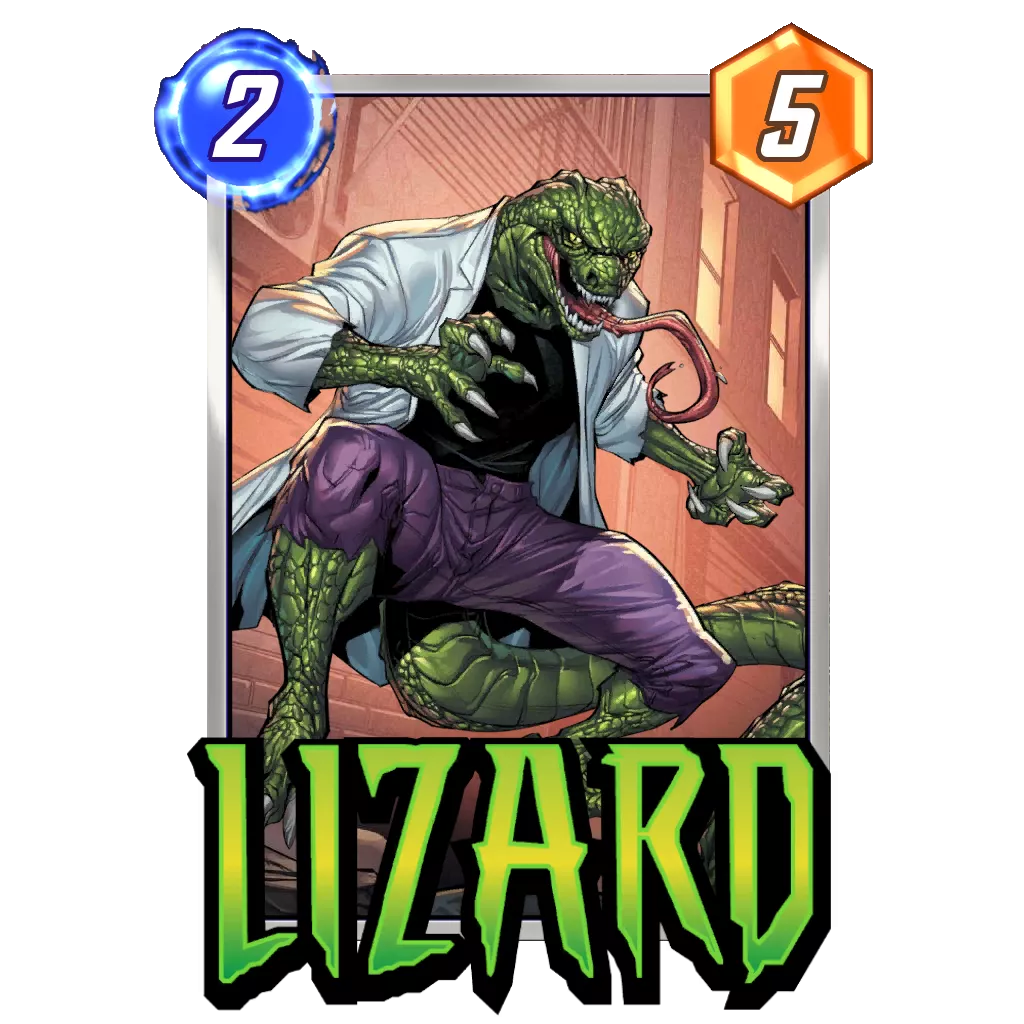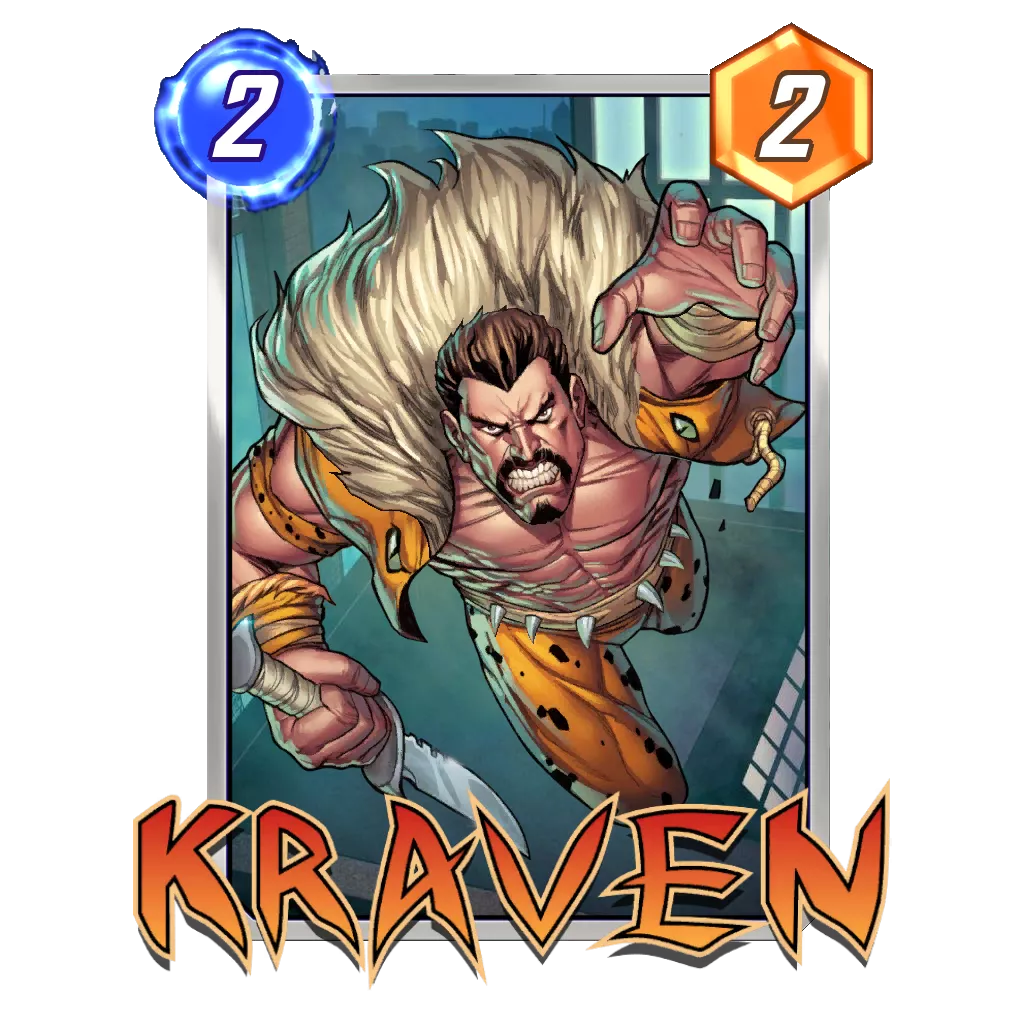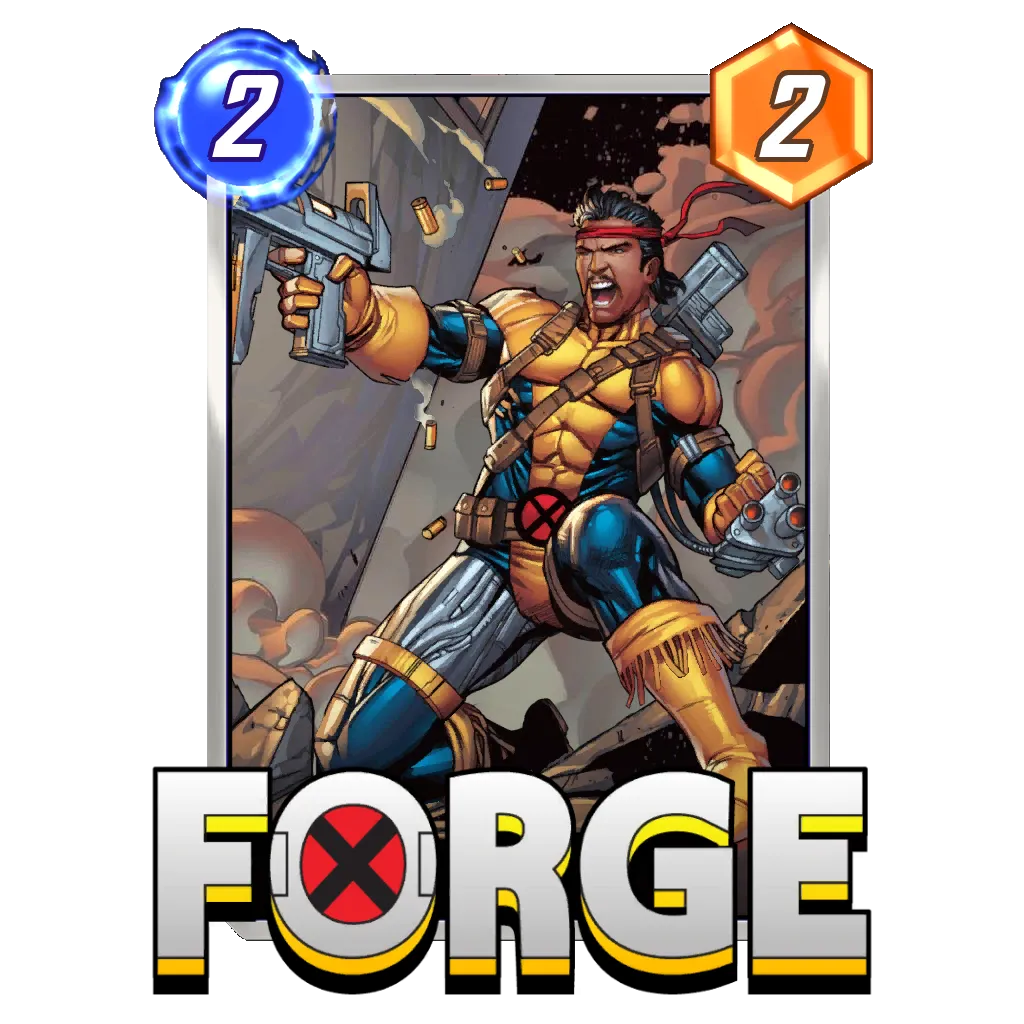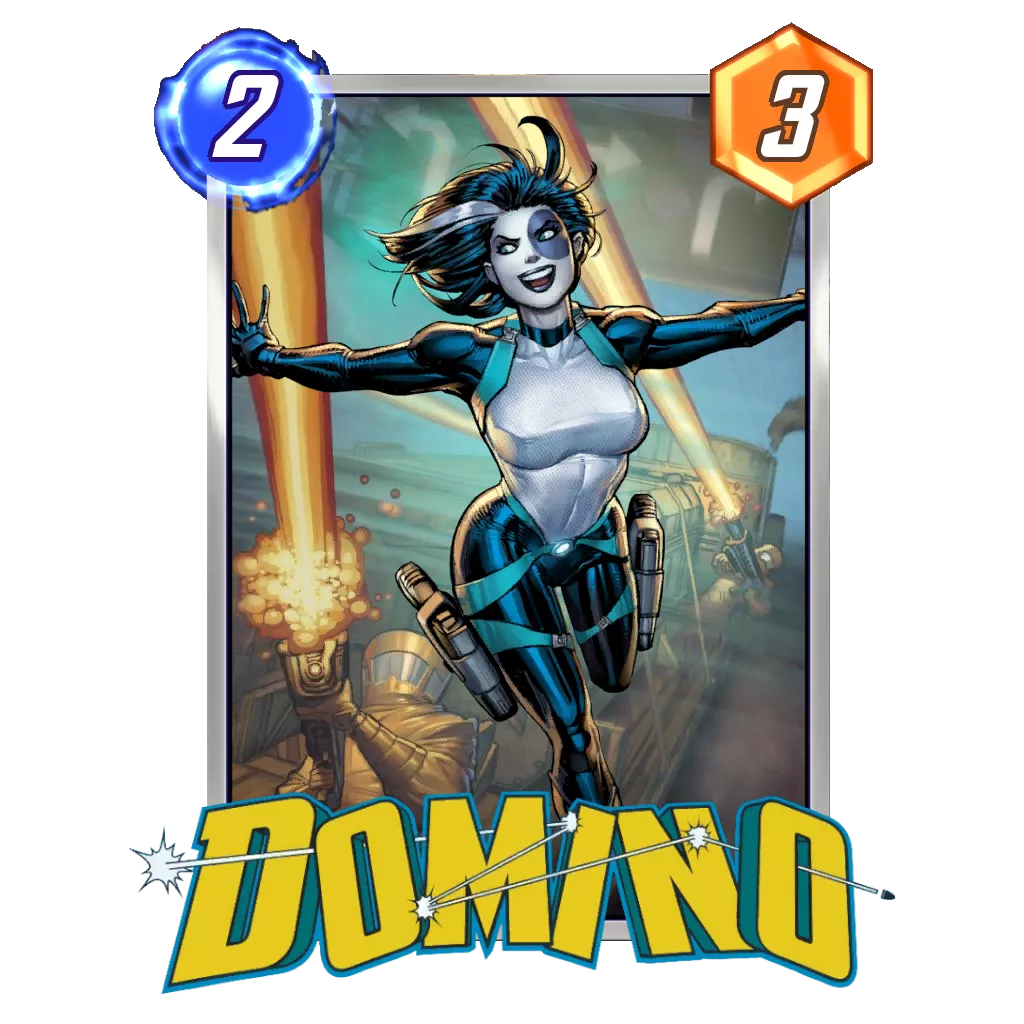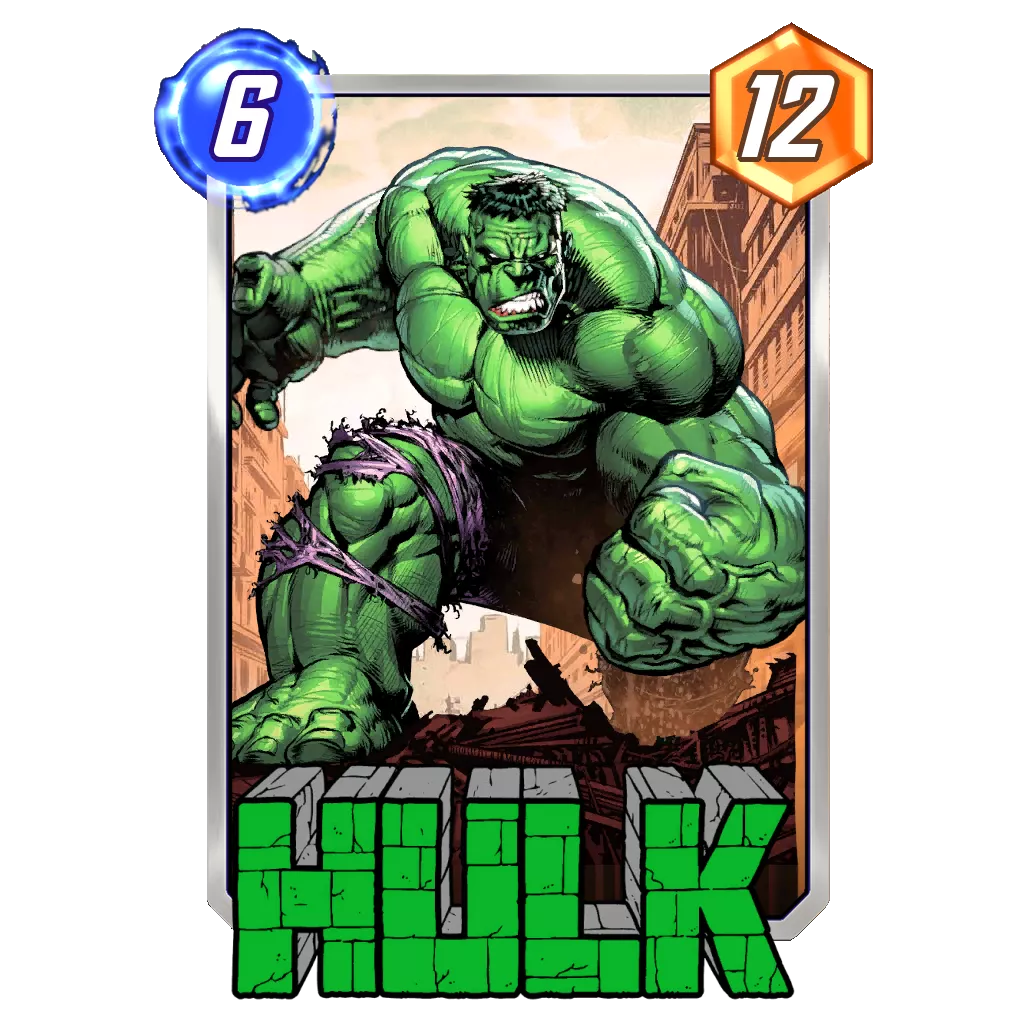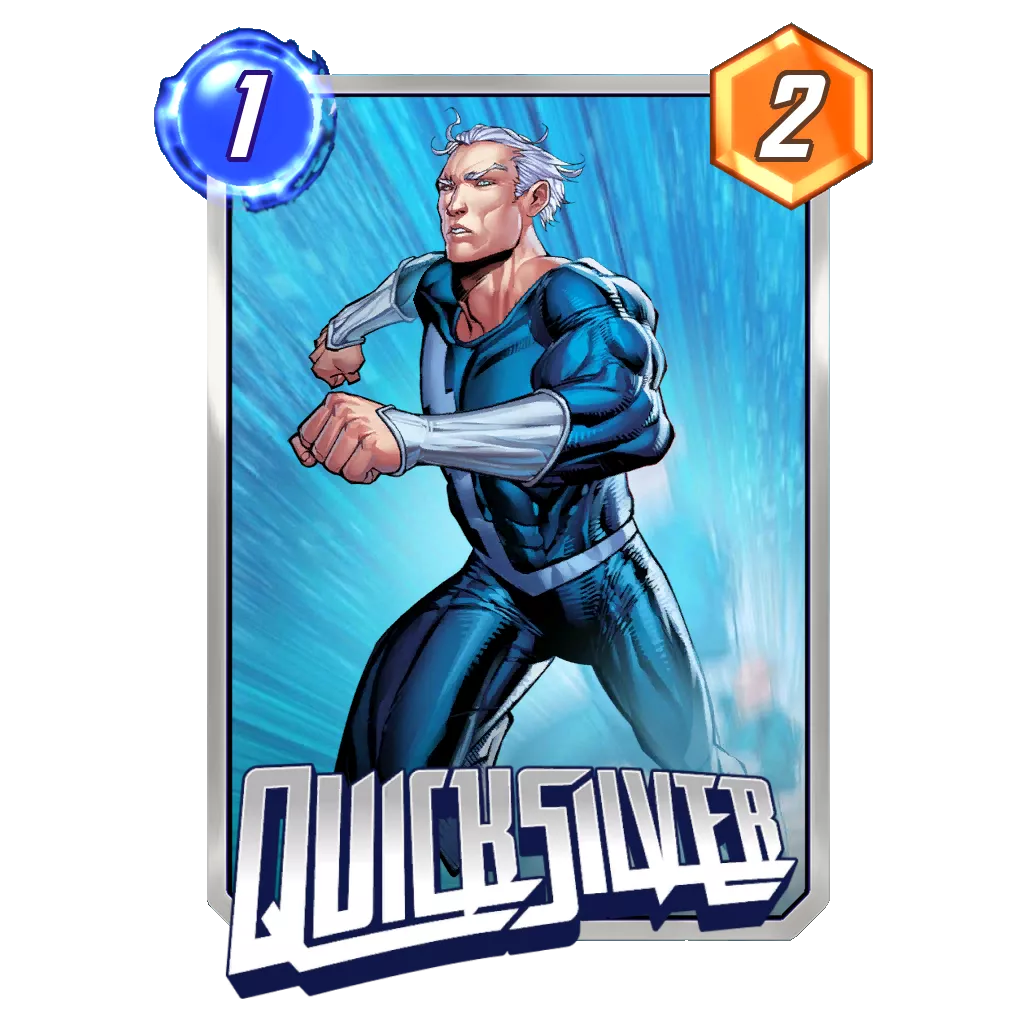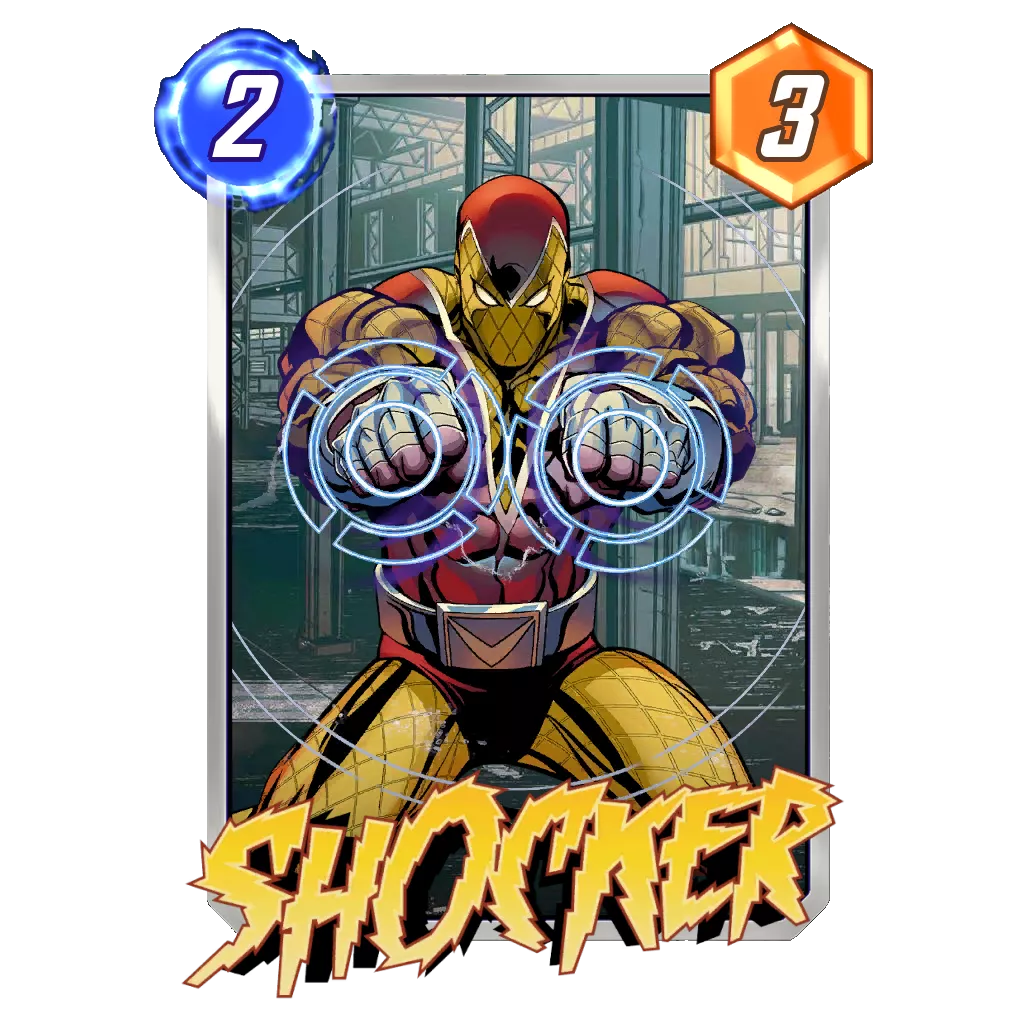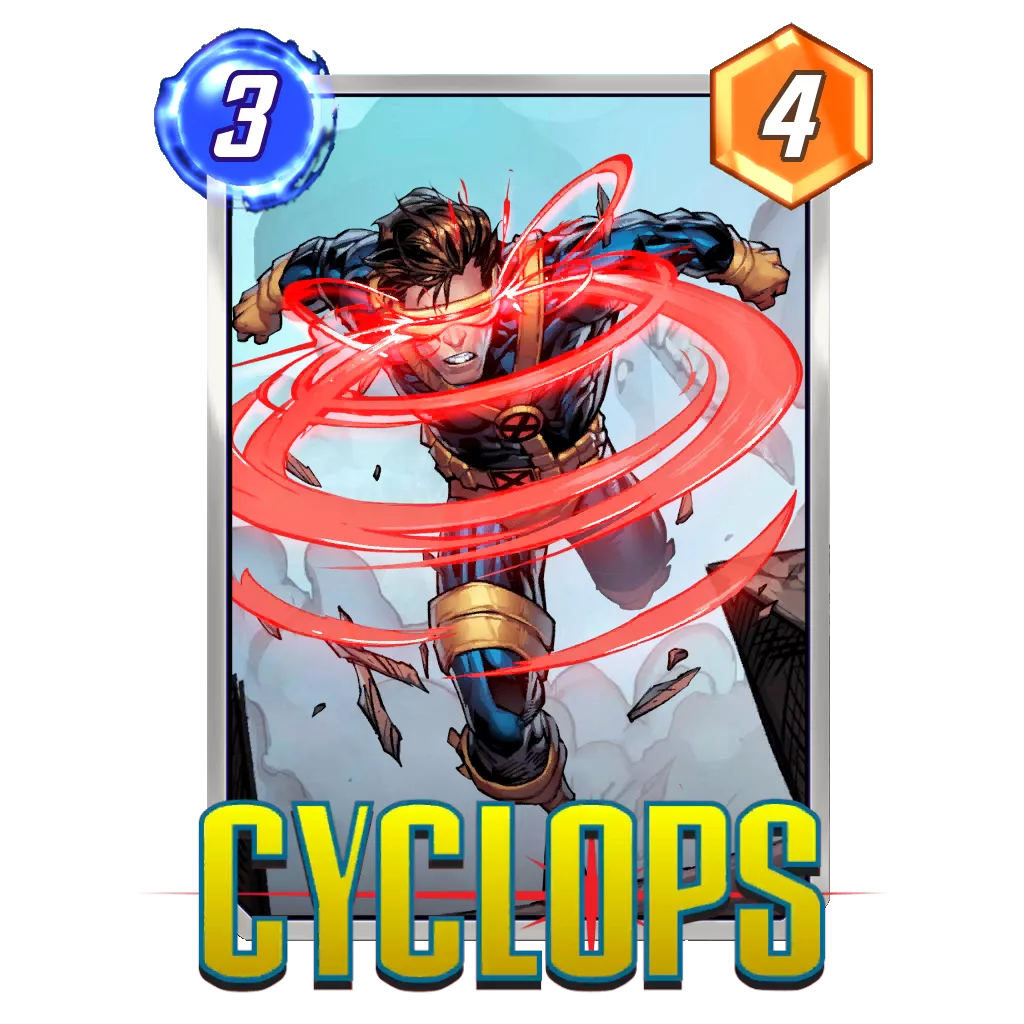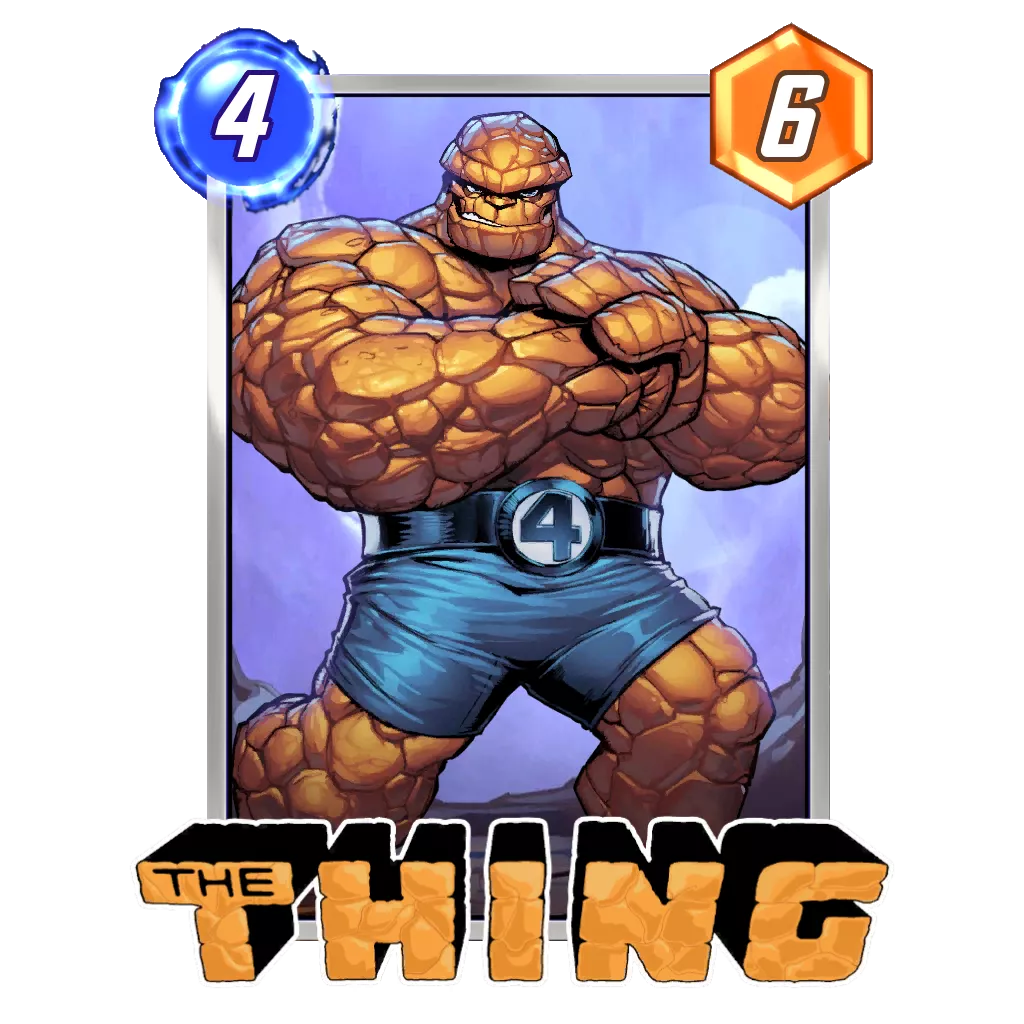Table of Contents
- Series (Pool) 1 Card Tier List
- S Tier
- A Tier
- Strong Synergistic Cards
- Strong Overall Cards
- B Tier
- Overall Good Cards
- Good Support Tools
- Good Cards in a Specific Deck
- Good Tech Cards Able to Punish Certain Opponents
- C Tier
- Good Cards in the Wrong Synergy
- Not Good Enough to be Often Included in a 12-Card Decklist
- Lacking Some Overall Power to See Play
- D Tier
- Closing Words
In Marvel Snap, you collect and unlock cards by increasing your Collection Level, which is done by upgrading your cards with the boosters you win from games. Each card is assigned to a “Pool” or Series of cards, which begin and end at specific collection level. These vary in size, which you can see in the table below:
| Series | Collection Level # | Card # | Decks | Tier List |
|---|---|---|---|---|
| Pool One | Collection Level 18 - 214 | 46 cards | Decks | Tier List |
| Pool Two | Collection Level 222 - 474 | 25 cards | Decks | Tier List |
| Pool Three | Collection Level 486+ | 104 cards | Decks (Beginner) Decks (Advanced) | Tier List |
| Series Four | Collection Level 486+ - Rare | 24 cards | Decks | Tier List |
| Series Five | Collection Level 486+ - Ultra Rare | 30 cards | Decks | Tier List |
| Unreleased | Release and Series Drop Schedule | 34 cards |
Here is our tier list and rankings on all the cards from Series (Pool) 1, to help players build better decks based on their collection and compare the power levels of individual cards inside each pool. Please keep in mind we’re not trying to compare cards in each pool to one another, as they serve very different purposes.
Series (Pool) 1 Card Tier List
As you begin your Marvel Snap journey, you will acquire cards from many places: The starter deck, the tutorial, the beginner’s Recruit Season Pass and, lastly, the Collection Level rewards track.
For the purpose of this tier list, we will be including all the cards you acquire at the start of the game through other means, as well as all the Series 1 cards. That is 46 cards from Series 1 on the Collection Level rewards track, 7 cards from the Collection Level rewards track before you get to Pool 1, 13 from the starter deck and tutorial and 7 from the beginner’s season pass. So this tier list will comprise 73 cards in total.
The tier list will explain how these cards are useful and will give you insight on how you can fit them when building your decks. So how do they stack up? Let’s find out!
| Tier | Cards |
|---|---|
| S Tier | • Angela • Blue Marvel • Cable • Carnage • Devil Dinosaur • Enchantress • Iron Man • Jessica Jones • Ka-Zar • Nightcrawler |
| A Tier | • Ant Man • Apocalypse • Armor • Bishop • Blade • Cosmo • Elektra • Gamora • Mister Fantastic • Odin • Scarlet Witch • Squirrel Girl • White Queen • Wolfsbane |
| B Tier | • Captain America • Colossus • Deathlok • Ironheart • Klaw • Korg • Lady Sif • Lizard • Medusa • Moon Girl • Namor • Nova • Onslaught • Rocket Raccoon • Sentinel • Spectrum • Spider-Woman • Star-Lord • Strong Guy • Sword Master • White Tiger |
| C Tier | • America Chavez • Angel • Doctor Strange • Domino • Forge • Groot • Hawkeye • Heimdall • Hulk • Hulkbuster • Kraven • Iron Fist • Mister Sinister • Morph • Multiple Man • Mantis • Punisher • Professor X • Wolverine • Yondu |
| D Tier | • Abomination • Cyclops • Misty Knight • Quicksilver • Shocker • The Thing • Uatu the Watcher |
S Tier
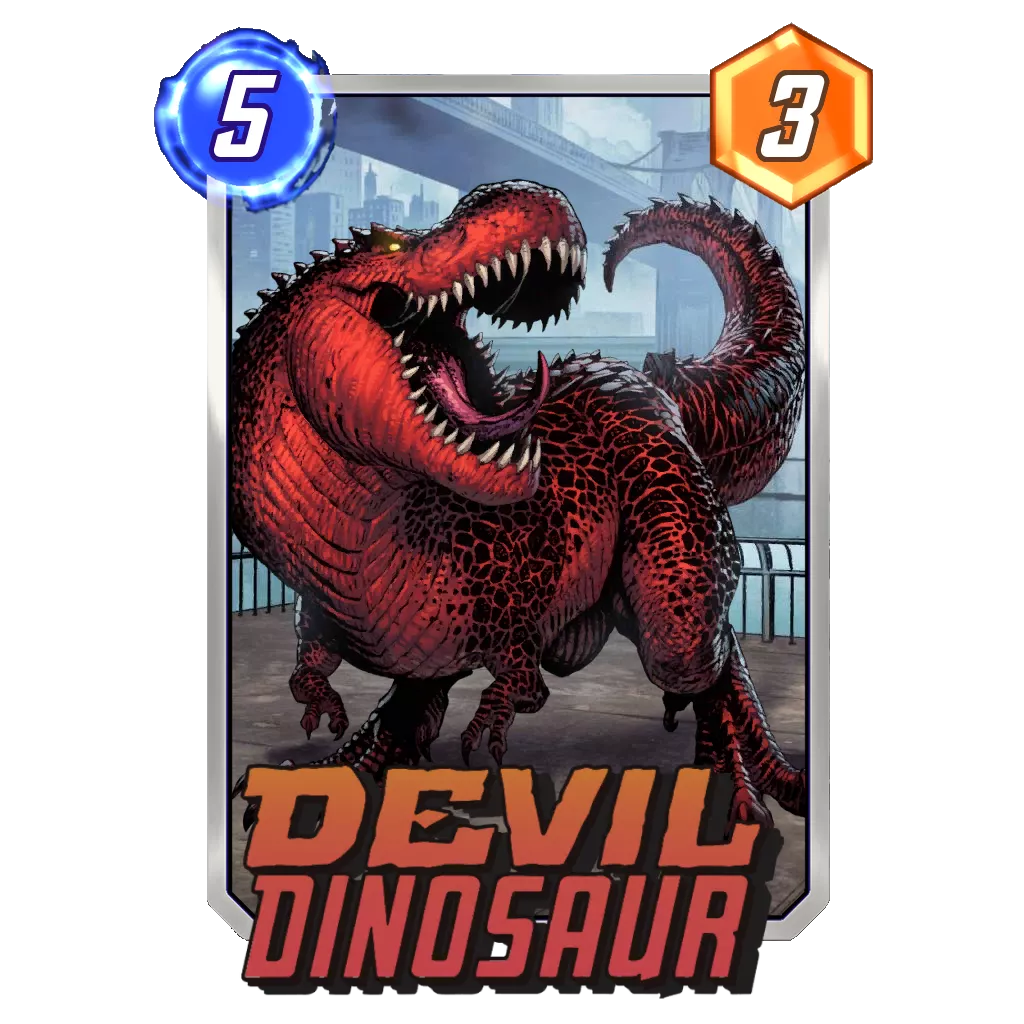








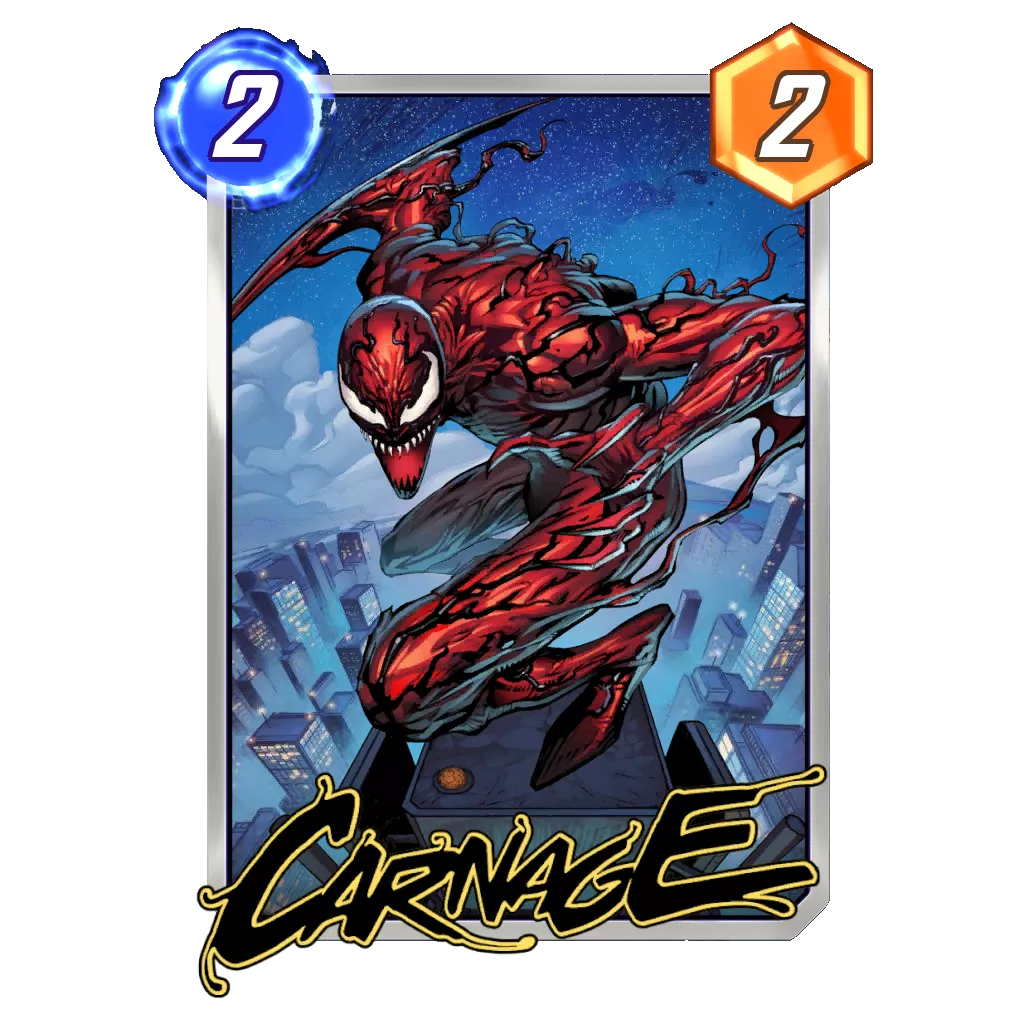












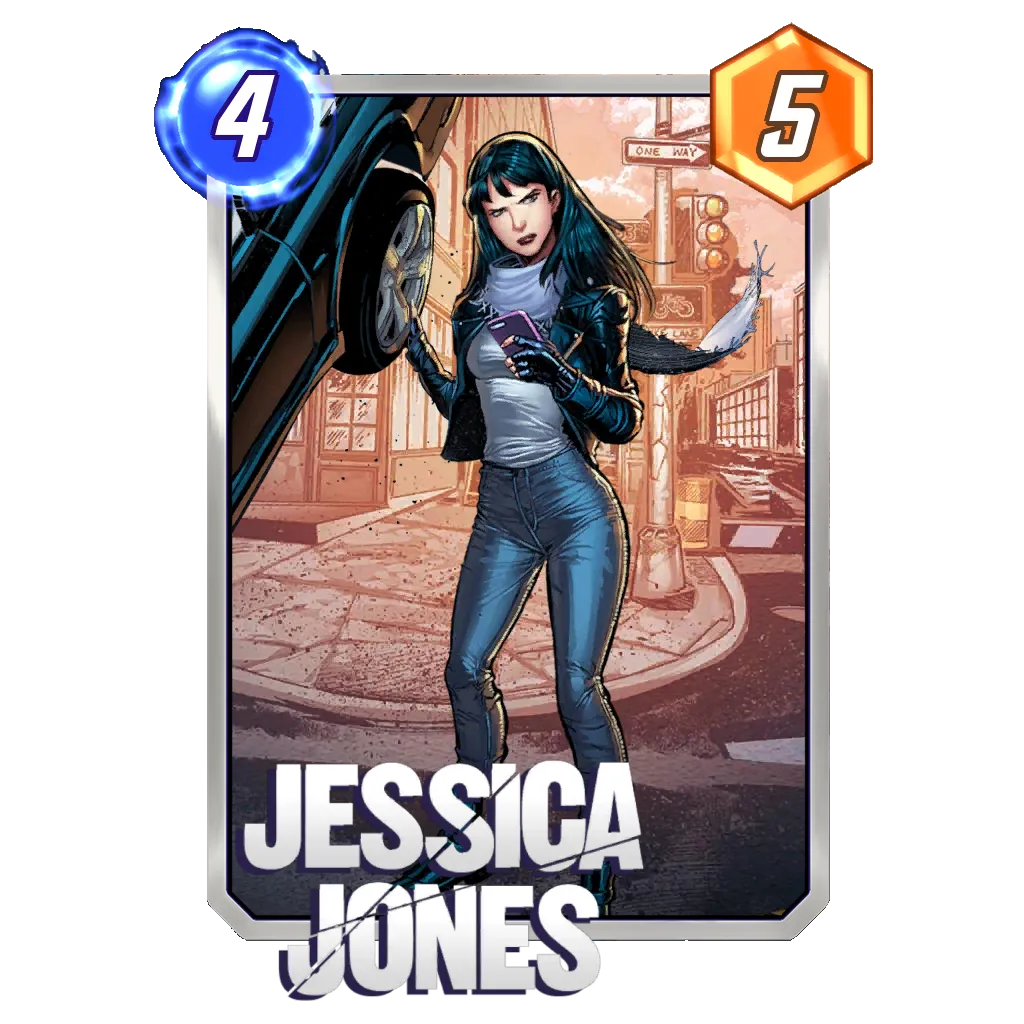






S Tier cards are cards that are consistently powerful in some top decks in the meta. These 5 cards right now all fulfil that criteria.
Angela: When three cards are played behind her, Angela is a 2-Cost, 6 power card, placing her amongst the highest power cards for the cost. The limitation with Angela is the need to play her on an empty location, and to play onto said location afterwards. This requirement makes the card a little less flexible than other cards with a growing ability, but if you find ways to play more than three times behind her, Angela can easily become the biggest card on her lane.
Devil Dinosaur: One of, if not the biggest 5-Cost card in the game, Devil Dinosaur pushes the Handsize archetype around it in Pool 1, and continues to be a great card for every level of the game. As long as you have Sentinel, White Queen and Moon Girl in your deck, you should have enough to make Devil Dinosaur a one-card army at the end of the game.
Ka-Zar: The card responsible for the Kazoo archetype can be argued as one of the most impactful 4-Cost card in Marvel Snap. Early on, it is the foundation of the best archetype in Pool 1, but the card remains a viable option even for those with a full collection, although Kazoo isn’t ruling the game like it can in Series one.
Blue Marvel: Ever since being buffed to a 5-Cost card in September 2022, Blue Marvel has been a part of every single metagame. As long as you have a deck that will have more than seven cards on board at the end of the game, Blue Marvel represents a worthy inclusion in your deck. This is in addition to being a star in decks able to flood the board, or to abuse Ongoing abilities.
Carnage: The star of the Destroy synergy, Carnage slowly has gained the reputation of a versatile tool as well. Indeed, even outside a custom built deck, Carnage can help with location space, removing annoying effects from locations (Savage Land, Shadowland, etc) or from the opponent later in your journey. Also, it grows to a nice body to anchor a location.
Iron Man: Maybe the card that loses the most value as you advance in your Marvel Snap adventure, Iron Man represents one of the most reliable ways in the game to take over a lane. Later on, you will also find more cards to abuse its Ongoing ability, giving Iron Man more options to contribute to your deck.
Nightcrawler: The king of 1-cost cards at this point in Marvel Snap, the ability to reposition Nightcrawler is invaluable when the game is a lot of spreading your points well and buffing your cards with Ka-Zar or Blue Marvel. In addition to reaching unplayable locations, Nightcrawler will quickly become your go-to option whenever you are looking for a cheap card to include in your deck.
Jessica Jones: Nine power for a 4-cost is huge at this point in the game, to put it simply. as such, anytime you feel like you want an extra 4-cost in your deck, Jessica Jones will often be the card you are looking for.
Enchantress: The Ongoing synergy is popular enough to warrant the card in your deck, as you could win some games just thanks to Enchantress. However, dont approach every game with the idea to play Enchantress on turn four. See it more as a tool that can be mixed in your late game play patterns to counter popular strategies that you are currently facing.
Cable: Stealing a card early in a match can represent a big snapping opportunity if you snag a key card, or realised this is a match-up you are favored to win. Plus, you aren’t paying much power for the ability as [2/3] is pretty standard in Marvel Snap.
A Tier
A Tier cards are strong pieces for powerful deck archetypes, but aren’t always the main stars of those decks. They also should represent good cards to finish a deck, as they can either help against certain popular synergies, or simply serve an all round purpose that can contribute to almost every deck.
Strong Synergistic Cards
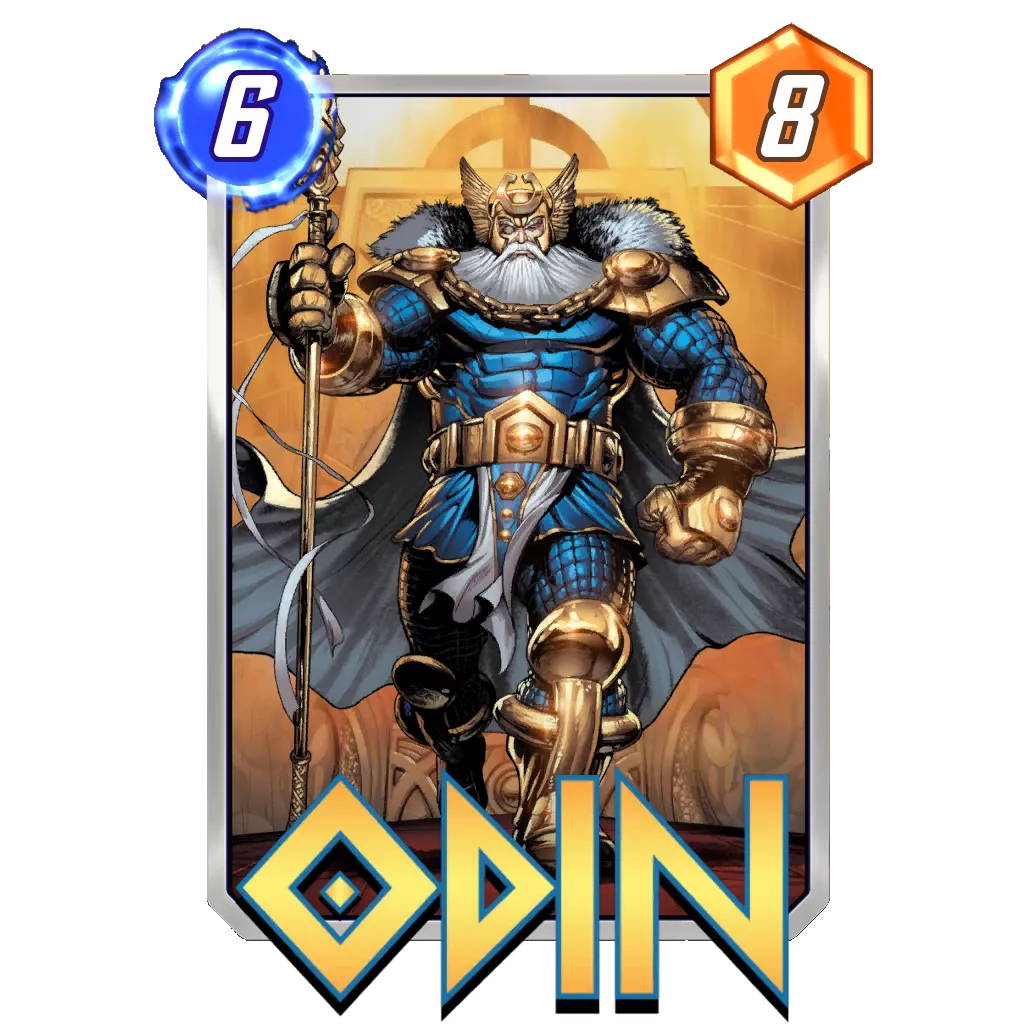








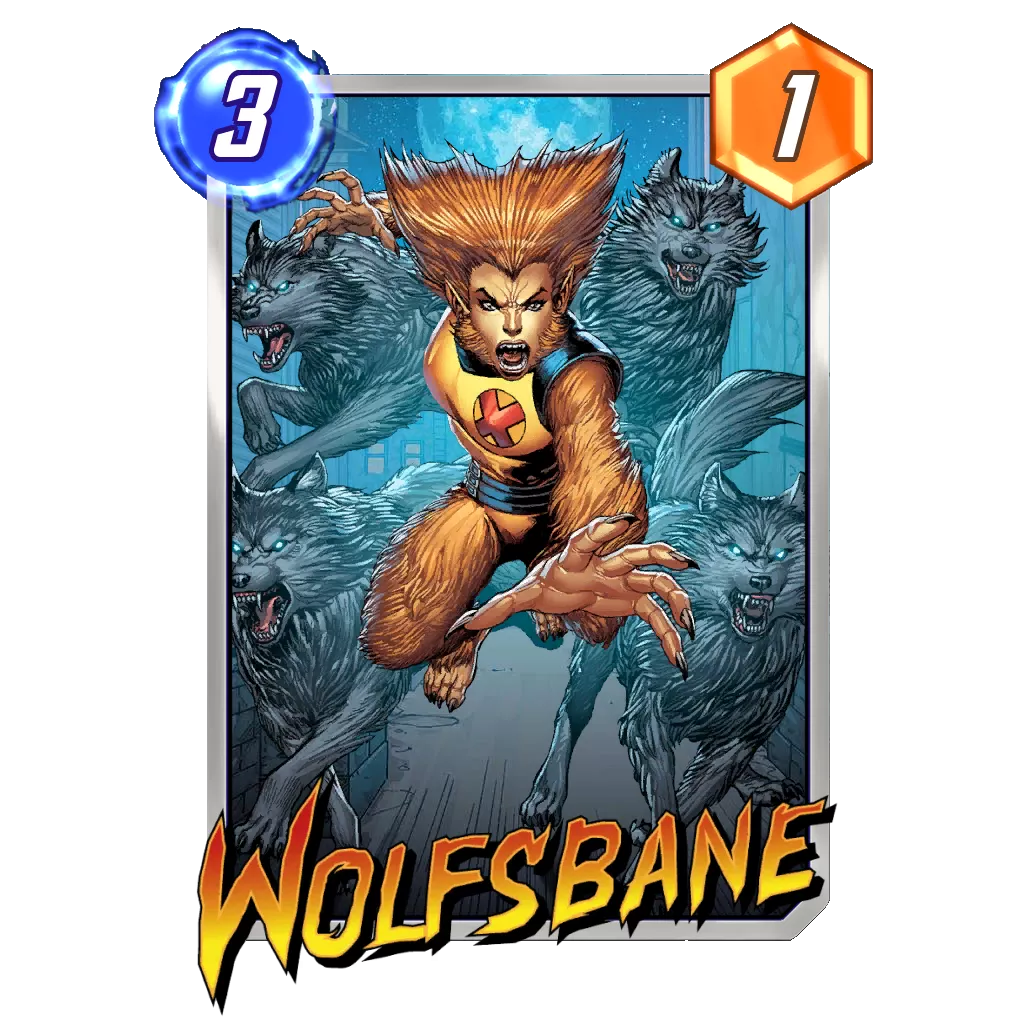







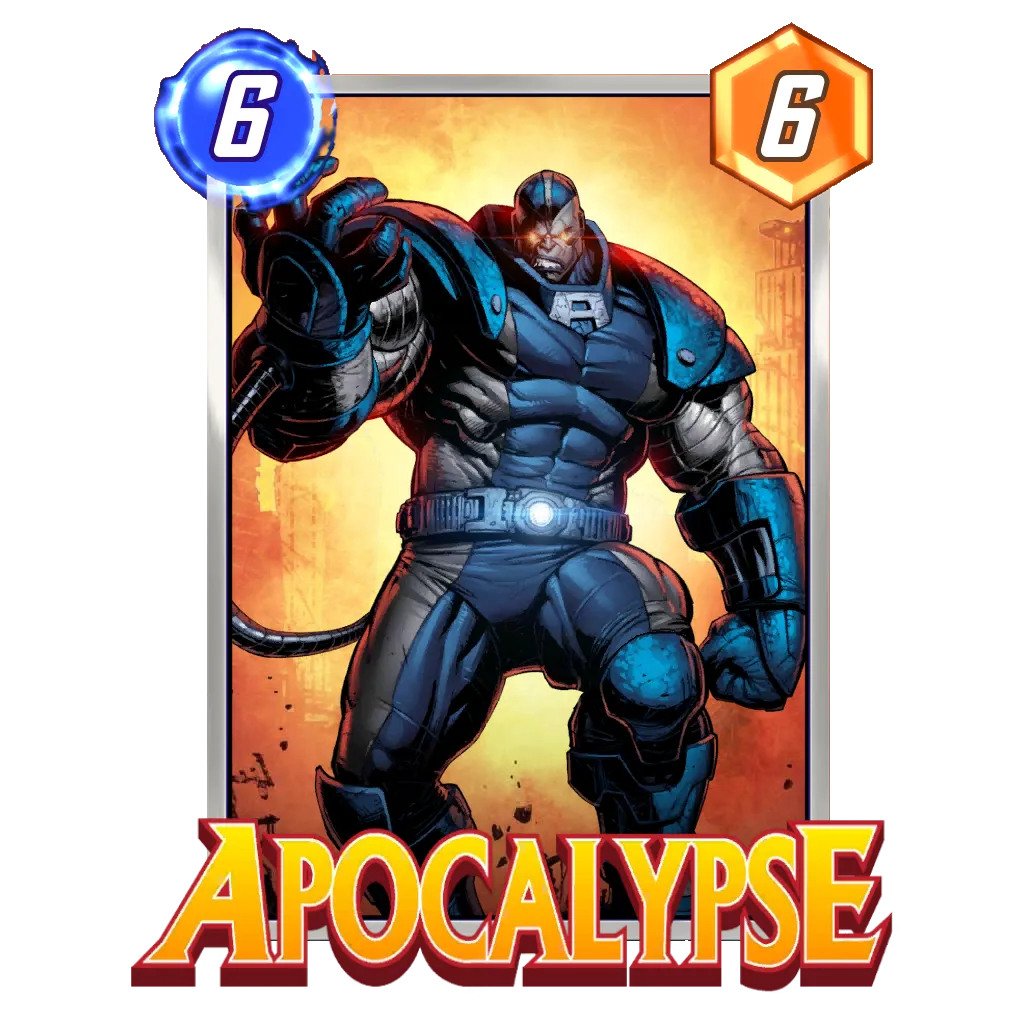








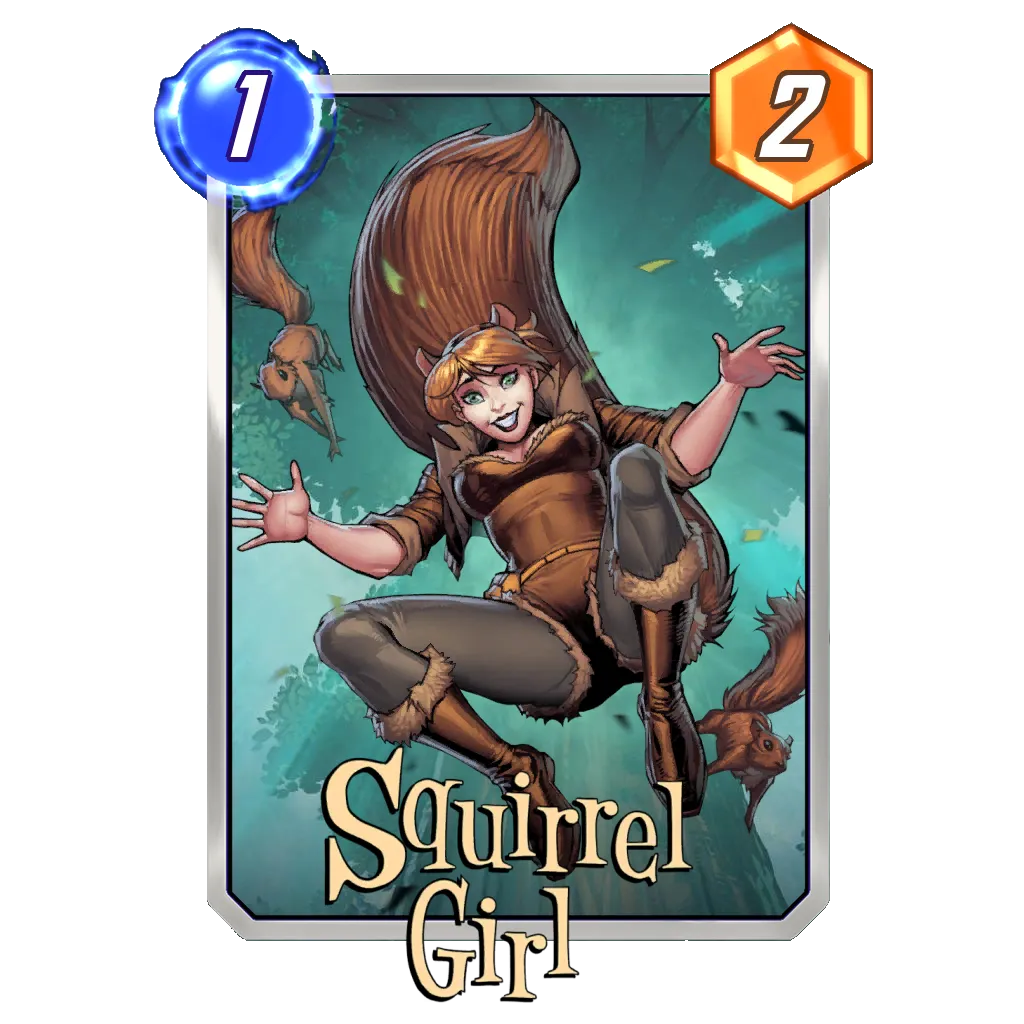








Odin: The king of the On Reveal synergy in Pool 1 is amongst the best 6-Cost cards early in your adventure. Played on a lane with On Reveal abilities to trigger, you should have no problem making your Odin worth at least 15 to 20 points in total.
Blade: Three power for a 1-Cost card is above average, and the low cost of Blade makes the card flexible enough to leverage its discard ability at various turns in the game. Also, you can simply play the card on turn six and overlook the discard completely.
Wolfsbane: Seven power is on par with the best cards in the 3-Cost pool. Paired with the fact that most synergies early on in Marvel Snap tend to look to flood the board, it should make Wolfsbane reliable enough to get to its biggest potential score.
Squirrel Girl: One of the best cards if you are about filling your side of the board for various reasons, Squirrel Girl can sometimes run into the problem of locations already doing it for you, which clogs your own board in the process. Still, the card sees play in the Ka-Zar or Destroy archetypes, and contributes nicely in both decks.
Strong Overall Cards
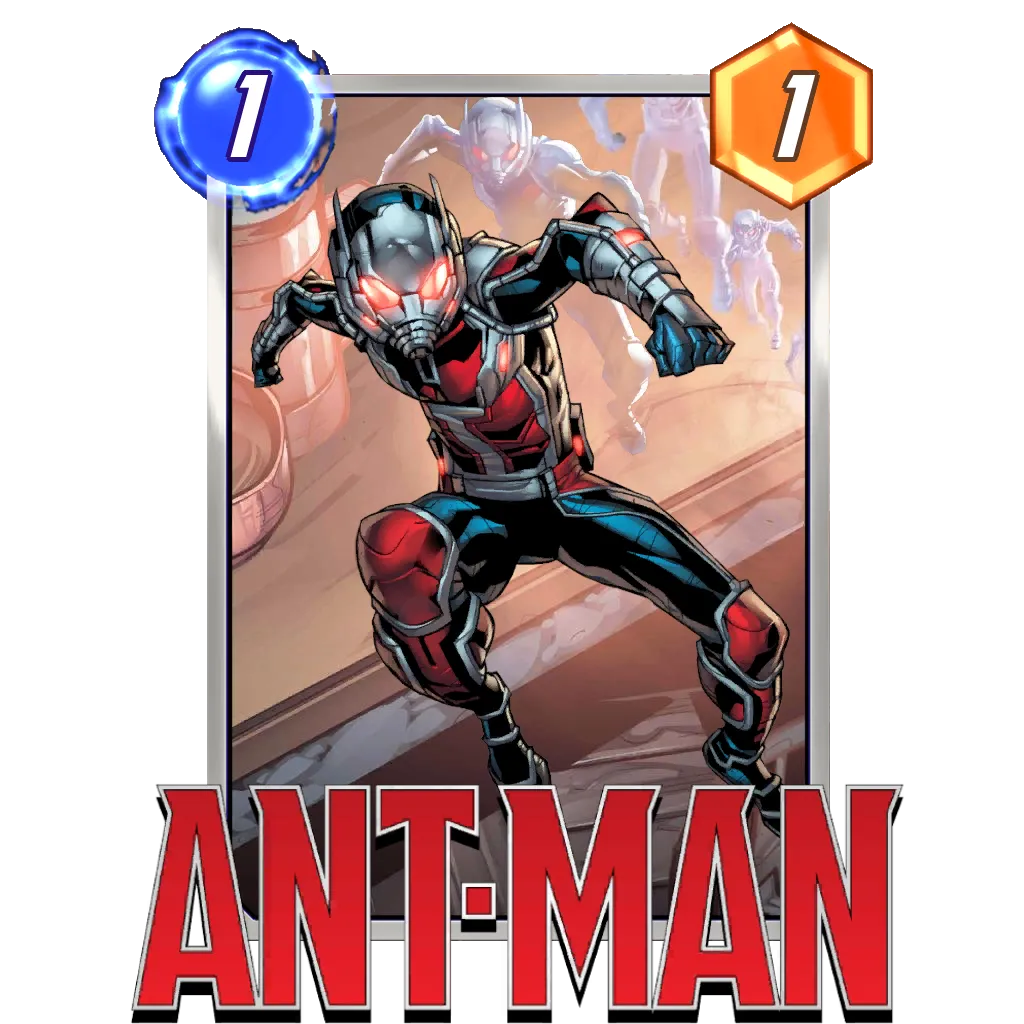










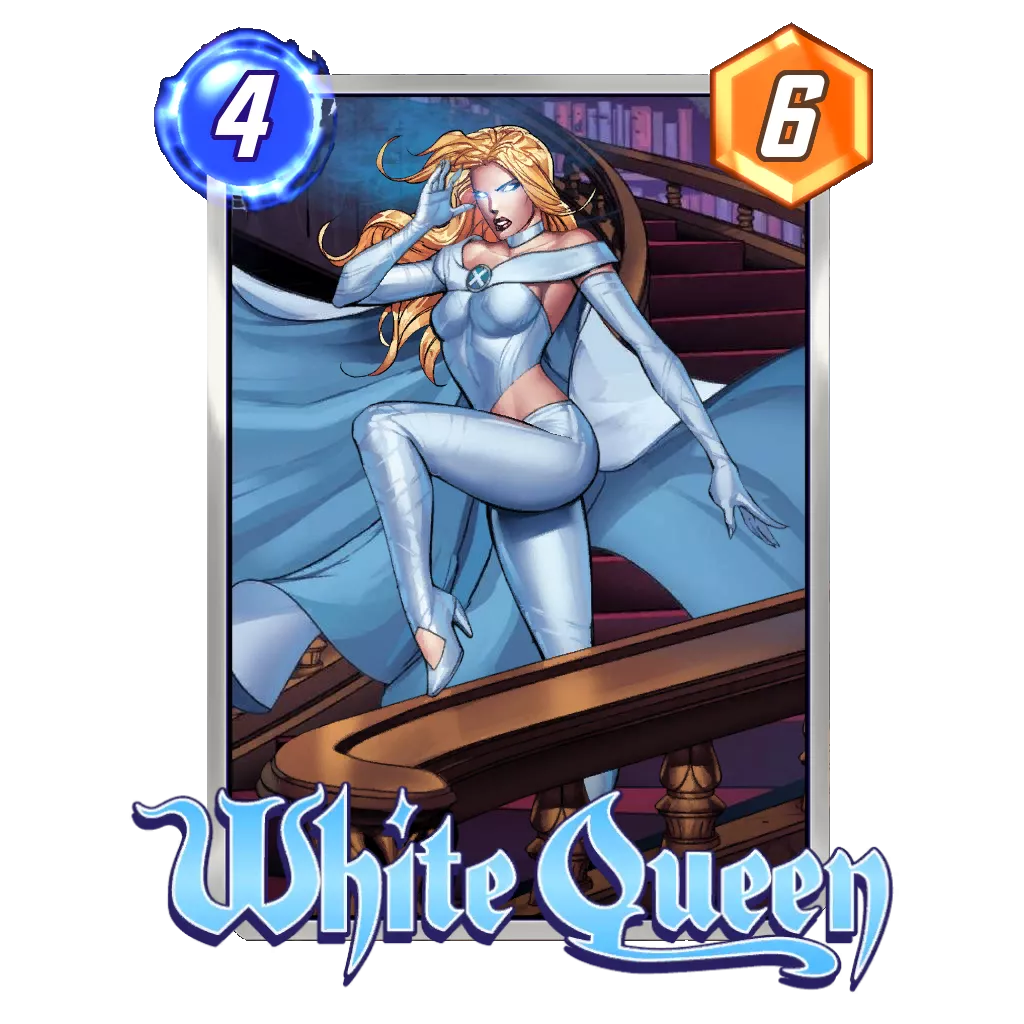










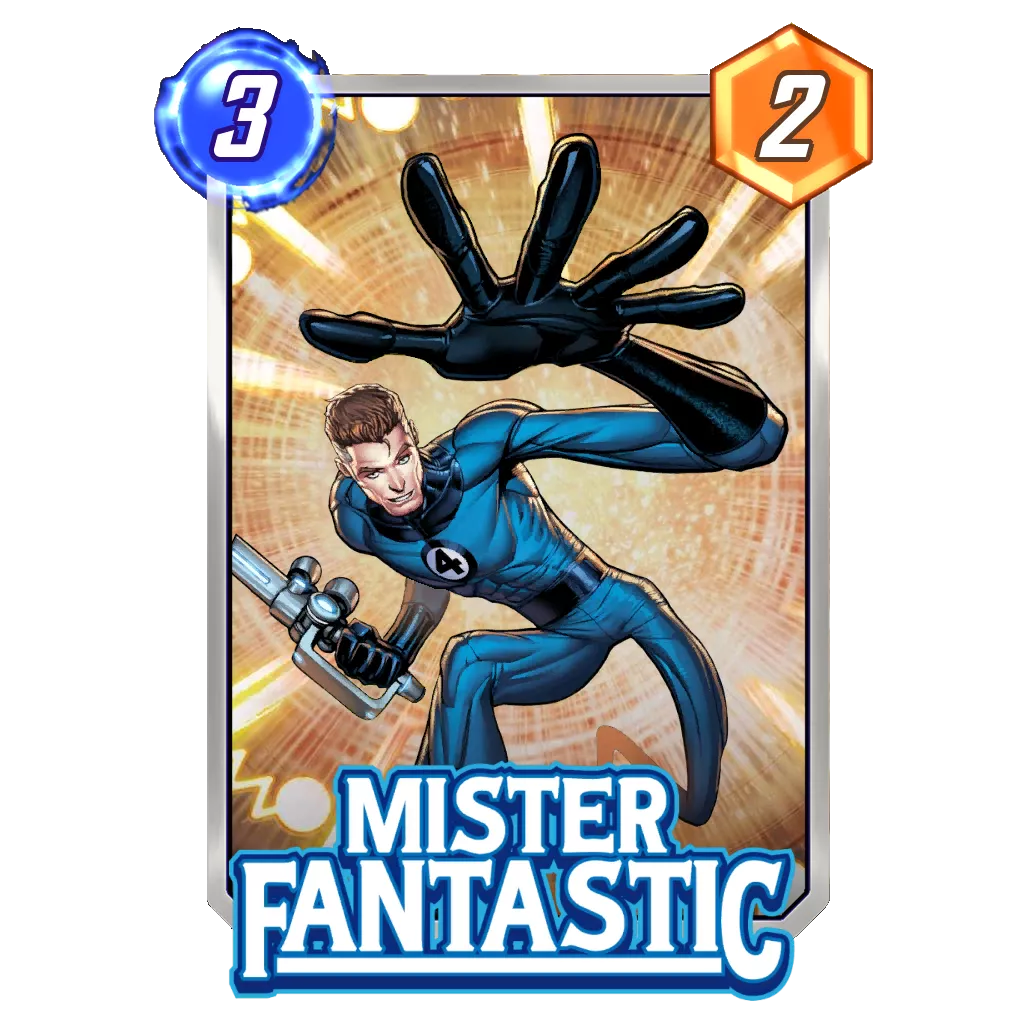








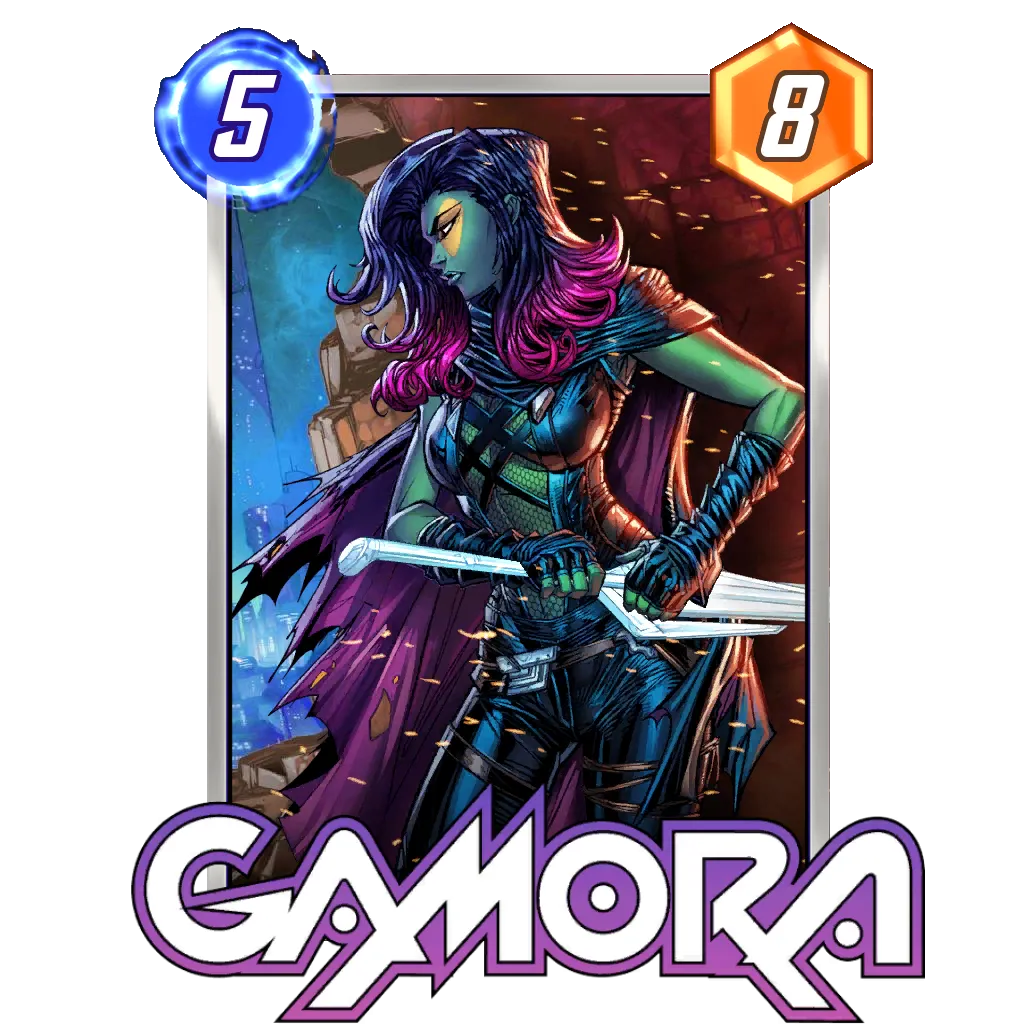












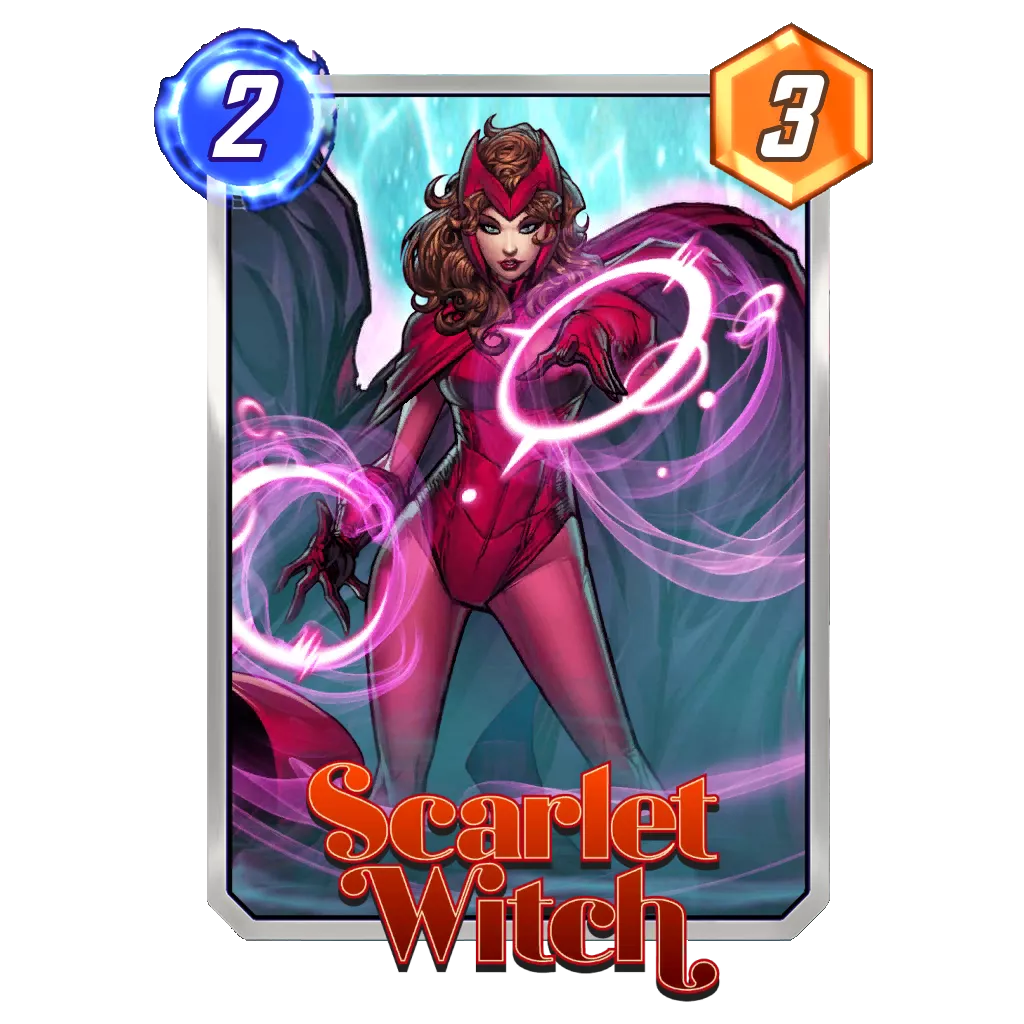













Ant Man: Five power in a 1-Cost card isn’t something you will find routinely in Marvel Snap. As such, in a game where playing a lot of cards is often a good strategy early on in your journey, Ant Man easily finds a way to be included in many decks.
The card isn’t in Tier S because Elektra is a threat while in Series one, as it will destroy either Ant-Man, or turn it back to a one power card.
White Queen: While she isn’t exceptional at anything precise, it is hard to not find utility in White Queen either. She can be used for points, as six power isn’t so bad. For information, as it will tell you about a precise card in your opponent’s hand. Or for flexibility, as you could get another option for your later turns thanks to the card you receive.
Cosmo: On Reveal is a synergy that will follow you through your whole journey in Marvel Snap, as decks using On Reveal cards range from Series 1 to Series 5. Cosmo won’t be an auto-include at all times, but it will be a valid consideration to round up your deck more often than one might think.
Mister Fantastic: Priority (who reveals cards first is determined by the total power on board) is kind of a big deal in Marvel Snap, and it might be even more important early in the experience compared to later down the line. By spreading points across the different locations, Mister Fantastic helps sizing priority, while it’s also a nice target for Onslaught, or to support Namor.
Armor: In Series 1, Armor isn’t as useful as it will become once you enter Series 2. For now, the card is mostly an annoying card for an opposing Carnage or Deathlok, but it can shine to win a location which would otherwise destroy cards.. Past Pool 1 opponents, Armor should quickly become one of your favourite 2-Cost, and see play in a ton of different synergies.
Gamora: A big body for her cost as a [5/12] is one of the best deals out there, if you can play it in the right place, Gamora is great to lock a location you know your opponent has to play on in order to take it back.
Scarlet Witch: A good utility card, Scarlet Witch is a nice inclusion in decks in need to play on all three locations. She usually serves as the last card in the deck, once the core of the strategy is already taken care of. However, don’t underestimate the surprise that comes with changing a location, especially one which was preventing both players from placing cards there.
Elektra: A great 1-Cost card when it destroys Ant Man or a buffed up Rocket Raccoon, Elektra should be included as a punish card, but will often find a suitable target while in Series 1.
B Tier
There are a lot of cards in the B Tier, so I am going to be breaking them up into smaller chunks. The big difference from A Tier is that B Tier cards usually need a more specific setup, serve as a support tool, or are less impactful for their cost.
Overall Good Cards
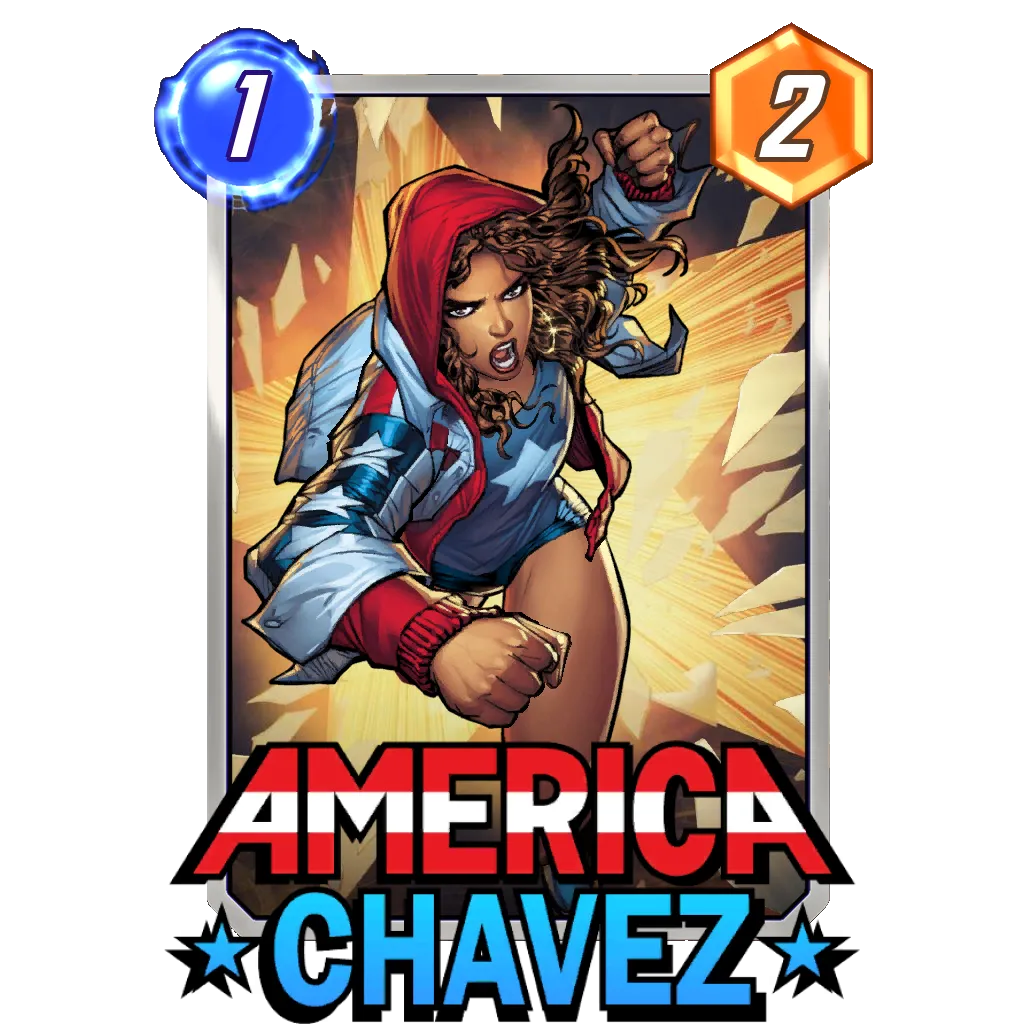








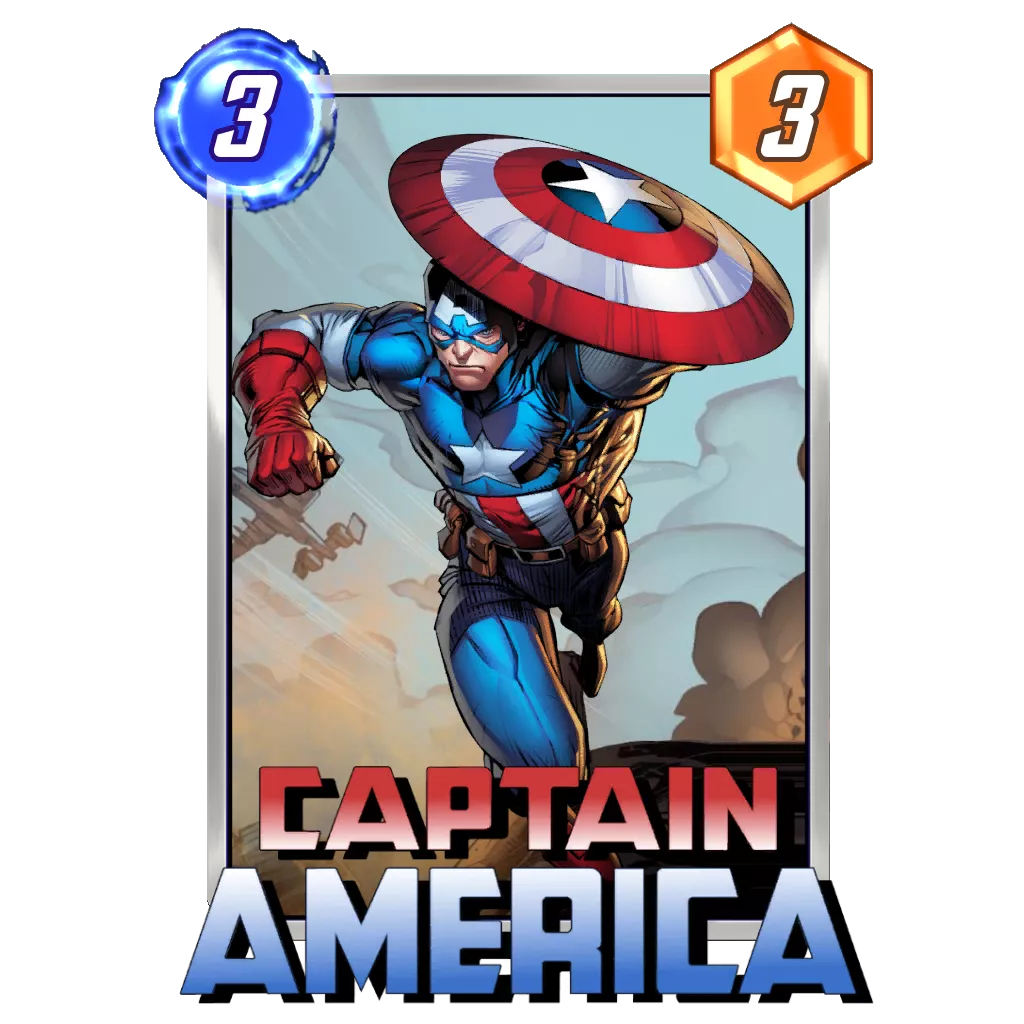

















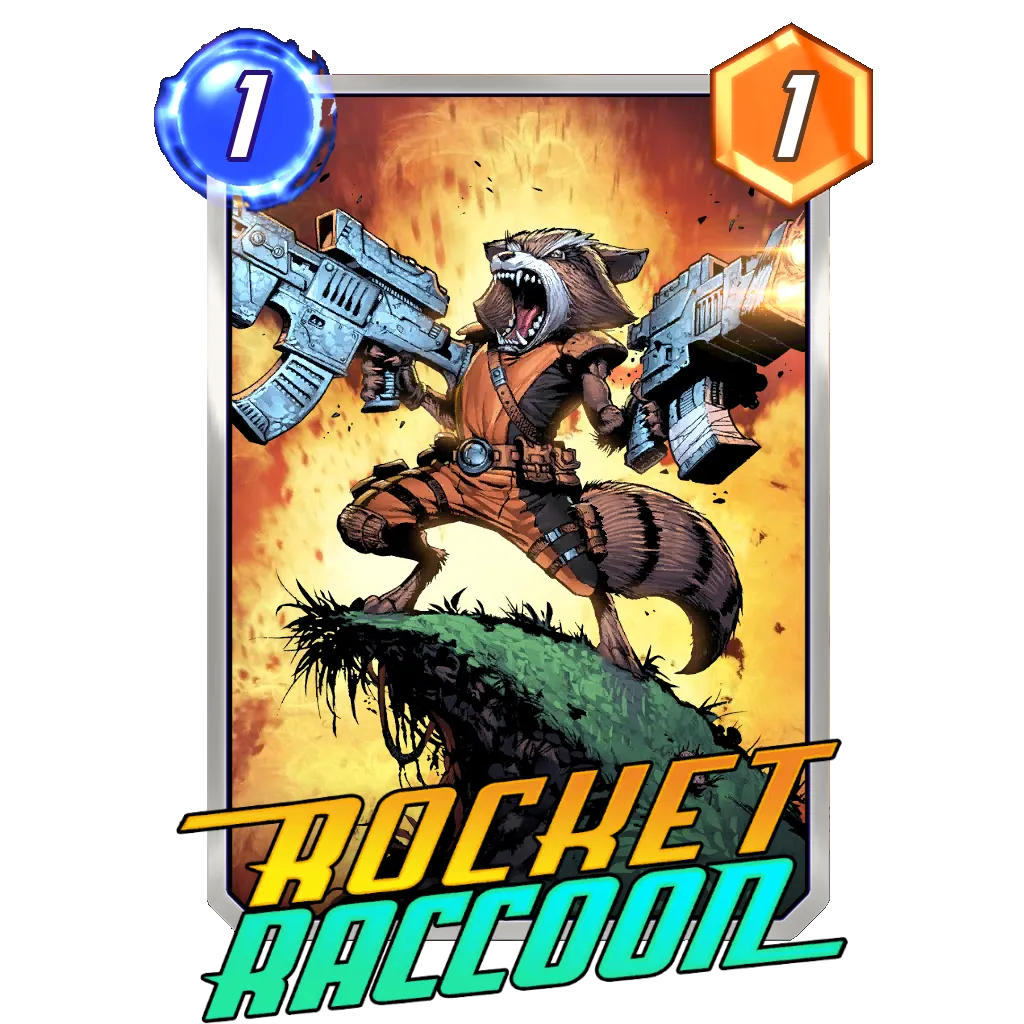






America Chavez: Now a 1/2 with a little bonus added to it, America Chavez remains a fine card, but is far from its status of safe inclusion in almost any deck in the game. We might lack some of the great targets we’ll unlock later on in our journey.
Sentinel: A good 2-Cost for decks that fear they might not have something to play every turn, Sentinel serves as a nice filler. Also, it is part of the Devil Dinosaur package, which raises the card’s overall stock.
Captain America: A solid pick in any deck that will turn the card into a six power contribution every game, Captain America tends to lose its spot in favour of Mister Fantastic or Wolfsbane as time passes.
Korg: Drawing a Rock is effectively seeing one less card from your deck for the game, and it can be all it takes to derail someone’s gameplan at times. While other 1-Cost cards tend to be visibly stronger, Korg can be a silent killer while your collection is limited.
Medusa: Although you have to play the card in a specific location which can sometimes punish you, [2/5] is a really good deal, and Medusa still sees play at the competitive level because of it.
Rocket Raccoon: Another solid 1-Cost card, Rocket Raccoon is part of the very short list of early drops able to reach five power, sharing the distinction with Ant Man. The reason it is a tier below, is the more challenging way to get it.
Good Support Tools
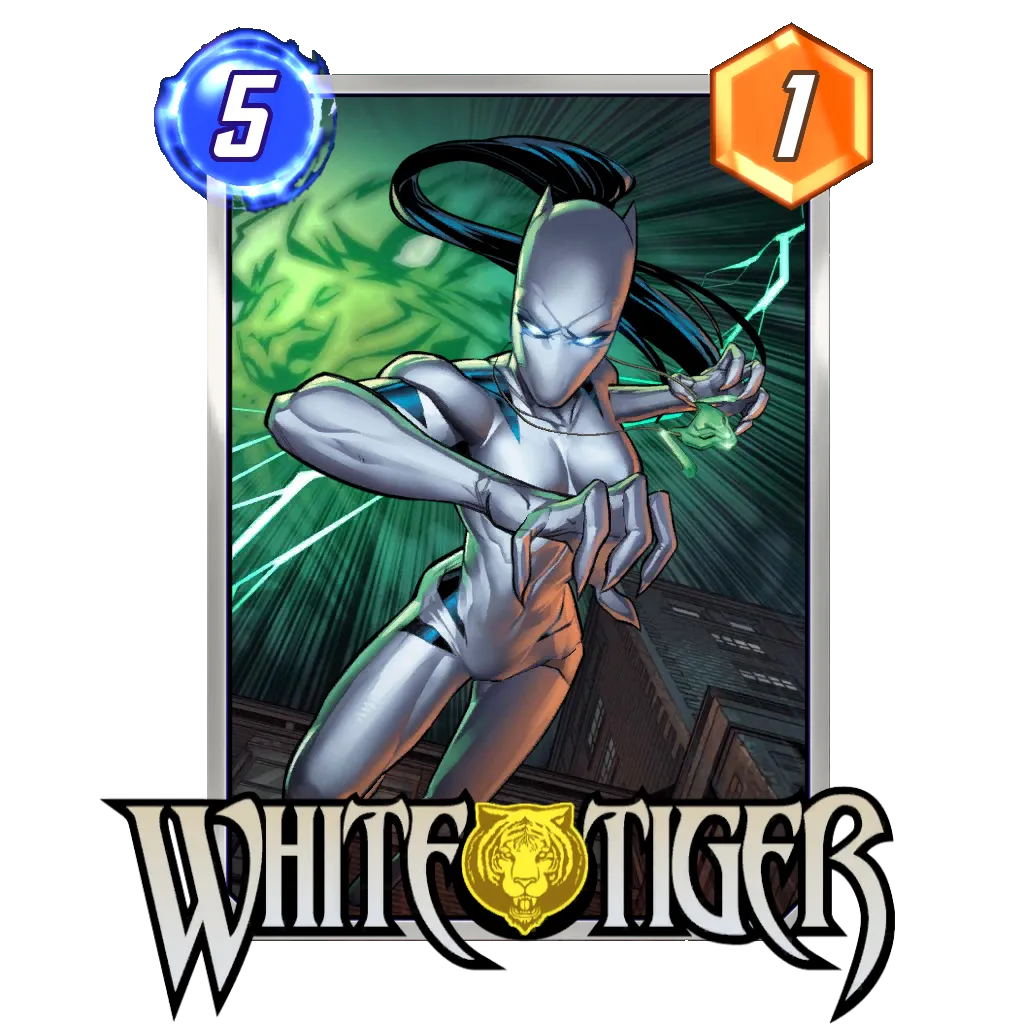




Moon Girl: A great value option, and Devil Dinosaur‘s best friend. Moon Girl allows you to play cheaper cards in your deck and not run out of steam before game’s end.
Klaw: The ability to impact multiple lanes can be a great one at times, and the Ongoing synergy sees plenty of ways to be supported in Series 1.
White Tiger: Odin‘s best ally, White Tiger is a great card when you begin Marvel Snap and should be included in most of your On Reveal-based decks. On its own, the card is a little lackluster, hence the B Tier inclusion.
Spectrum: In the right deck, Spectrum can represent 15 or so power value, but lack the flexibility to be an all around good card. Consider Spectrum anytime you are building a card will lots of Ongoing abilities. She also sees play in Ongoing Destroyer, a solid budget deck in Marvel Snap.
Good Cards in a Specific Deck
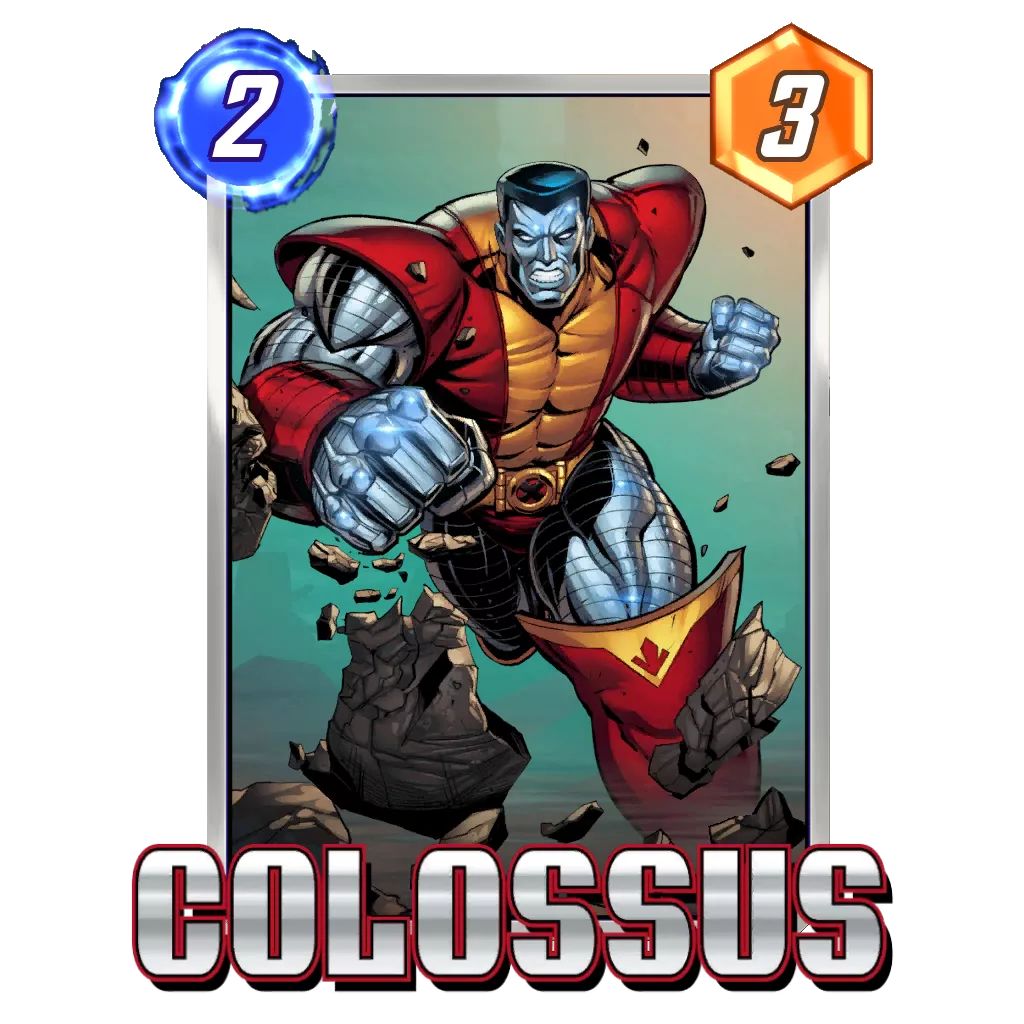









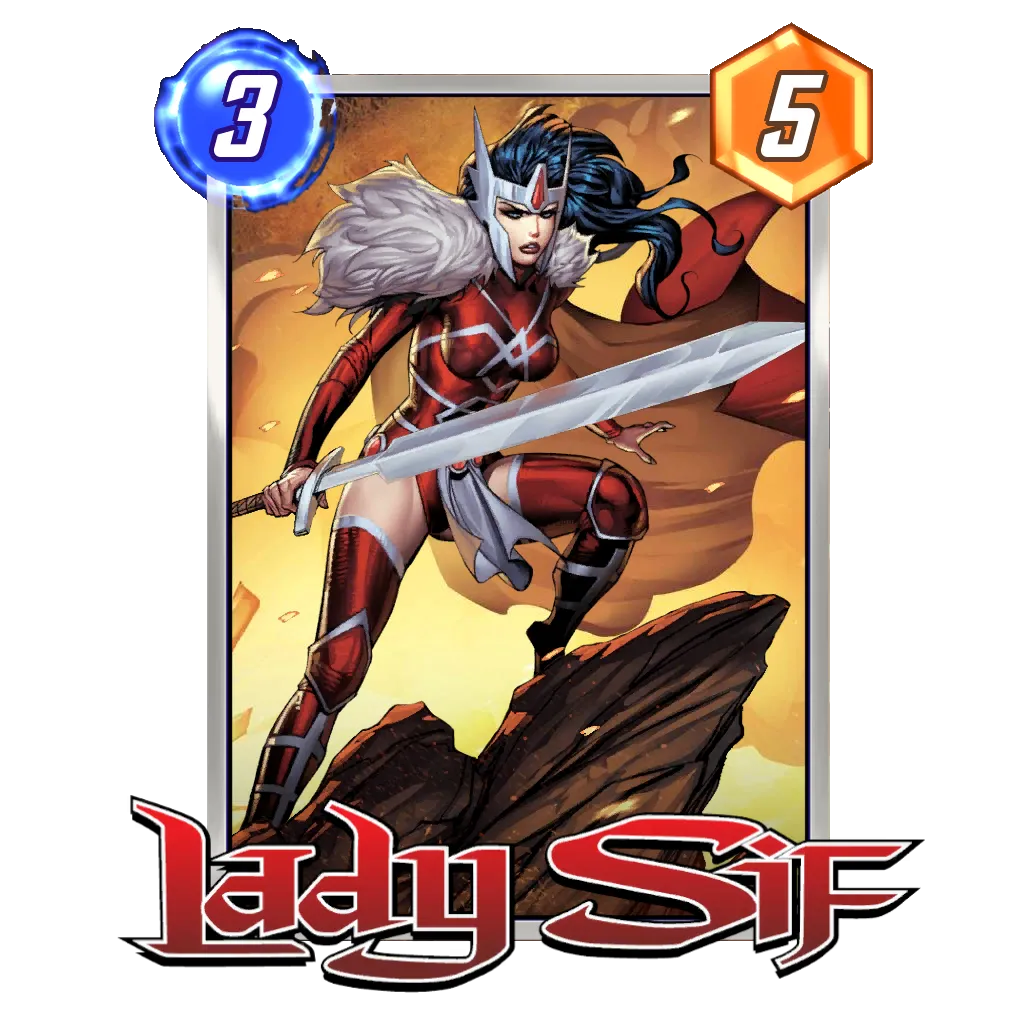









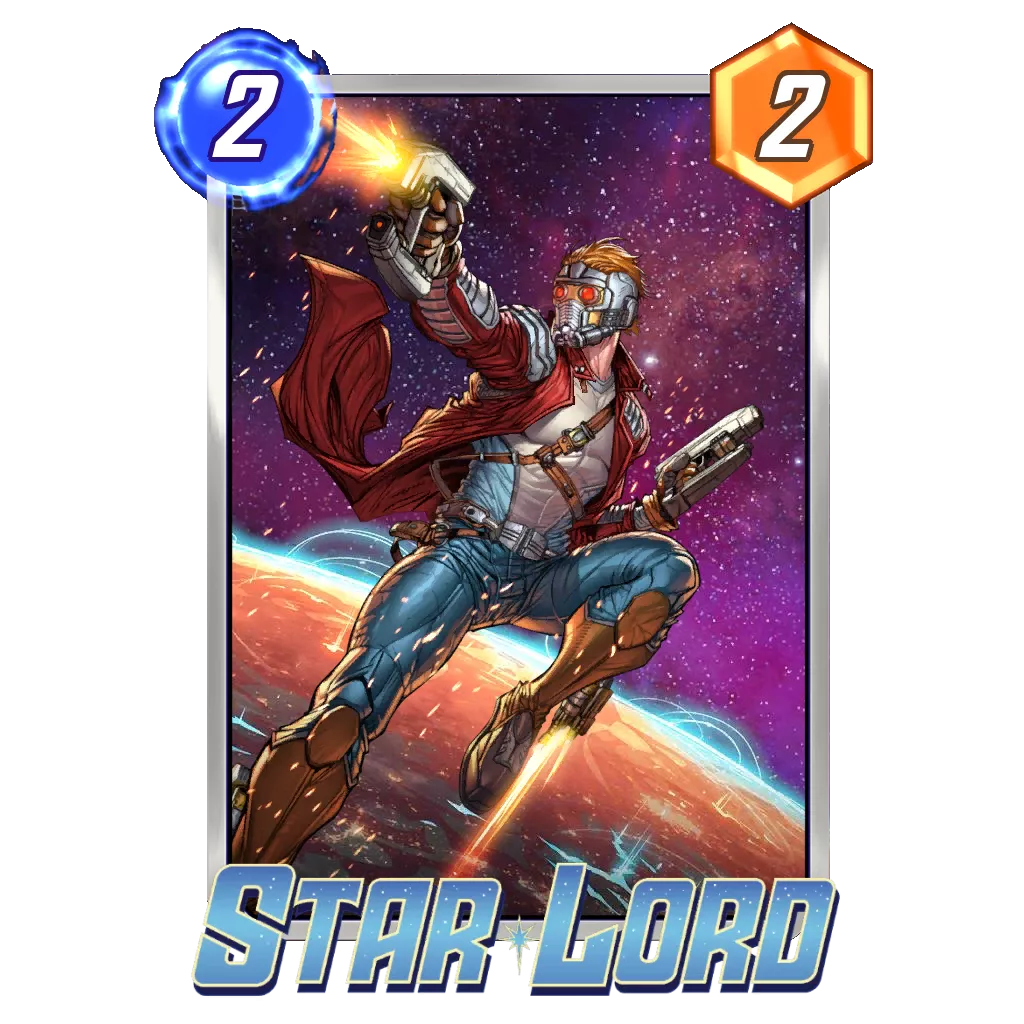







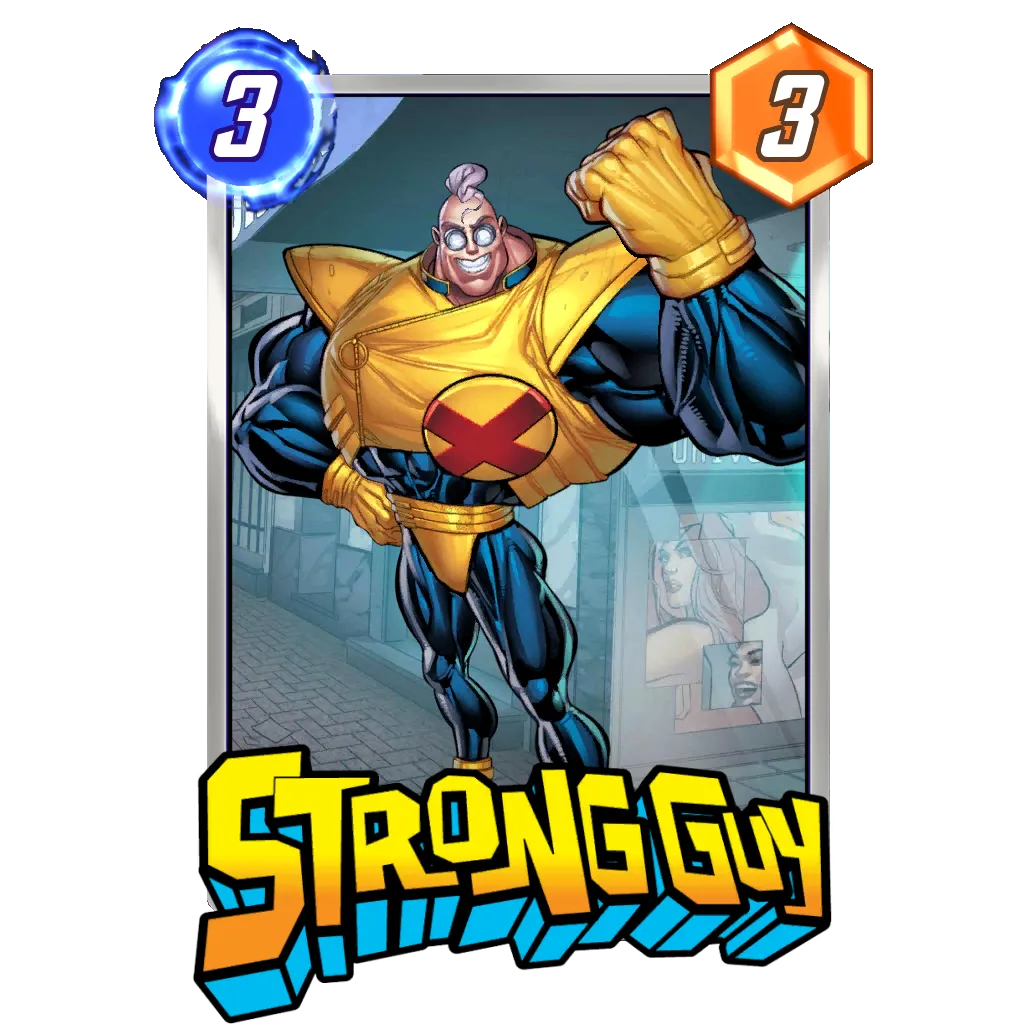





Nova: Nova‘s ceiling is as high as you have other cards on the table, making it potentially the best 1-Cost card in the game. It does require some help though, and can be countered by Armor, Cosmo, or a bad location.
Colossus: A nice utility in an Ongoing deck, Colossus is also a card that tends to shine during Featured or Hot Locations, as the card ignores many effects.
Sword Master: The go-to 3-Cost card for any discard based deck early on. Sword Master usually doesn’t see much play outside of those, as cards like Wolfsbane, Captain America, or Mister Fantastic tend to get the nod over it.
Lady Sif: A staple in Discard based decks and Apocalypse‘s best friend, Lady Sif is unfortunately limited to this archetype only, as she lacks the versatility of other 3-Cost staples.
Deathlok: Lady Sif, but for the Destroy synergy. Deathlok can be an asset on specific Featured Locations or simply as a five power card on an empty one. However, the card tends to be a worse Carnage more often than not, and really needs Bucky Barnes from Series 2 to become a solid card.
Onslaught: The Odin to the Ongoing synergy, Onslaught can’t find too many great cards to abuse yet in Series 1, and tends to be edged out by the more flexible Spectrum at this point in your journey. Don’t count Onslaught out though, the card shines in combo-oriented builds, and will be a player as you unlock more cards to abuse.
Namor: Does your deck not plan on using all three locations ? Just slam Namor onto the third one and force your opponent to match its eleven power, which will typically require more than four energy to do so.
Ironheart: If Odin wasn’t available already, you probably would have little reason to run this card. But if you build around the On Reveal synergy, looking to trigger certain abilities a second time, then Ironheart is suddenly a solid inclusion.
Star-Lord: If you get the lane right when you play Star-Lord, you get a 2/6, already a great deal. Yet, if you also consider Odin is a great card in Marvel Snap, you then have a shot at 2/10 if you get both triggers, making Star-Lord the biggest 2-cost card at this stage of the game.
Lizard: The card has an obvious downside, which makes it a rare inclusion overall. Yet, Paired with Elektra or Enchantress, Lizard will often be a [2/5], which is more than most other 2-cost cards in Marvel Snap.
Strong Guy: Nine power for a 3-cost is the best deal you will get at this point of your journey. There aren’t many ways to get it done, but with Blade, Sword Master and maybe Lady Sif as well, you can build something around the card for sure.
Good Tech Cards Able to Punish Certain Opponents
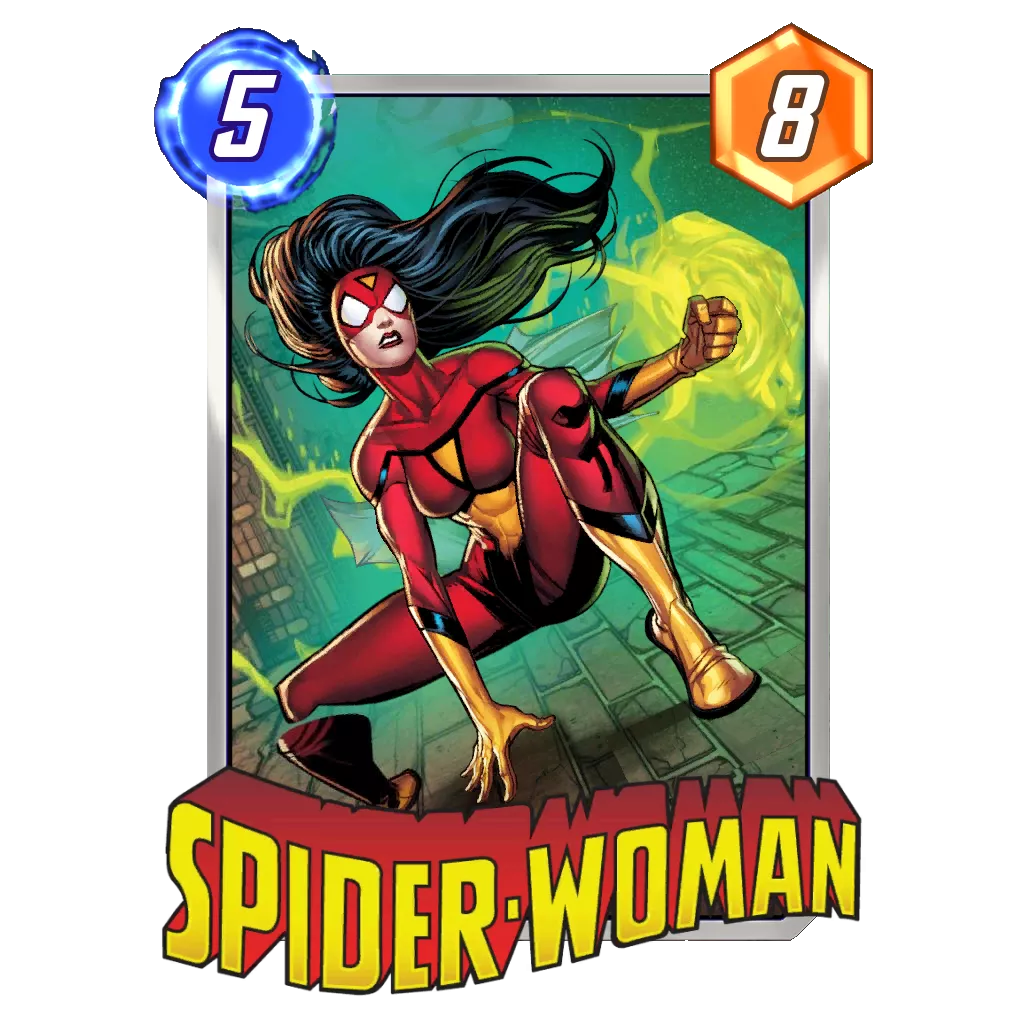








Spider-Woman: Usually associated with Odin in order to completely ruin a lane for the opponent, Spider-Woman tends to be edged by other, more proactive On Reveal abilities, such as Gamora or White Tiger. As such, you should mostly consider the card as a twelve power card against opponents who tend to fill a location quickly.
C Tier
C Tier cards are typically not strong enough to push their synergies to be relevant. These cards depend on an already strong deck to need them in order to see play.
Good Cards in the Wrong Synergy
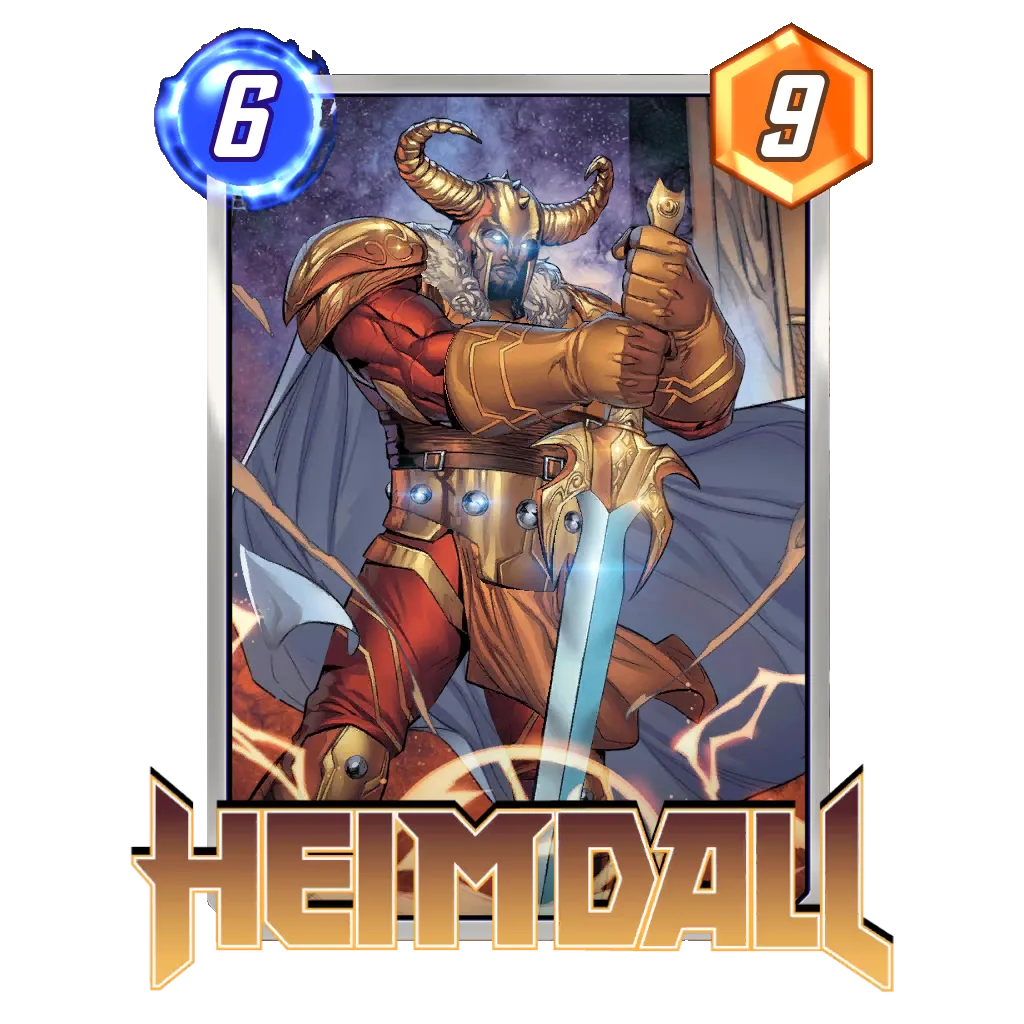






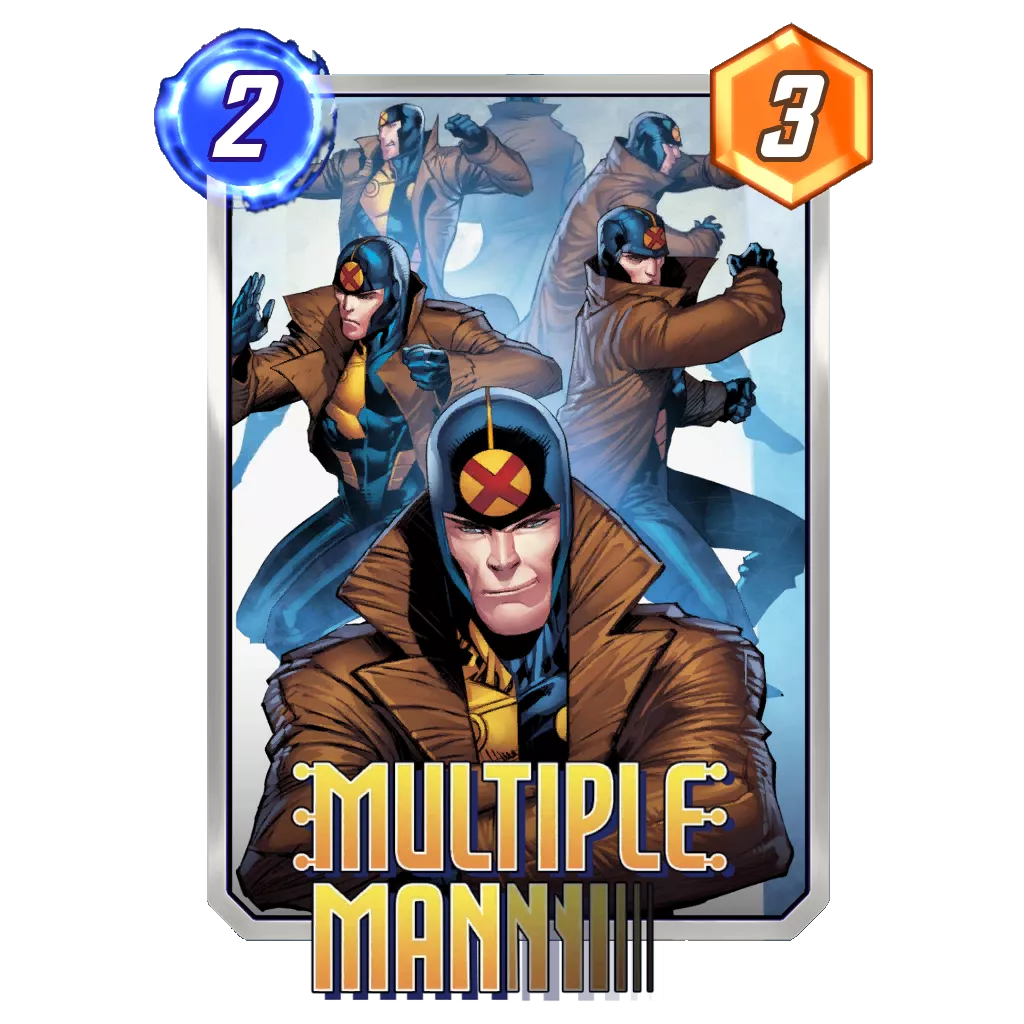





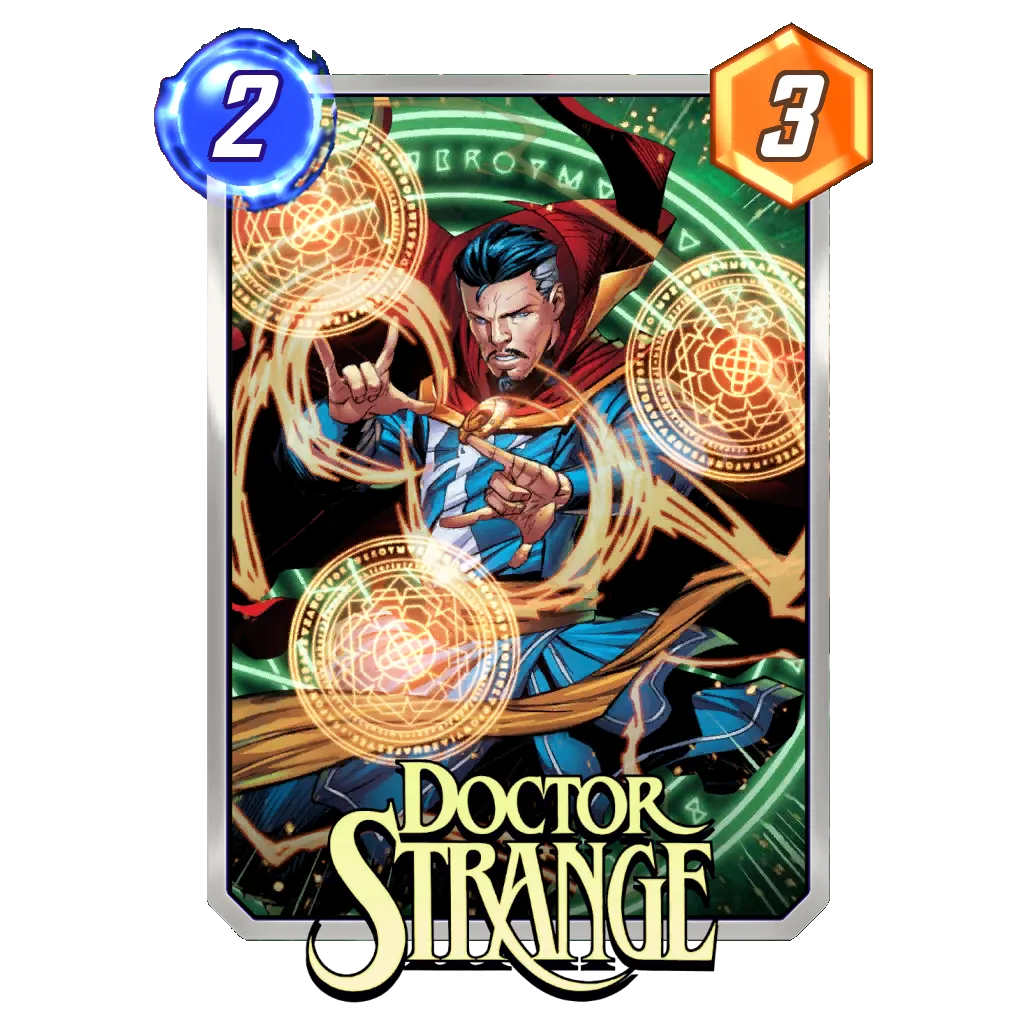










The Move package is a very synergistic one, and unfortunately misses some key pieces that will only be collected in Series 2, such as Vulture or Cloak. As a result, the cards supporting the move synergy outside the cheaper, more flexible ones that are Nightcrawler and Iron Fist are difficult to use at the start of your Marvel Snap adventure.
Doctor Strange and Heimdall can see play to abuse some locations, and getting cards to a place that would otherwise be very difficult to reach. When it comes to Kraven and Multiple Man though, it is really difficult to justify running these two cards in your deck compared to other options. These tend to have much more upsides once the Move synergy isn’t the sole focus of your deck.
Not Good Enough to be Often Included in a 12-Card Decklist
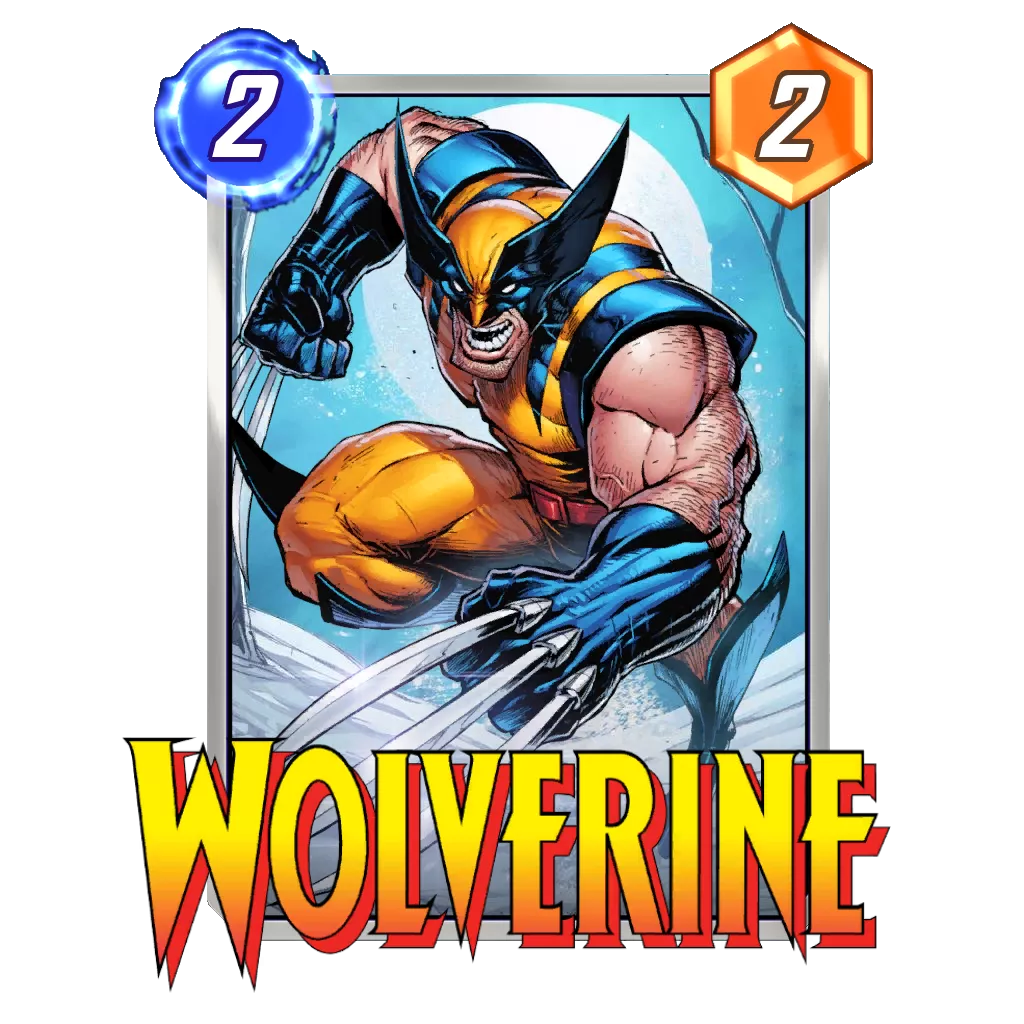










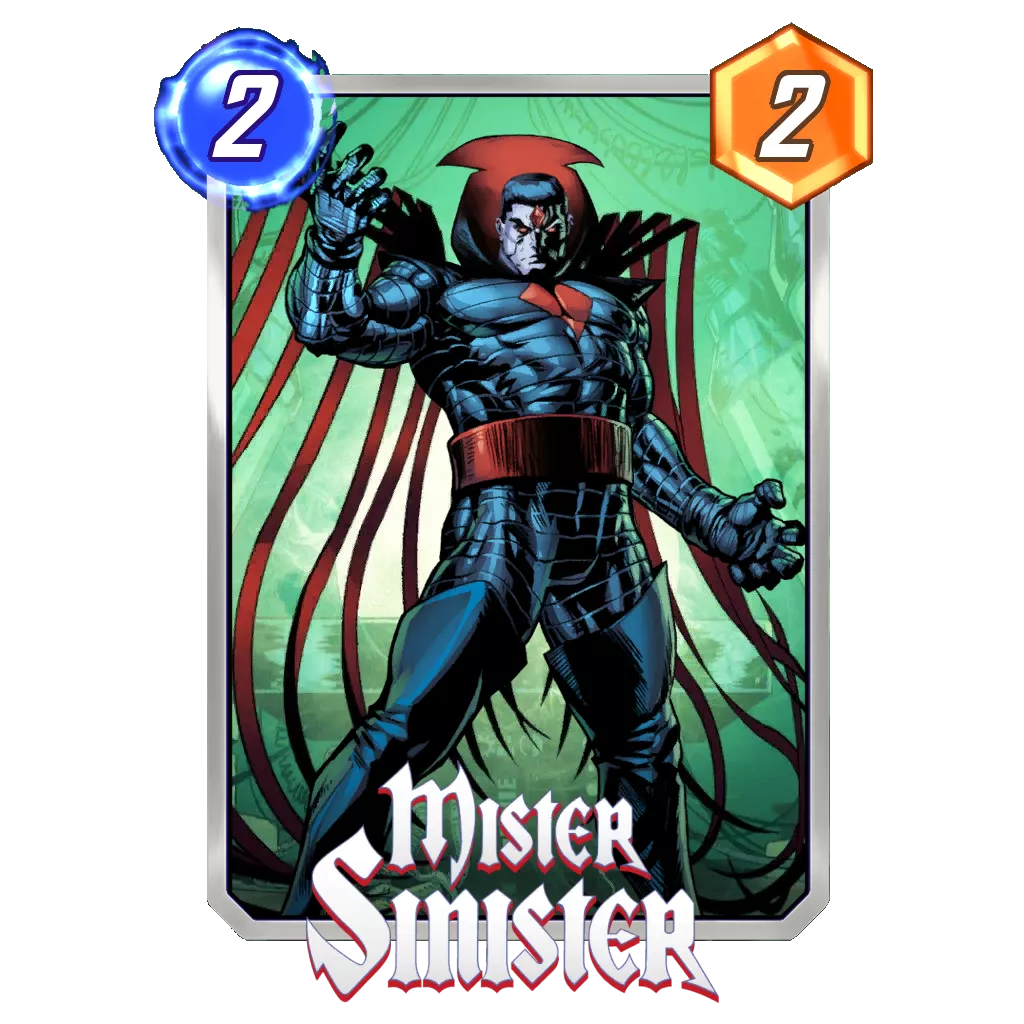










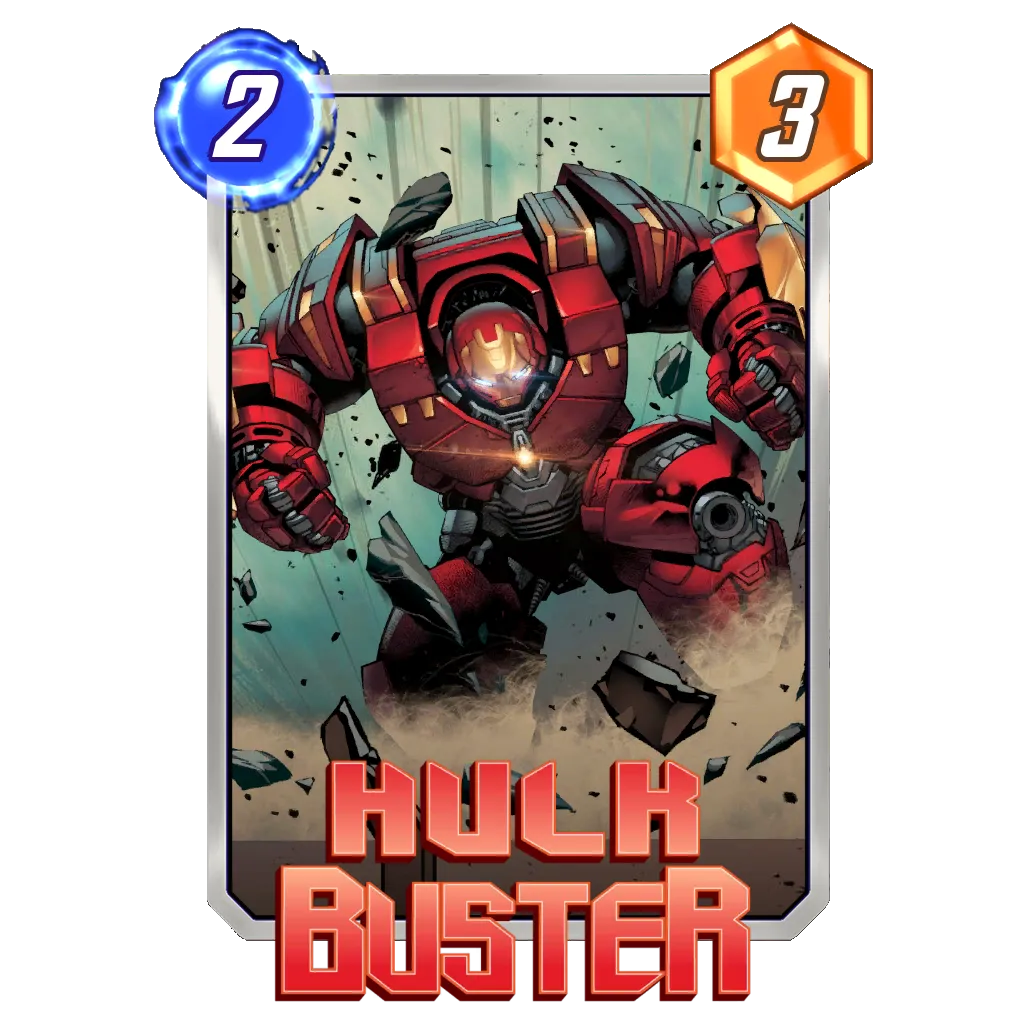






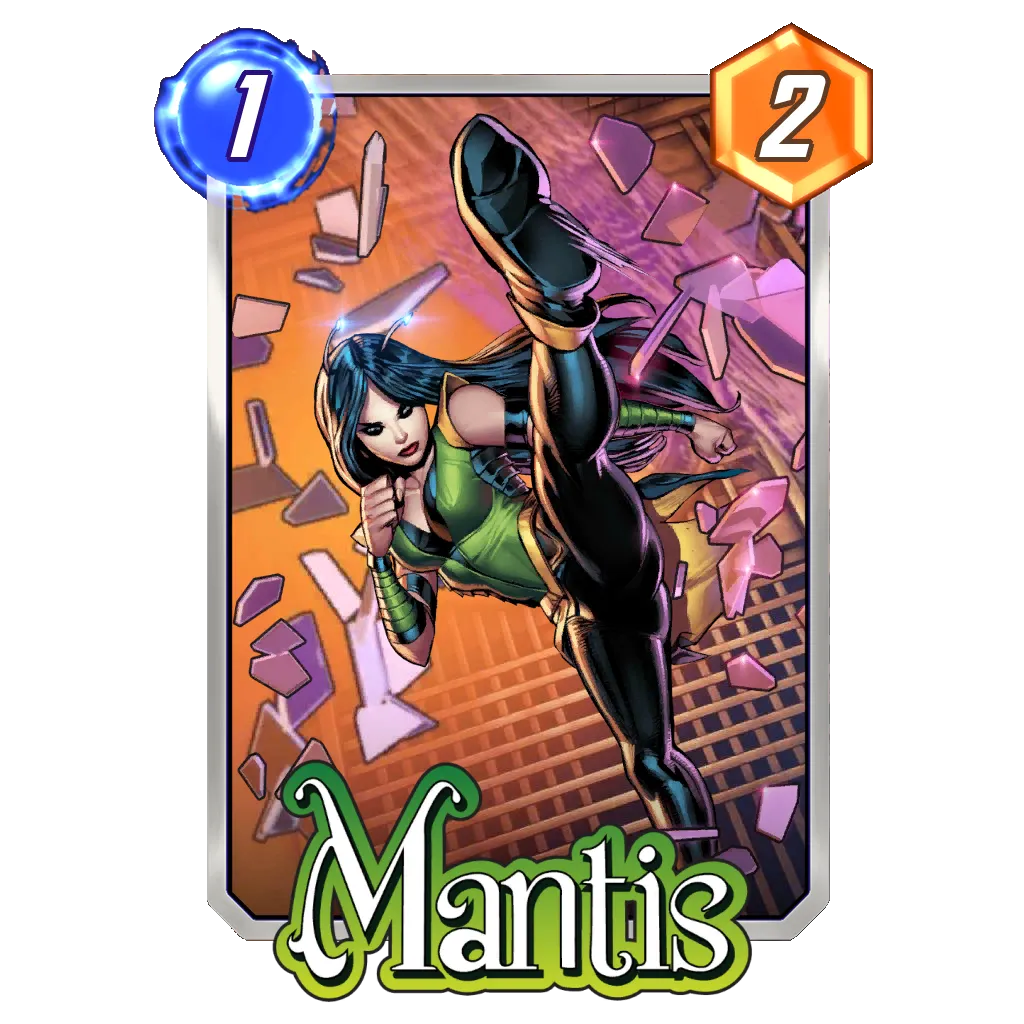






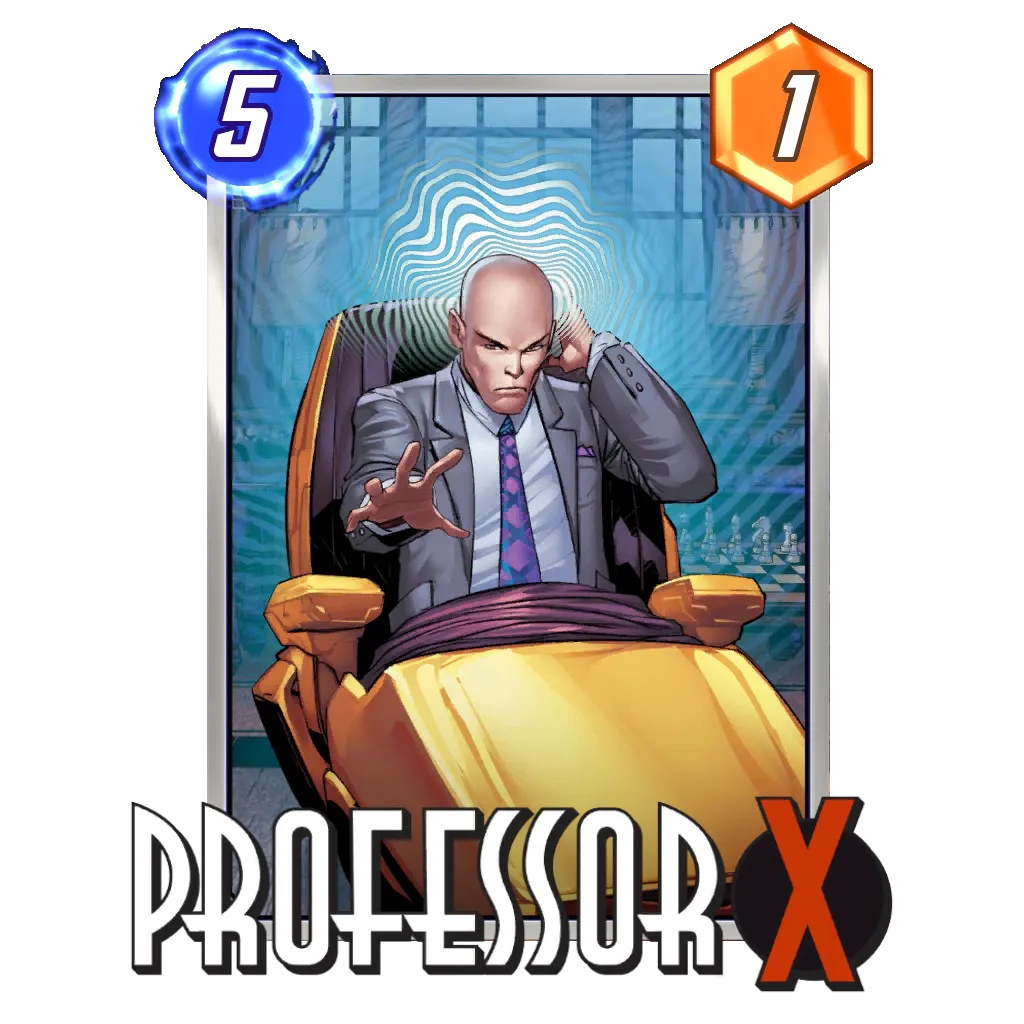









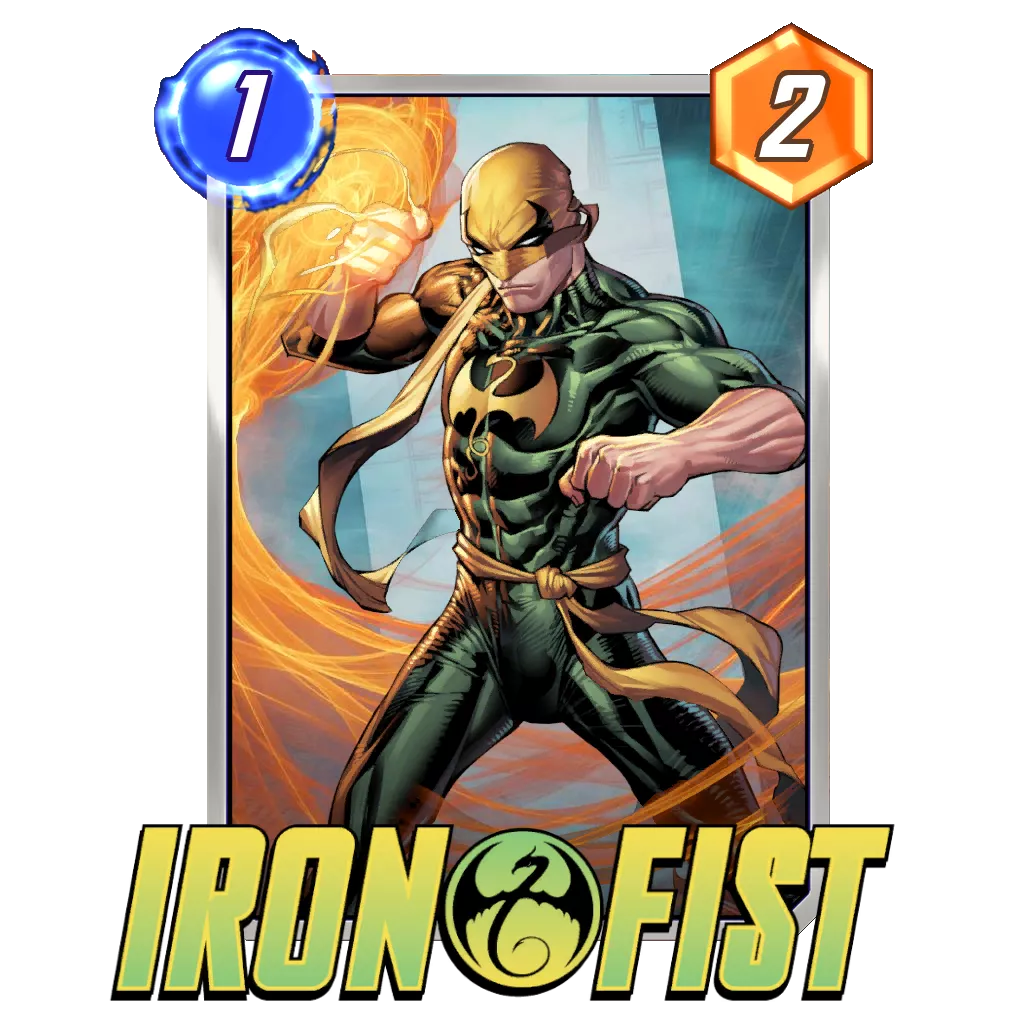







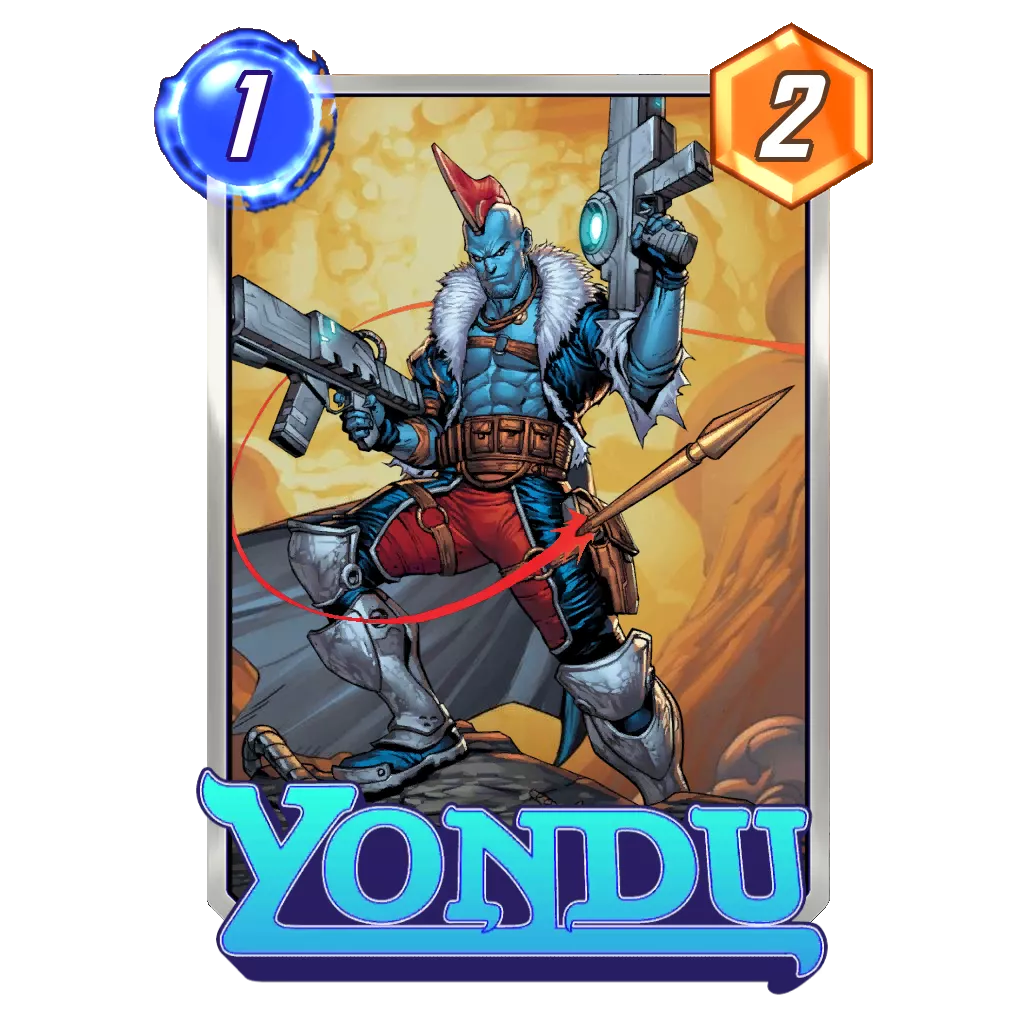





These cards aren’t necessarily bad, and they can fill a role in several decks. The problem arises when you have to chose which cards to include, and the space in Marvel Snap is very limited. As a result, these cards tend to be the first, or second ones we aren’t including for lack of space, but that shouldn’t stop you from considering them, and thinking about their synergies in your deck.
Later in your experience, you will also unlock new cards, which will give some of these cards a new life, as there will be additional ways to work around their ability. Wolverine is a regular inclusion in Galactus or Destroy decks, Mister Sinister sees play with Cerebro or Patriot, while Forge has been a staple in the Bounce deck for a very long time now, and a really good card to grow Deadpool or Multiple Man in their featured decks.
See this group of cards as ones that won’t fit everywhere, like the A Tier cards could, but that aren’t to completely forget about either, as they are good enough to be relevant as you enhance your collection or find a specific synergy to exploit.
Lacking Some Overall Power to See Play
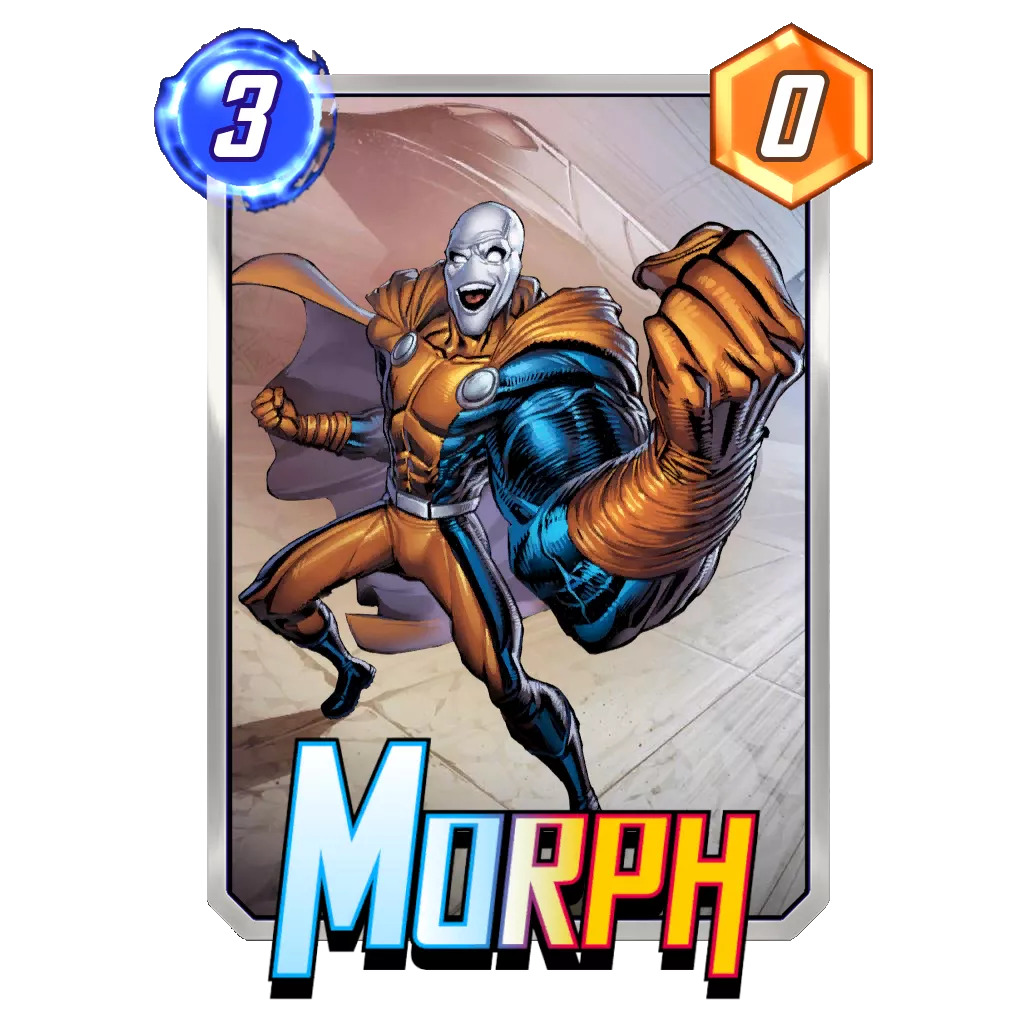





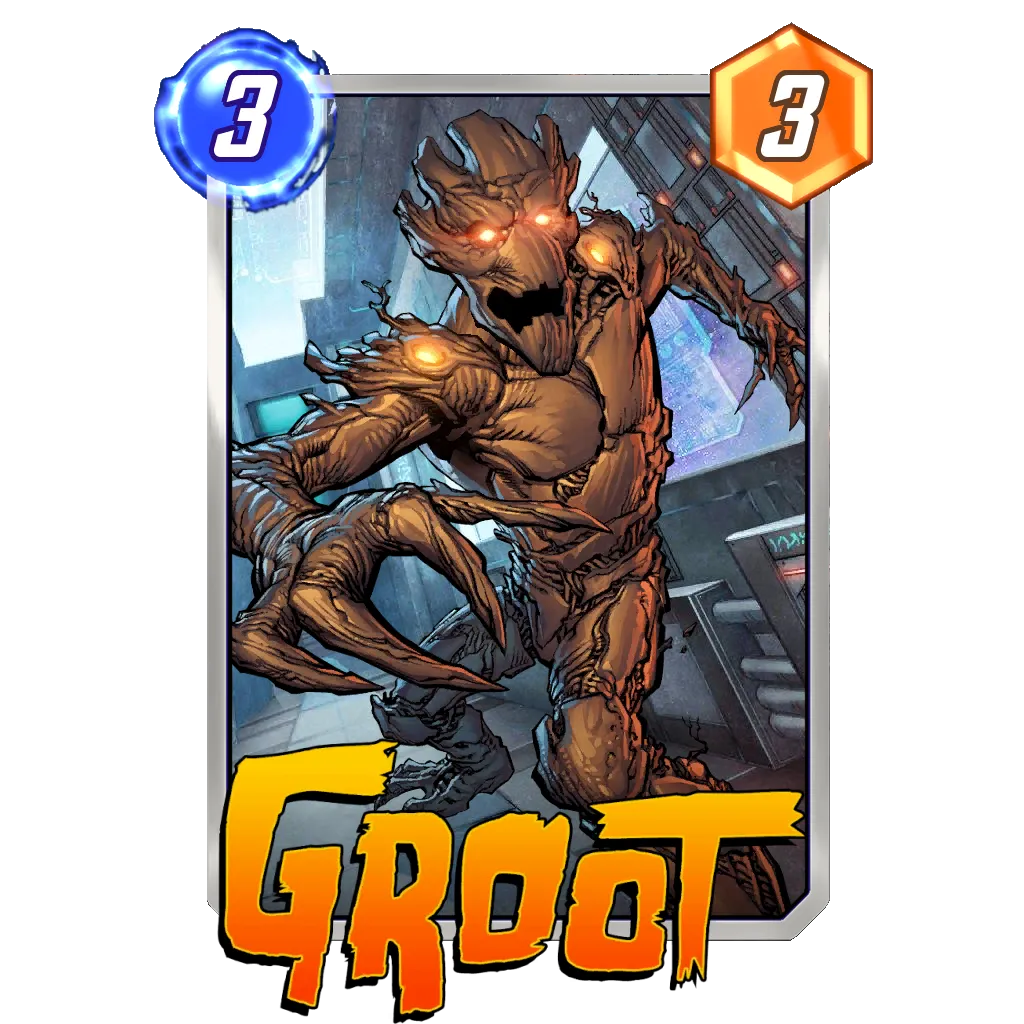







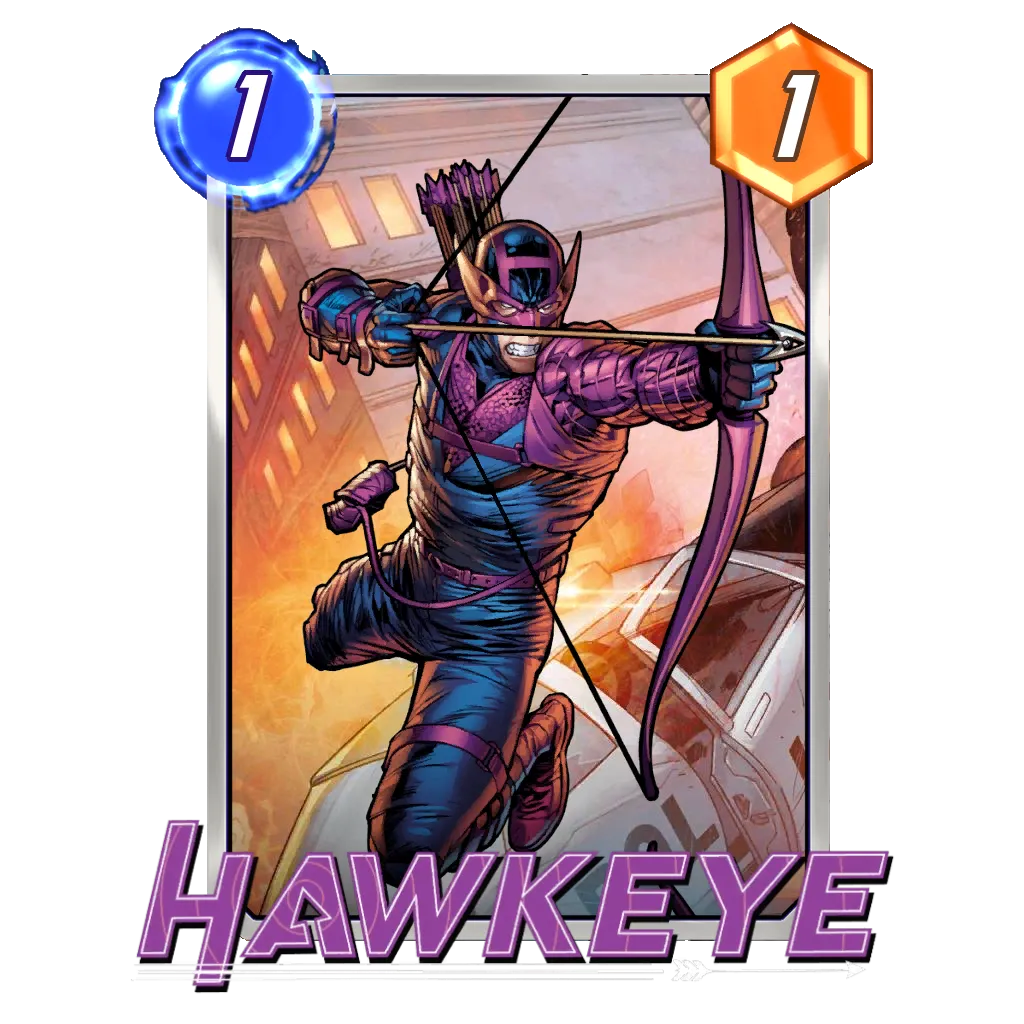









Compared to the previous category, these cards have a much bigger problem: There are stronger options in the game already. This means, you might want to play these if you would want to duplicate a certain pattern, or increase the reliably you can develop a card. Otherwise, they will usually be left outside of your deck, as better cards are available for the cost.
For example, Hulkbuster tends to be a worse Forge, and is only included if you think you would want more than Forge as a potential buff in your deck. Star-Lord is a more difficult Lizard, which only works if you guess where your opponent will play. Groot is a worse Wolfsbane. Hawkeye growing to three power is edged out by Blade, Ant Man and such cards.
It isn’t that these cards are necessarily not worth running in your deck, rather that unless you are missing the better option, you will usually keep those in the collection.
D Tier
D Tier cards are ones which pretty much never see play except for very specific purposes. Most are the starter deck cards, which you want to swap out of your decks as soon as you get replacements that are marginally better. Some of them will come back in Pool 3, later in your journey.
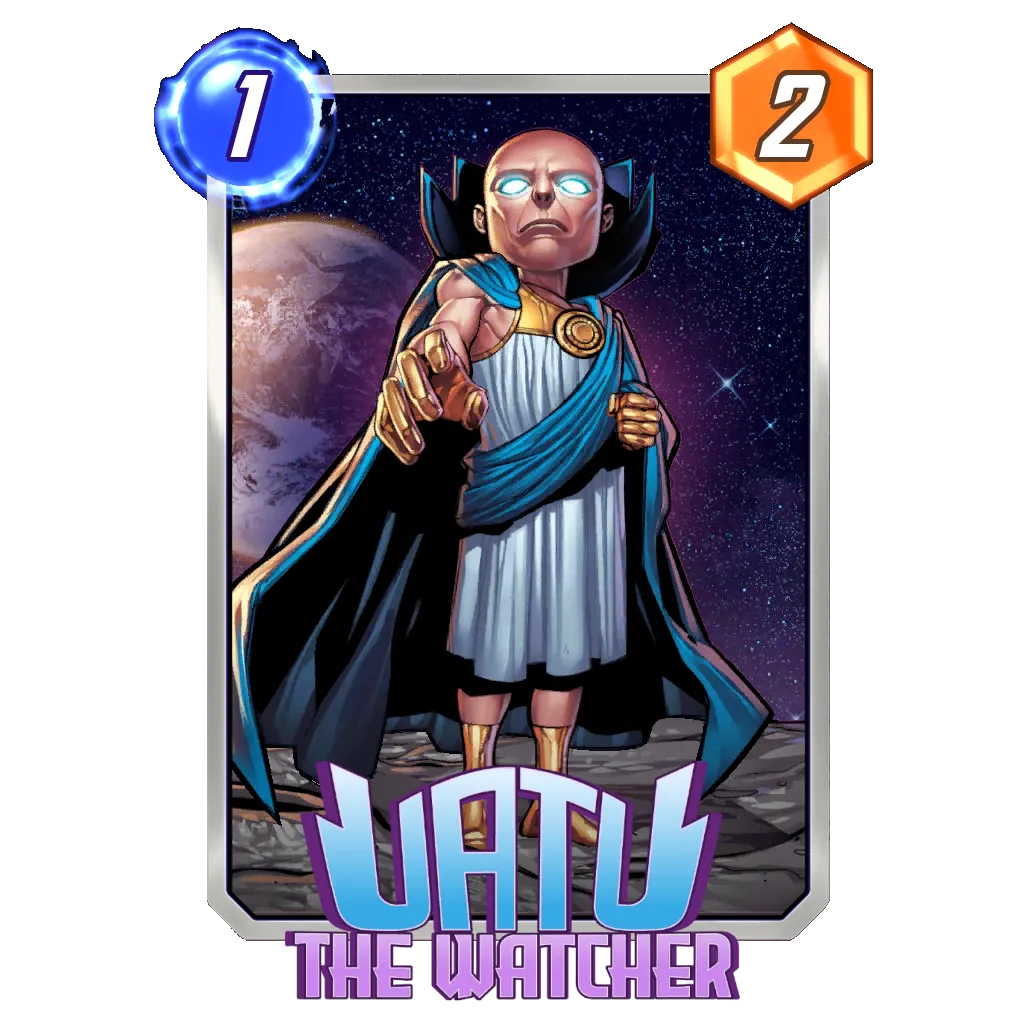






For example, all the cards with no ability (“Vanilla”) only becomes a consideration once you have unlocked Patriot in Series 3. Quicksilver only sees play alongside Agatha Harkness, also a card to collect in Series 3.
Basically, these cards are not seeing play unless a specific synergy pushes them to be relevant, simply because they aren’t good enough on their own.
Closing Words
Pool One cards exists to create the framework of a lot of different decks going forward in your Marvel Snap journey, filled to the brim with some all-stars you’ll be playing forever. Series 1 also features some stinkers that serve a purpose early, before being passed over later, and some cards that will wait in your collection until you unlock the one that gives them a reason to be played.
Thankfully, most people push through Pool One very quickly, which means if you unlock something you don’t care for, it won’t be long until you’re unlocking something else. Likewise, if your favourite card doesn’t feel so good right now, it might not be long until you can use the card in a deck where it will make sense.
Looking to talk about these cards, or ask more? Hit us up in the Marvel Snap Zone Discord and join the fun.
I hope to see you out there in the multiverse.
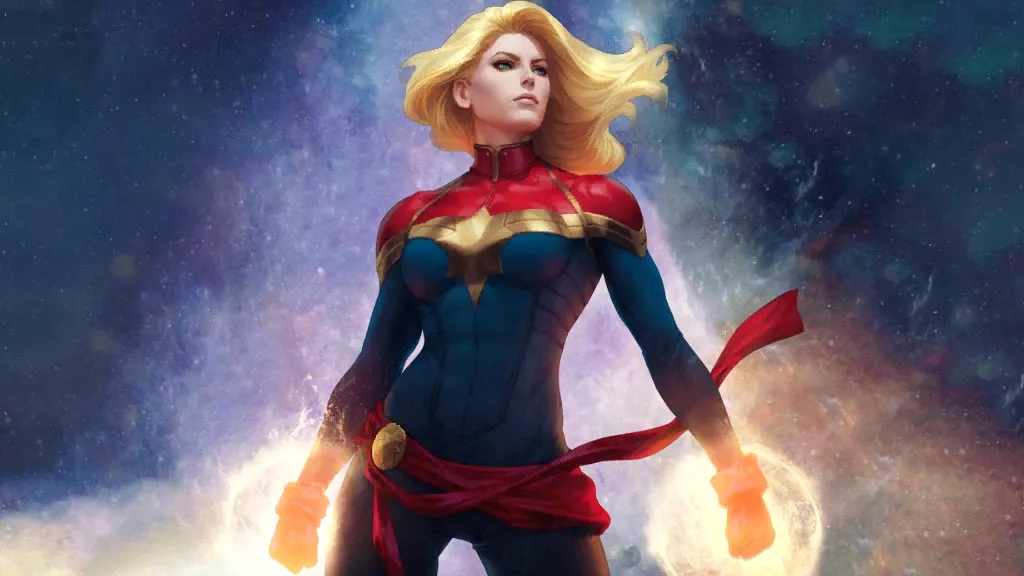
⭐ Premium
Enjoy our content? You can Support Marvel Snap Zone and your favorite content creators by subscribing to our Premium community! Get the most of your Marvel Snap experience with the following perks for paid membership:
- No ads: Browse the entire website ad-free, both display and video.
- Exclusive Content: Get instant access to all our Premium articles!
- Meta Reports: Exclusive daily meta reports, such as the Ultimate Card Metrics Report, Top 10 Decks of the Day, Top 30 Cards, and Top Card Pairs tailored for you!
- Team Coaching: Join our free weekly team coaching call sessions on the Discord server. Claim your Premium role and gain access to exclusive channels where you can learn and discuss in real time!
- Premium Dashboard: Get full instant access to the member-only dashboard, the all-in-one page for all your benefits.
- Support: All your contributions get directly reinvested into the website to increase your viewing experience! You get also get a Premium badge and border on your profile.
- Special offer: For a limited time, use coupon code SBYREX4RL1 to get 50% off the Annual plan!
























